Are you struggling to understand your water test report? It may seem complicated, but each value connects to a real-life problem you notice every day - be it skin issues, bad taste, or limescale on your fixtures.
Here’s a simple guide to decode the key terms in your water test report and what to do if any value falls outside the safe range.
Let’s start with the most common term:
1. TDS (Total Dissolved Solids)
A common myth is that high TDS means dirty water. That’s not true. TDS measures everything dissolved in your water - salts, minerals and beneficial elements like calcium and magnesium. When TDS stays within the 150–500 ppm range, water tastes fresh and is safe to use in appliances. But once TDS crosses 500, the water tastes metallic and causes digestive discomfort.
2. pH
The ideal pH range for water is between 6.5 and 8.5. If the pH drops below 6.5, water becomes acidic. Acidic water corrodes pipes and leaches metals like iron or copper into the supply. On the other hand, if the pH rises above 8.5, water turns alkaline. Alkaline water not only tastes bitter but also reduces the germ-fighting ability of chlorine. Once you’ve checked the pH, the next common issue is hardness.
3. Hardness
Water rich in minerals like calcium and magnesium is hard water. While these minerals are healthy in small amounts, excess levels cause numerous problems like dry skin, hair fall, and white stains on your bathroom fixtures.
Simple Solutions for Hard Water at Home
For your bathroom, you can use shower filters for hard water. At RiverSoft, we have:
-
SF-15 Pro: Perfect for areas with moderate water hardness, our filters come with a 15-stage filtration system that reduces hard water minerals and chlorine.
-
Bliss-15: Designed for higher water hardness areas, the Bliss-15 Shower & Tap Filter ensures superior water purity.
-
DIVA Shower Filters: Luxurious shower heads with various modes to balance relaxation and save water up to 70% .
For your washing machine, you can use a washing machine filter. It protects your appliance from hard water limescale that damages heating coils and reduces machine lifespan.
4. Bacterial Contamination (E.coli & Coliform)
The presence of E. coli and coliform bacteria is a serious water problem. It indicates the water is unsafe - and even a small sign shouldn't be ignored. And yes, you can boil the water to treat bacterial contamination. But boiling is not a permanent solution because it doesn't stop bacteria from recontaminating storage tanks.
5. Nitrates/Nitrites
Nitrates and nitrites enter water when fertilisers mix with rainwater. This is a common issue in agricultural states like Punjab and Haryana. Unlike chlorine or hard water, nitrates have no taste, no odour, no stains - nothing. The only way to detect them is by doing a water quality test.
6. Fluoride
Fluoride in small amounts is actually good for dental health. But the problem starts when fluoride levels rise above 1.5 ppm, which causes visible brown stains or streaks on teeth. This issue is common in parts of Rajasthan, Gujarat, and Andhra Pradesh, where groundwater naturally has high fluoride levels.
7. Iron & Manganese
Iron and manganese are natural minerals that dissolve from soil and rocks - and they’re usually found together in groundwater. The safe limit for iron is 0.3 ppm and 0.05 ppm for manganese. In these limits, they don’t cause any problems, but beyond these numbers, they can lead to frustrating water issues. For example, iron above 0.3 ppm leaves red and brown stains on fixtures, and manganese above 0.05 ppm causes black stains and gives water a metallic taste.
8. Turbidity
Water may look clear to the eye, but it can contain microscopic particles - and this is what turbidity measures. The cloudiness or haziness of water. A turbidity level between 0 and 1 NTU means safe water. On the other hand, levels above 4 NTU mean the water is turbid enough to shield bacteria and increase the risk of contamination.
9. Chlorine
Chlorine is like a double-edged sword. At 0.5–1.0 ppm, it’s safe for drinking and protects you from harmful germs. But the problem is: chlorine is harsh on your hair and skin. No matter what grooming products you use, chlorine will strip away natural oils and make your hair feel dry and your skin feel itchy after bathing.
10. Sodium
Sodium is naturally present in water, and in small amounts, it causes no problems. But when sodium levels go above 200 ppm, the water starts tasting salty and might raise health concerns for people on low-sodium diets.
Water Test Report Priorities: Which Issues to Fix First
Yes, there are many numbers - but not all of them need the same urgency. Some affect your health right away, while others are more about comfort. You can follow this simple priority guide to know what to fix first:
Immediate Action Needed
1. Bacterial contamination (E. coli, Coliform)
What to do: Use an RO purifier with UV/UF technology to kill these microbes
2. High nitrates/nitrites
What to do: Again, an RO purifier to remove these dissolved contaminants from your water.
3. Fluoride above 1.5 ppm
What to do: Once again, use an RO purifier with fluoride removal capability to keep fluoride levels within a safe range.
Medium Priority
4. High hardness
What to do: Install a washing machine filter, tap filter, and shower filter in your home
5. pH outside the 6.5–8.5 range
What to do: For acidic water, use a pH to prevent pipe corrosion. For alkaline water, you can go with a softener to reduce the bitterness of the water.
6. Iron and manganese above limits
What to do: Use a sediment and an iron filter before water enters your kitchen and bathroom
Comfort Improvements
7. Chlorine irritation (skin and hair dryness)
What to do: A shower or tap filter with Vitamin C + carbon to reduce chlorine irritation
8. Moderate TDS (taste, scaling in appliances)
What to do: When TDS goes above 500 ppm, the safest solution is an RO purifier for drinking water.
9. Turbidity (cloudiness, hidden bacteria risk)
What to do: A sediment filter clears the cloudiness, and UV purification adds protection if bacteria or microbes are present.
By following these priorities and solutions, you won’t feel overwhelmed by any number in your water test report.
Conclusion
Your water test report isn’t just numbers; it’s a health checklist for your home. Now you know how to read it, what to fix first, and which simple solutions can protect your family’s health and comfort.




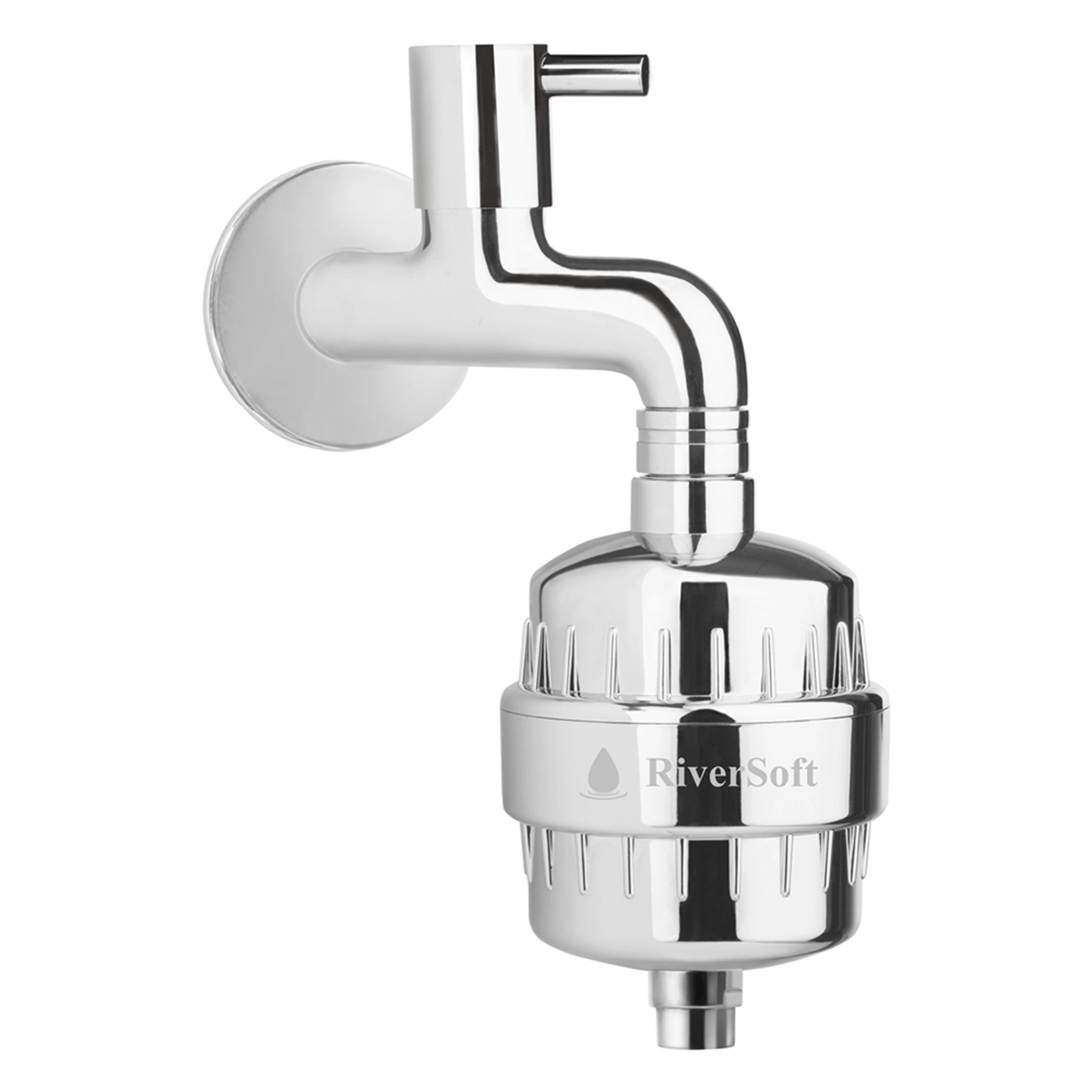
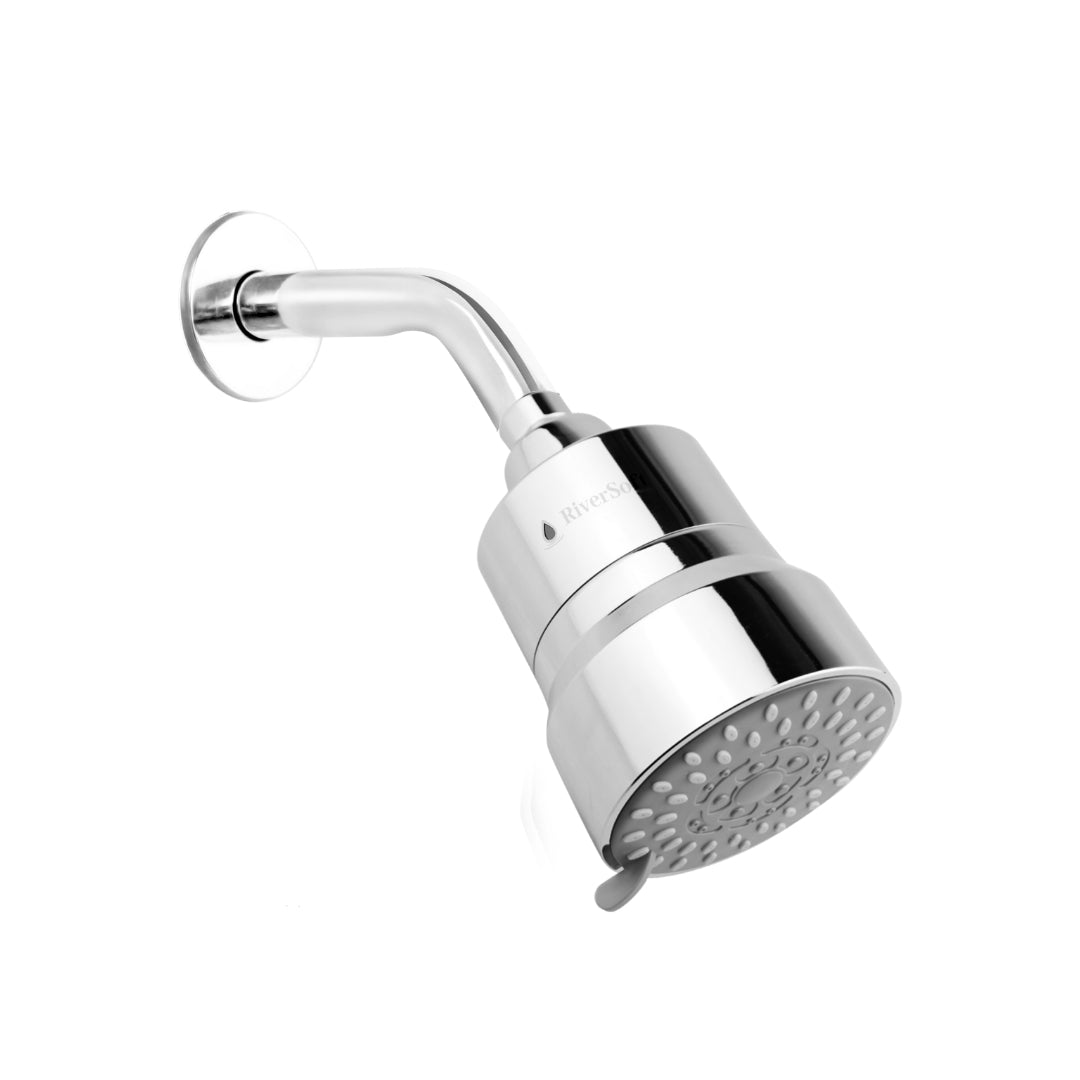
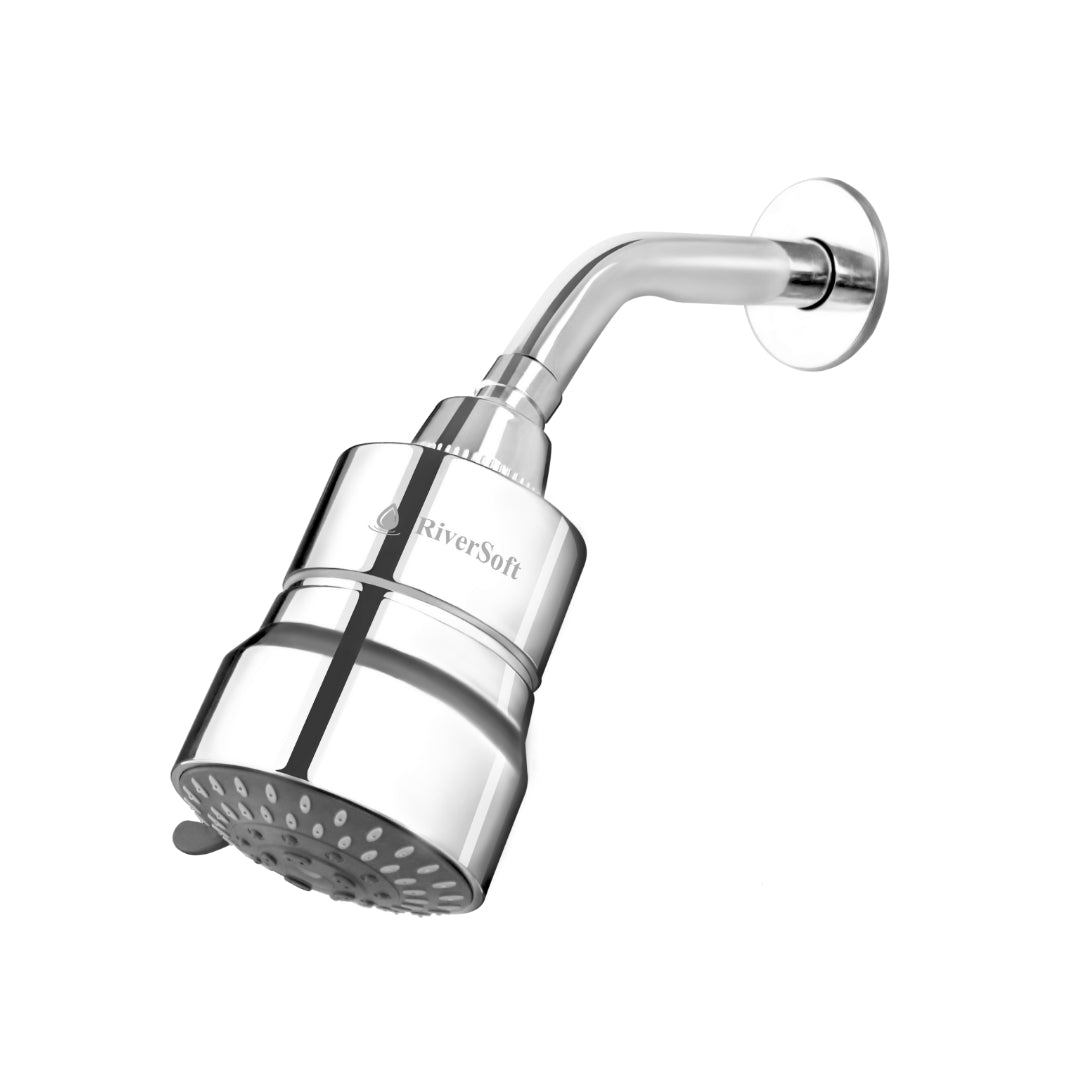
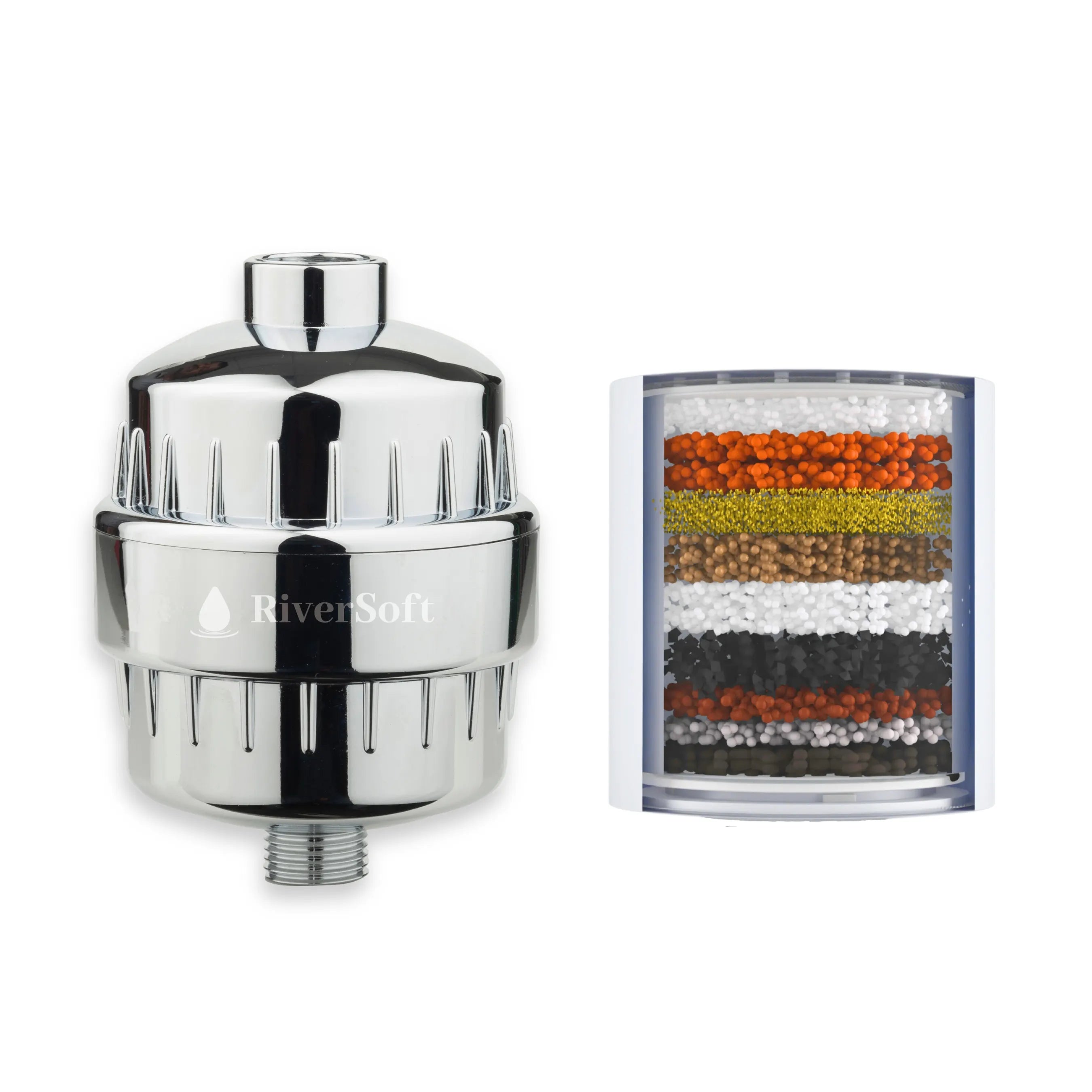
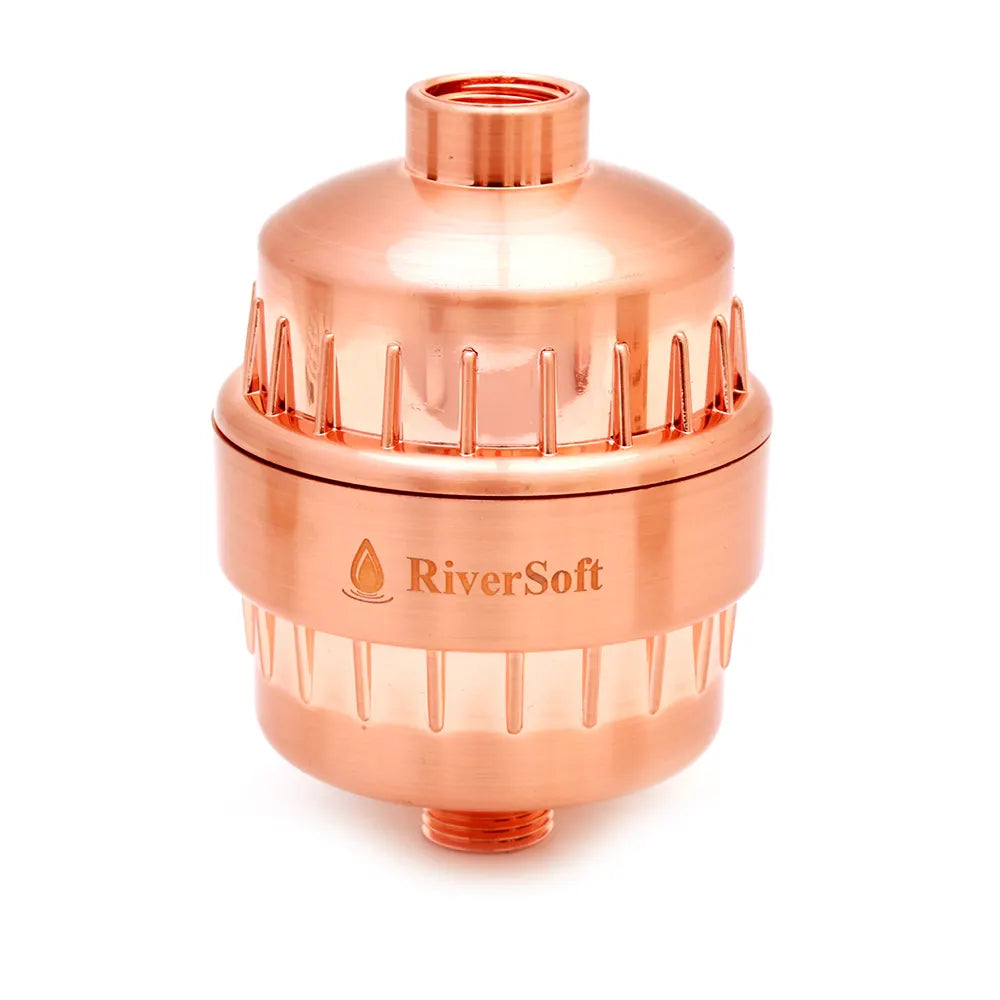
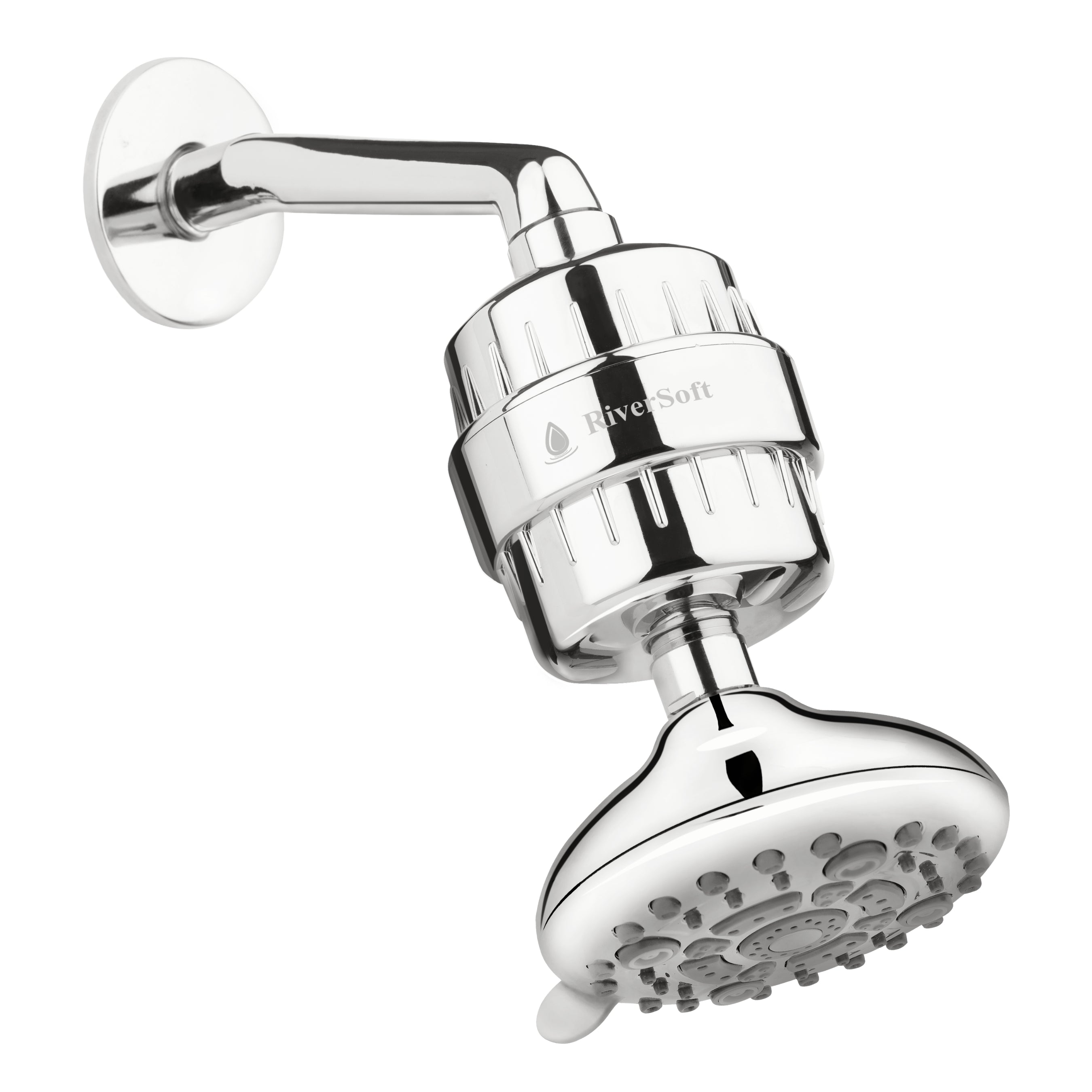
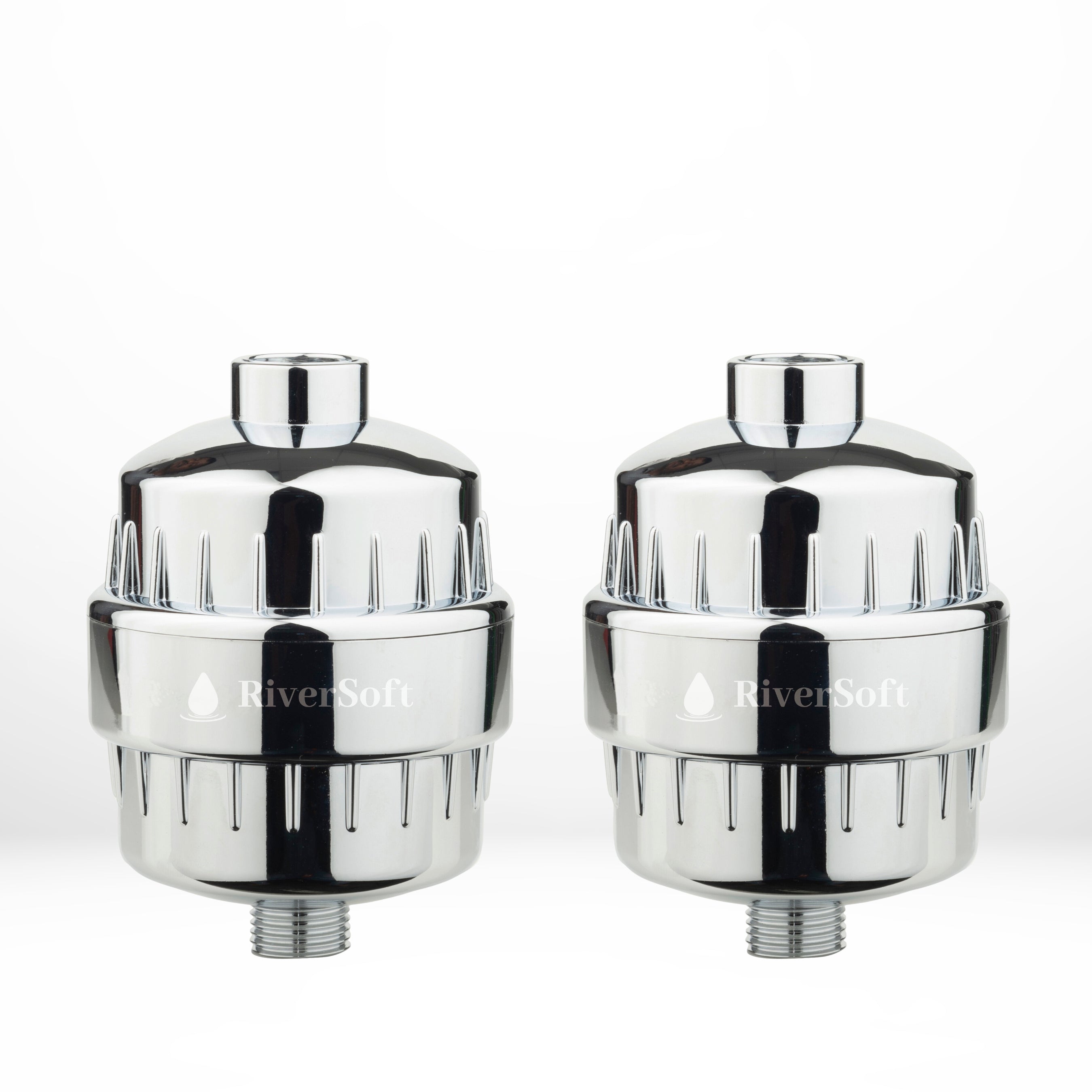
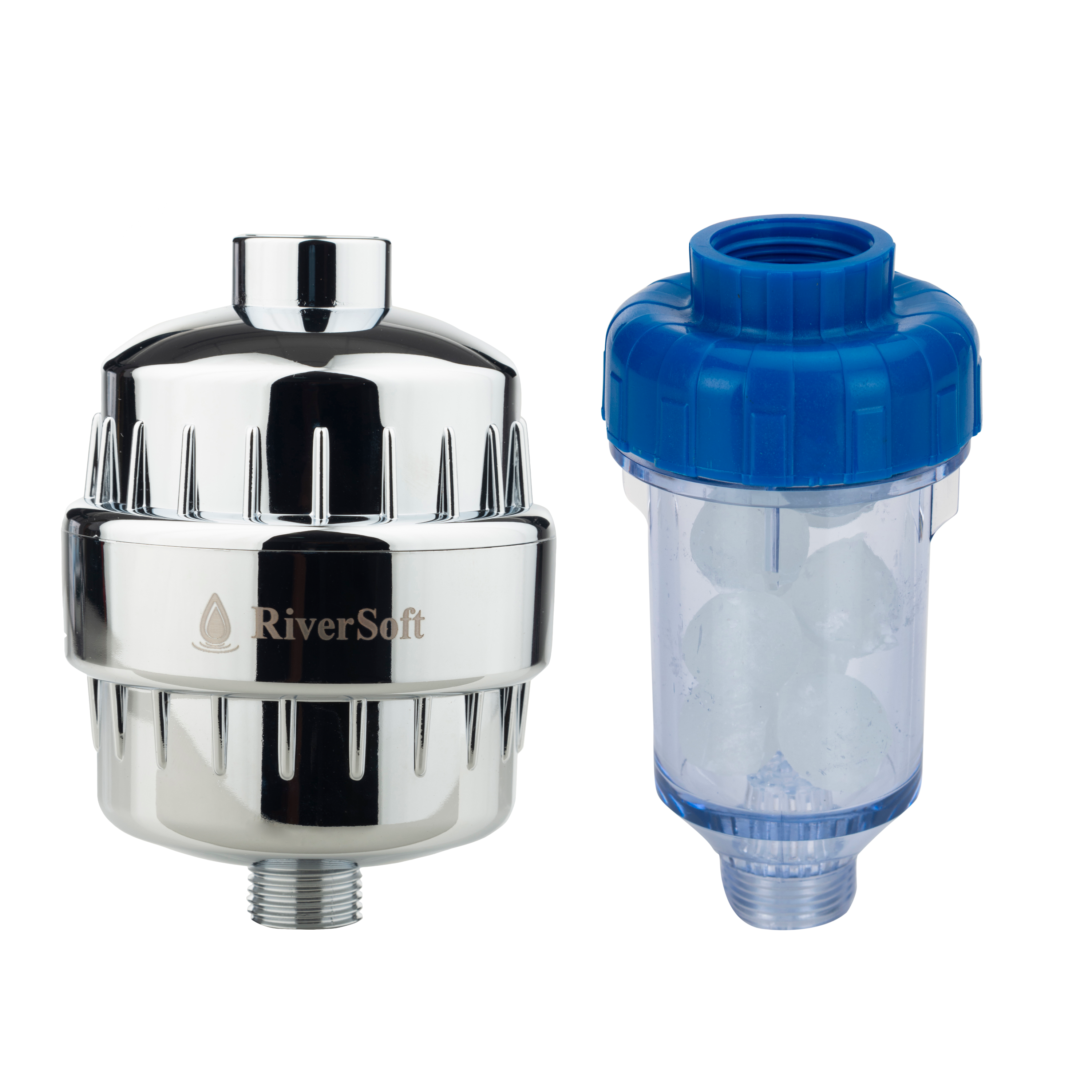
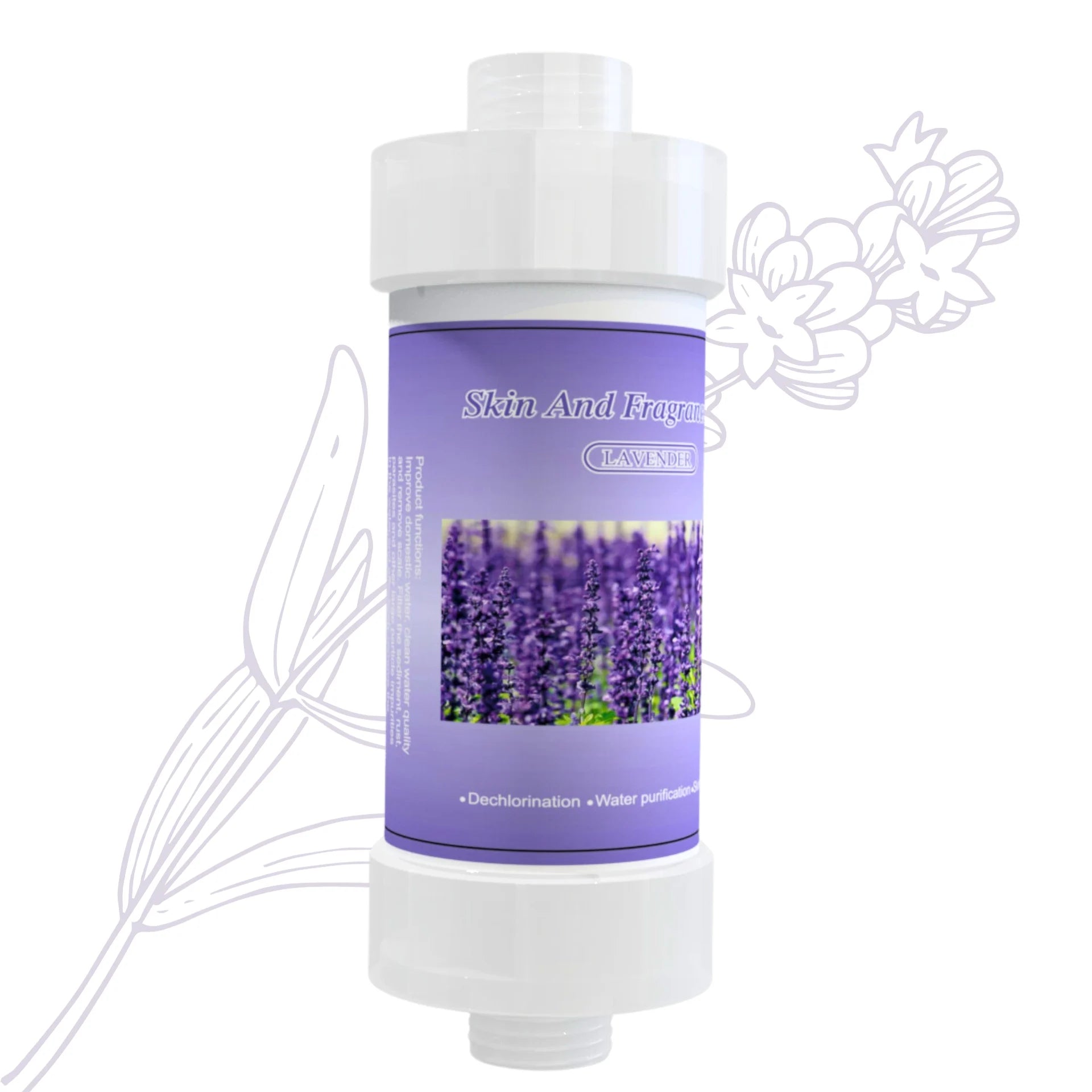
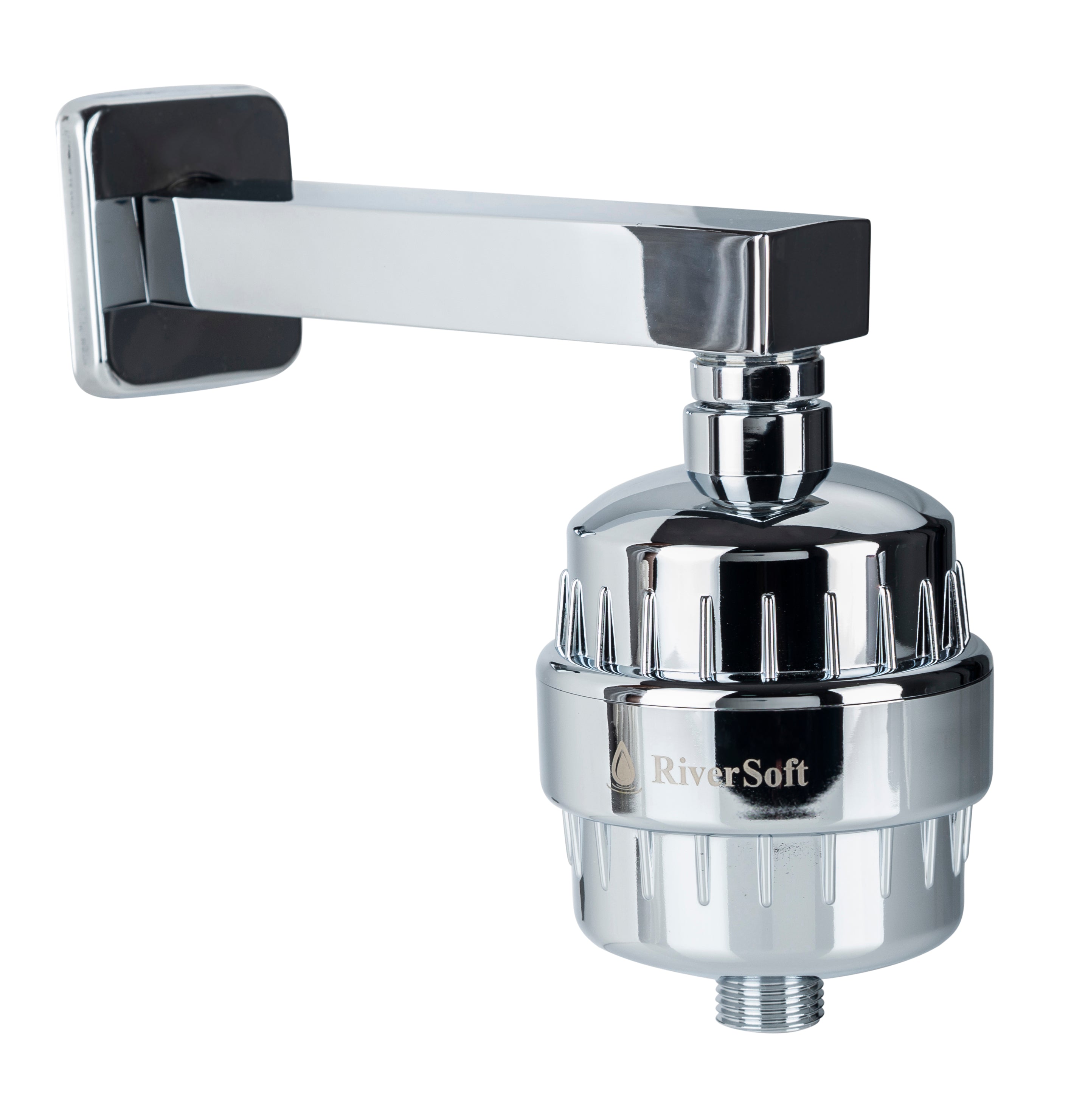
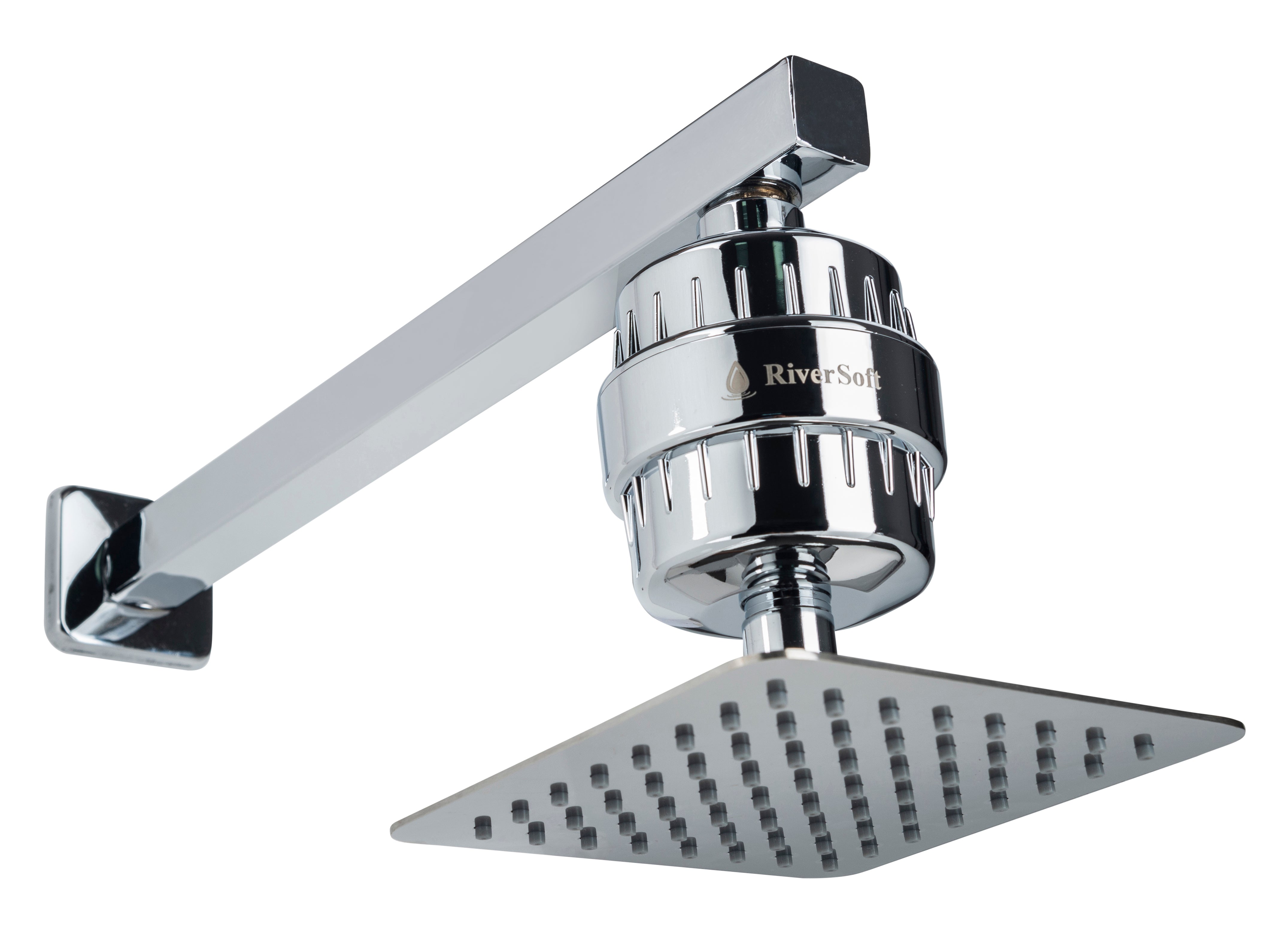
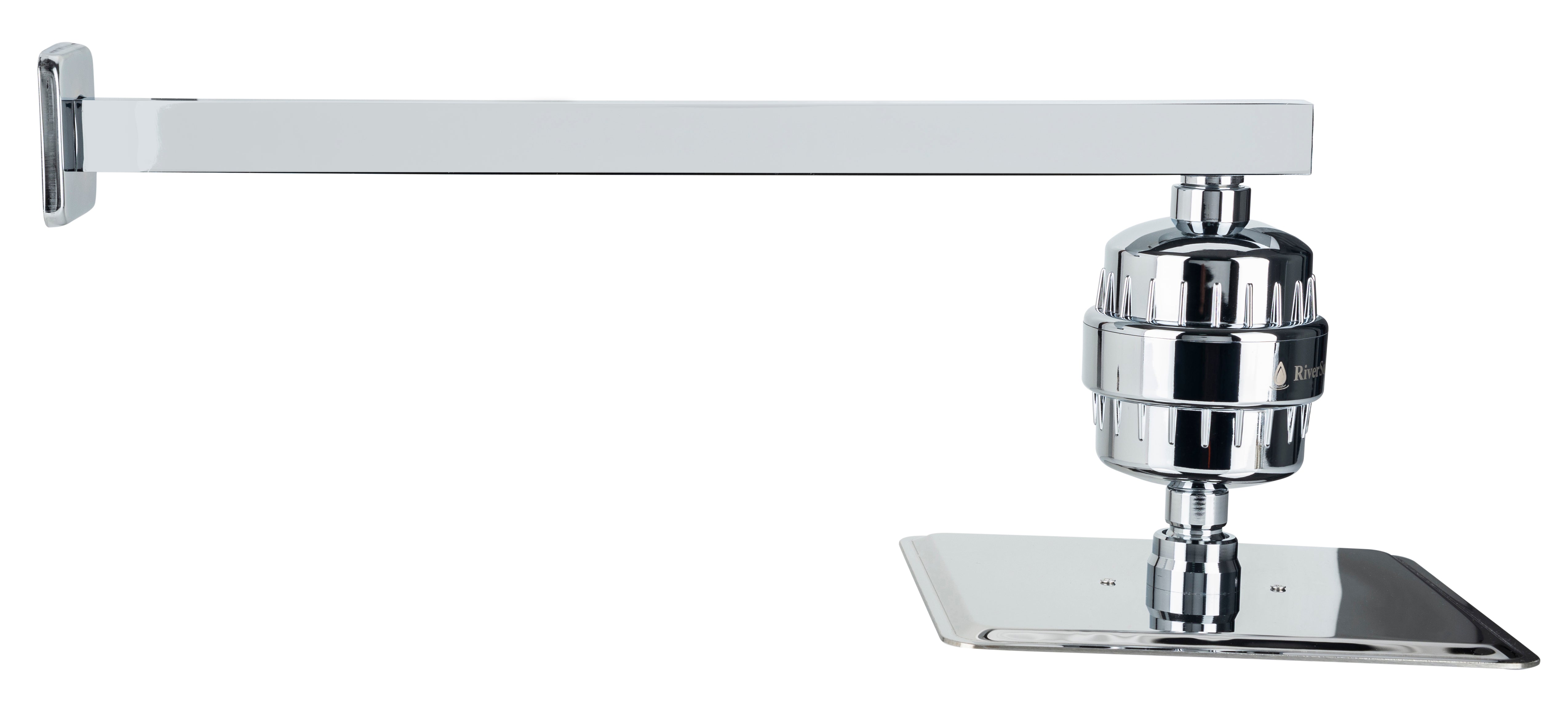
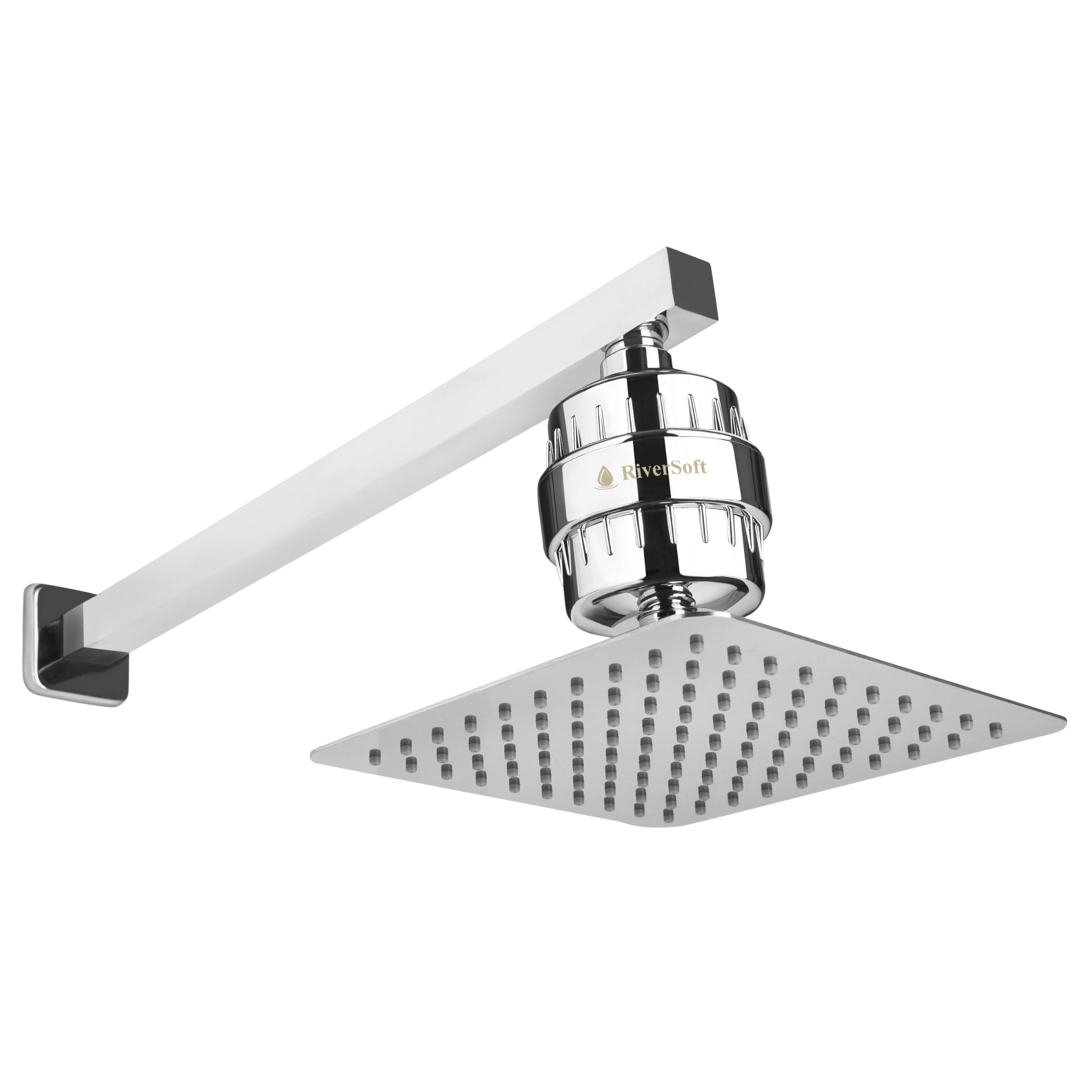
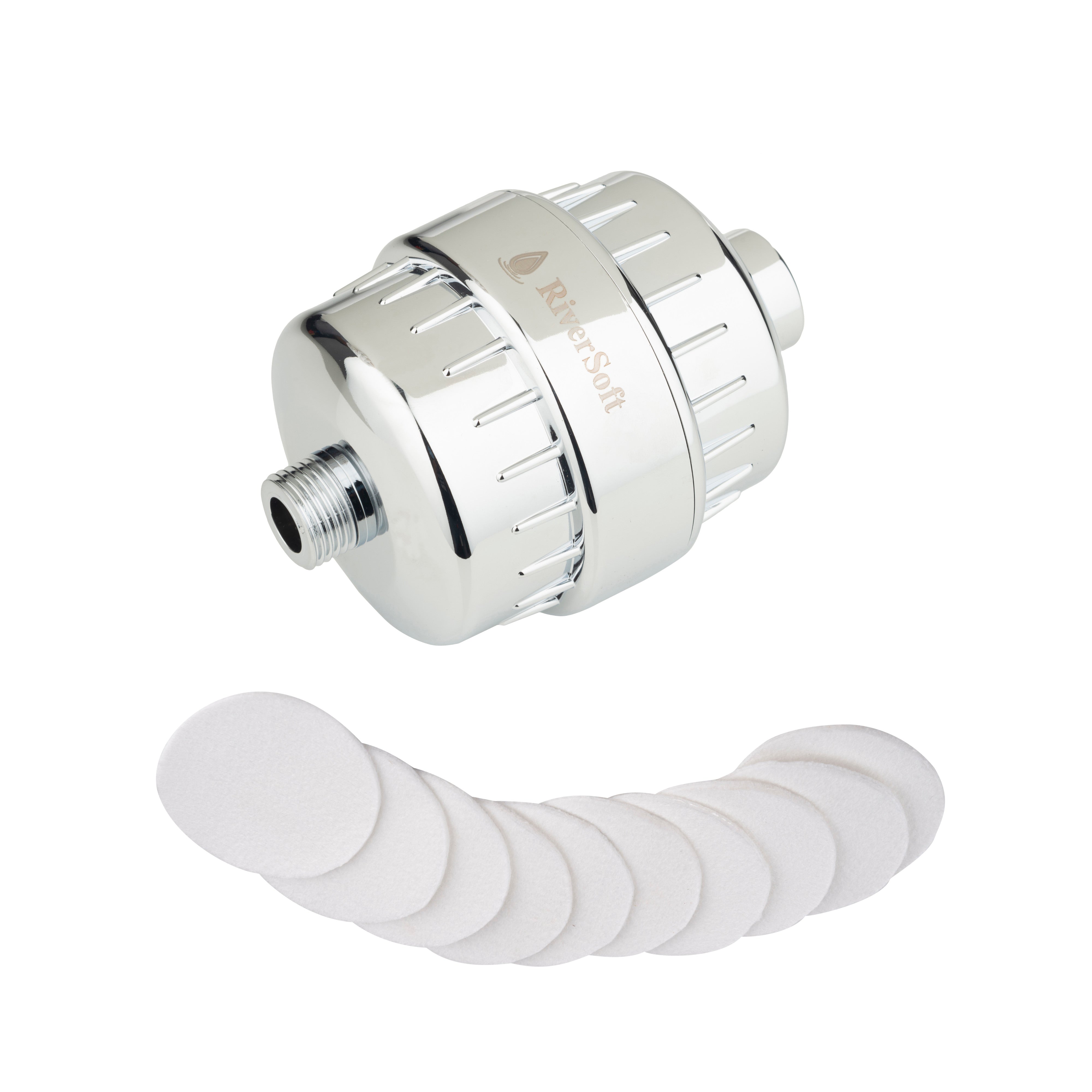
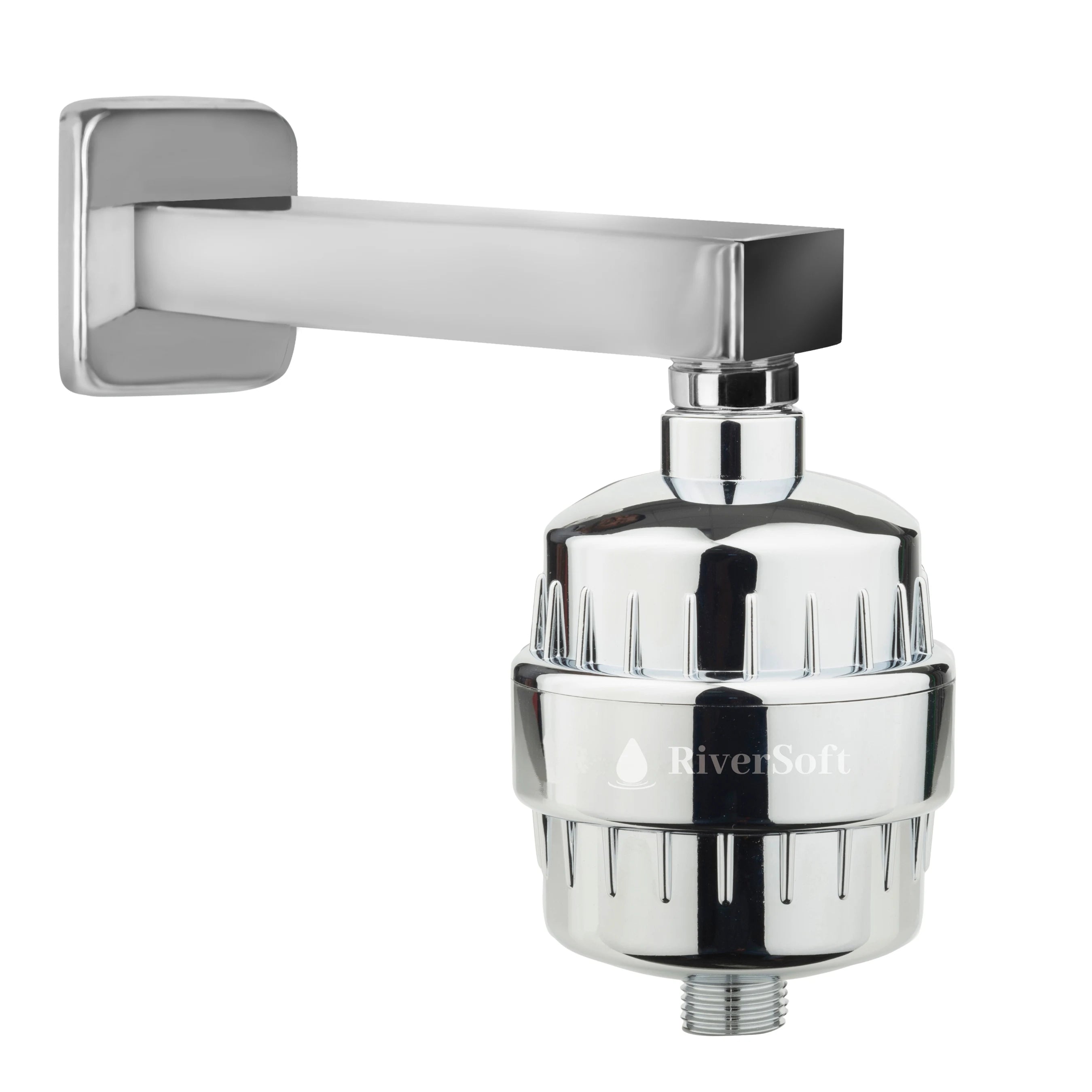
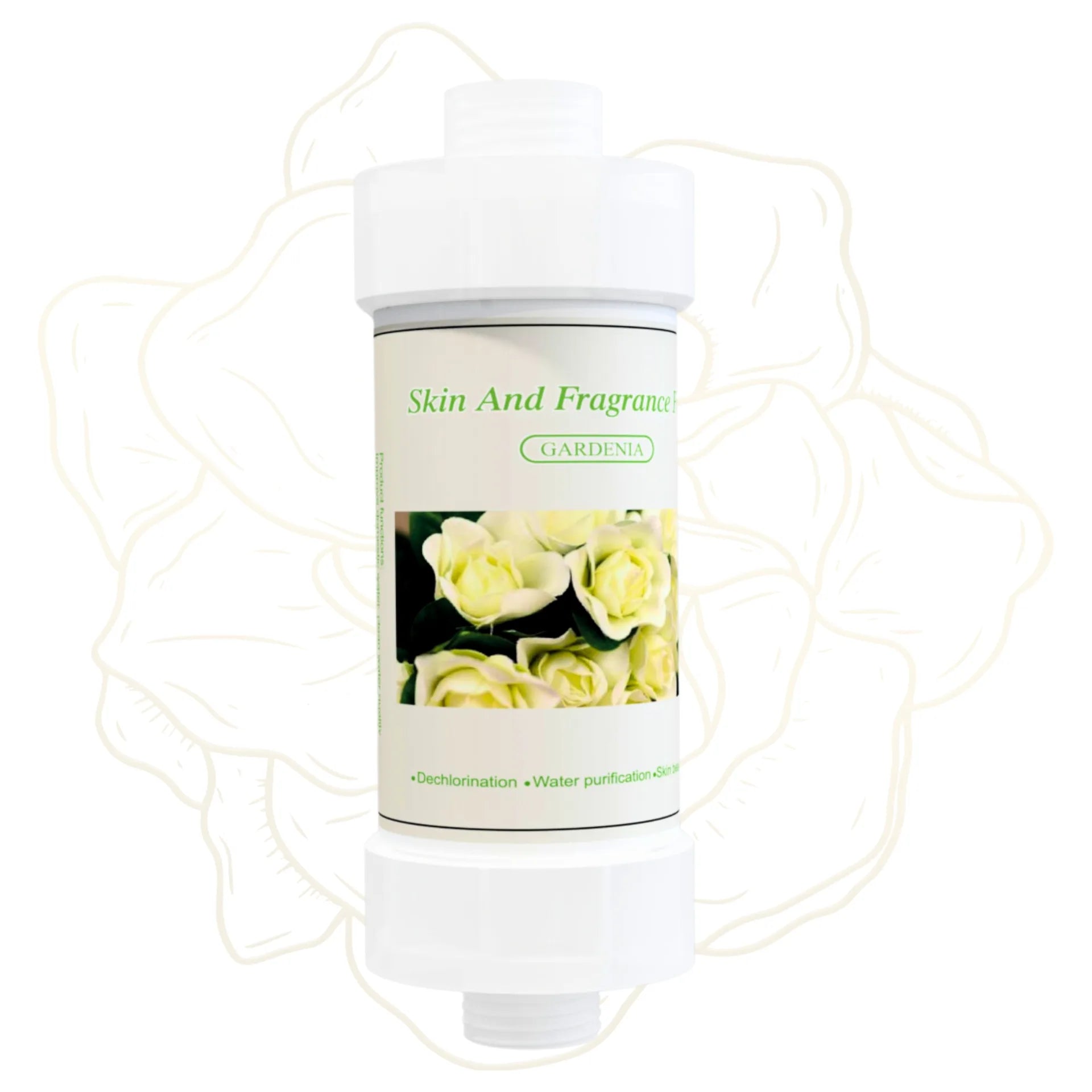
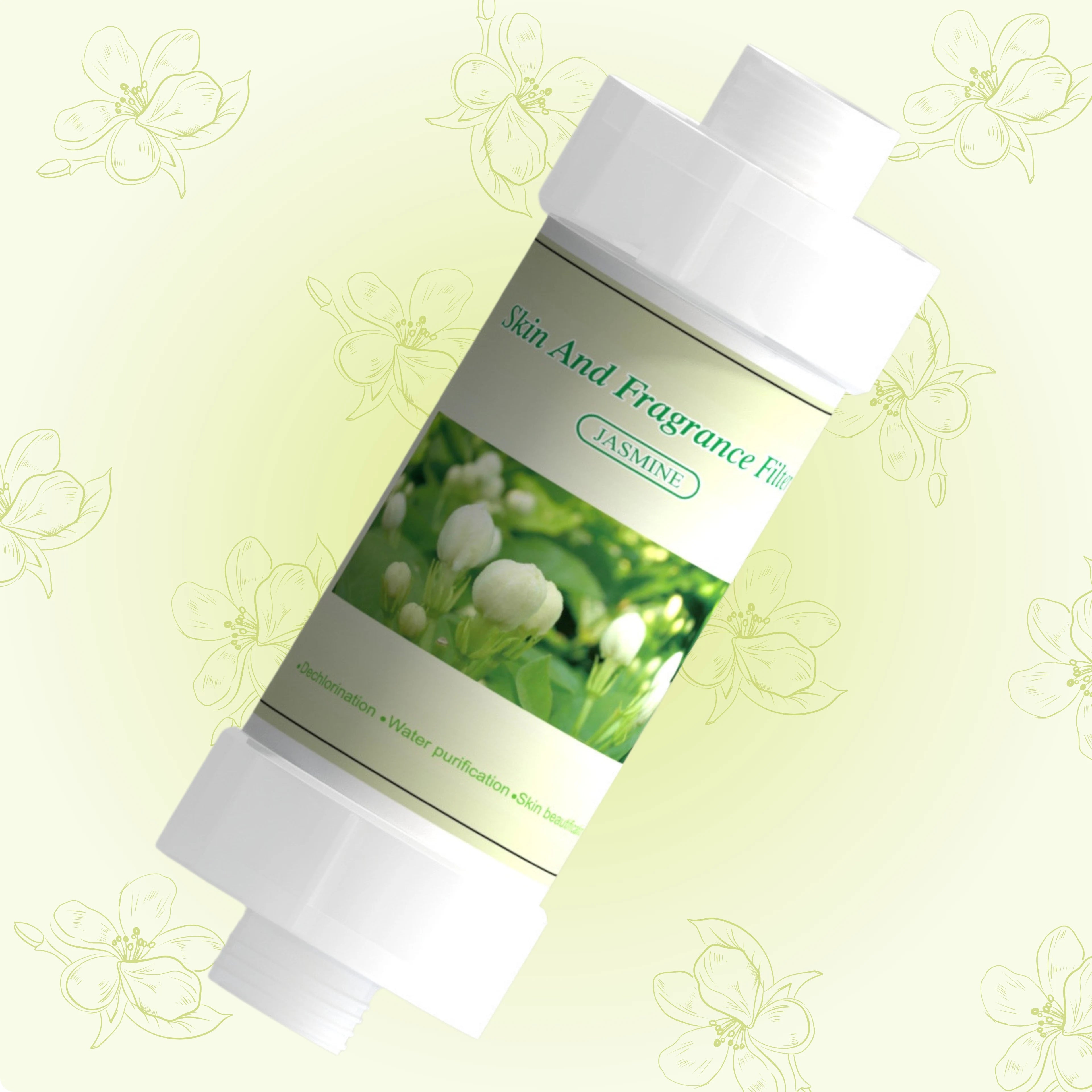
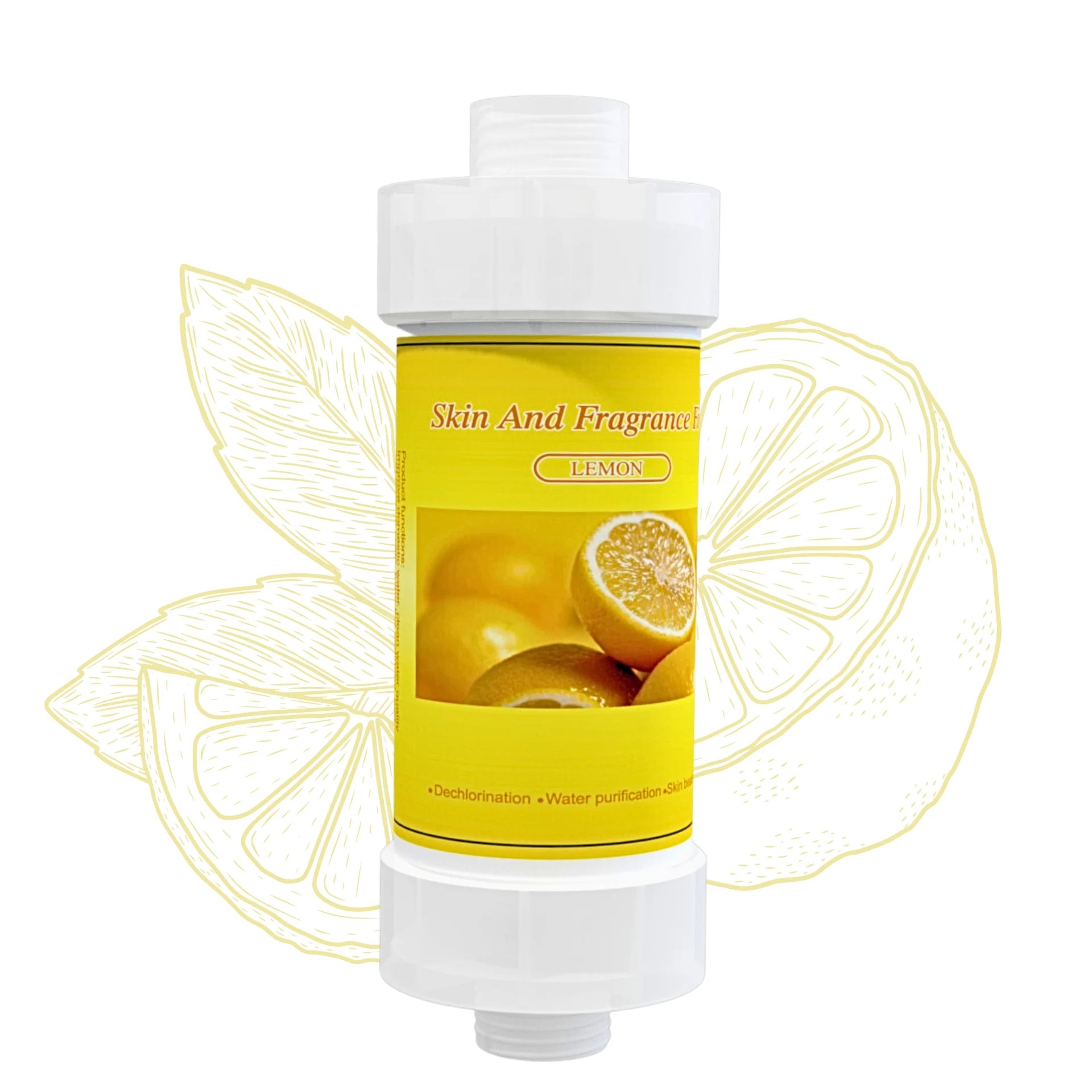
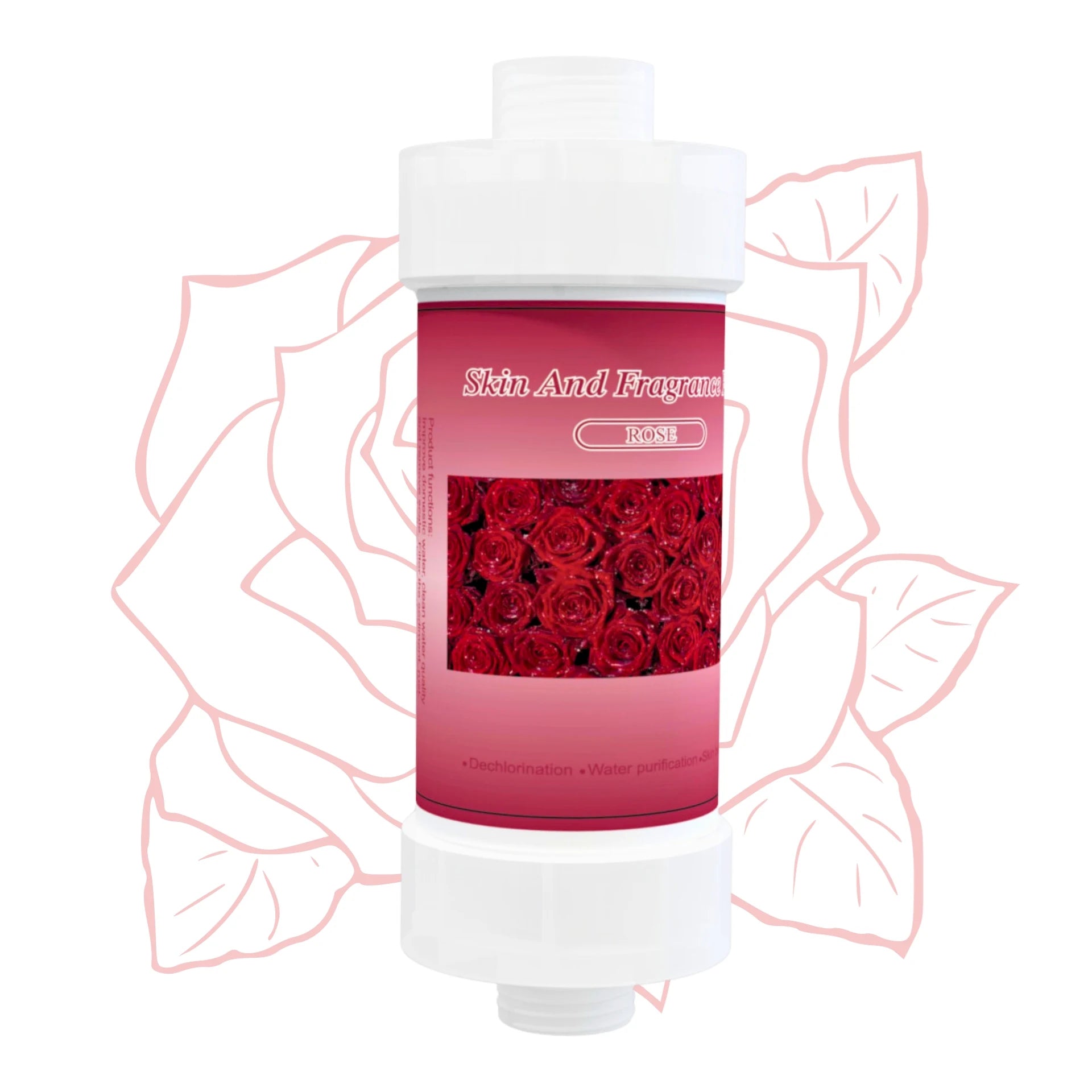
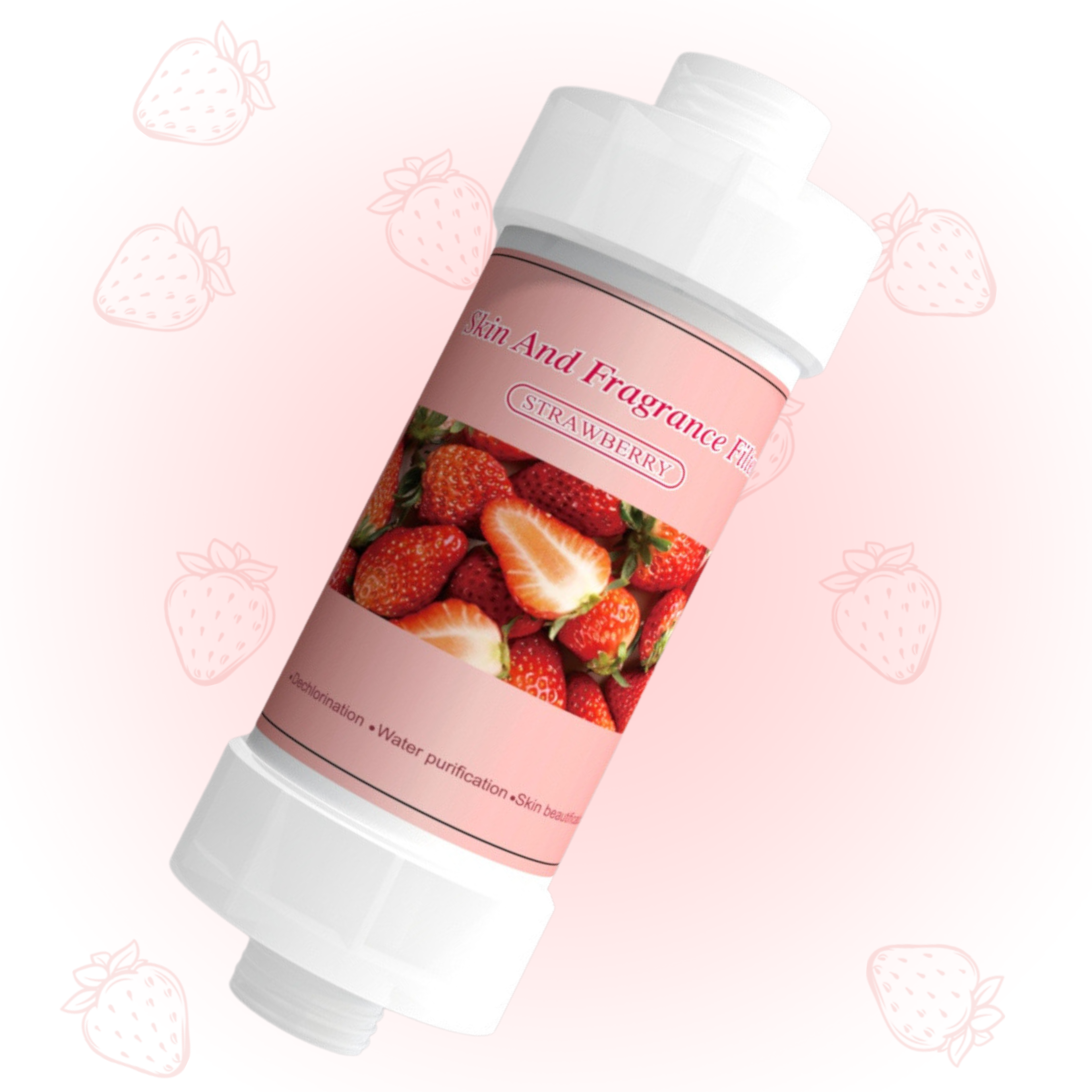
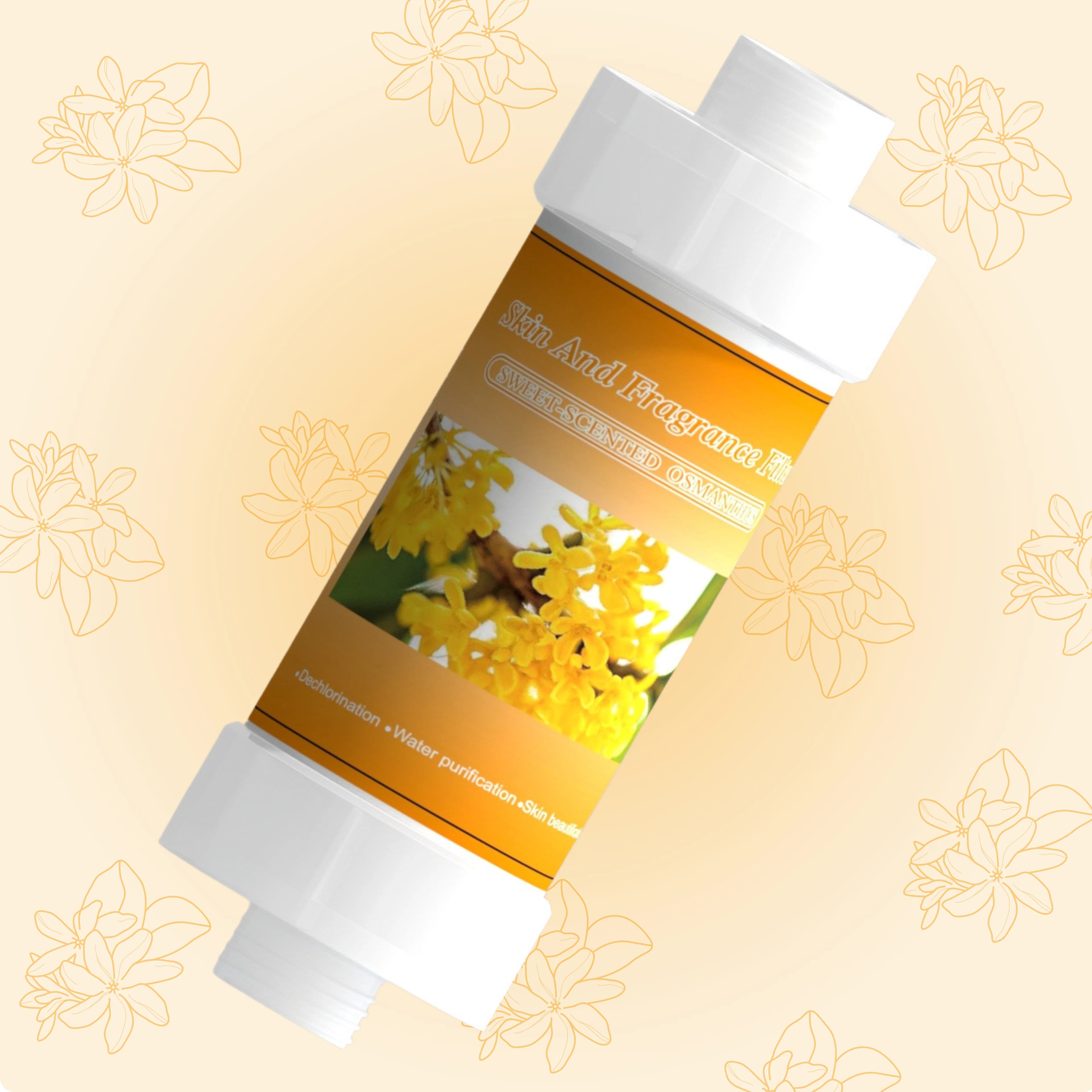
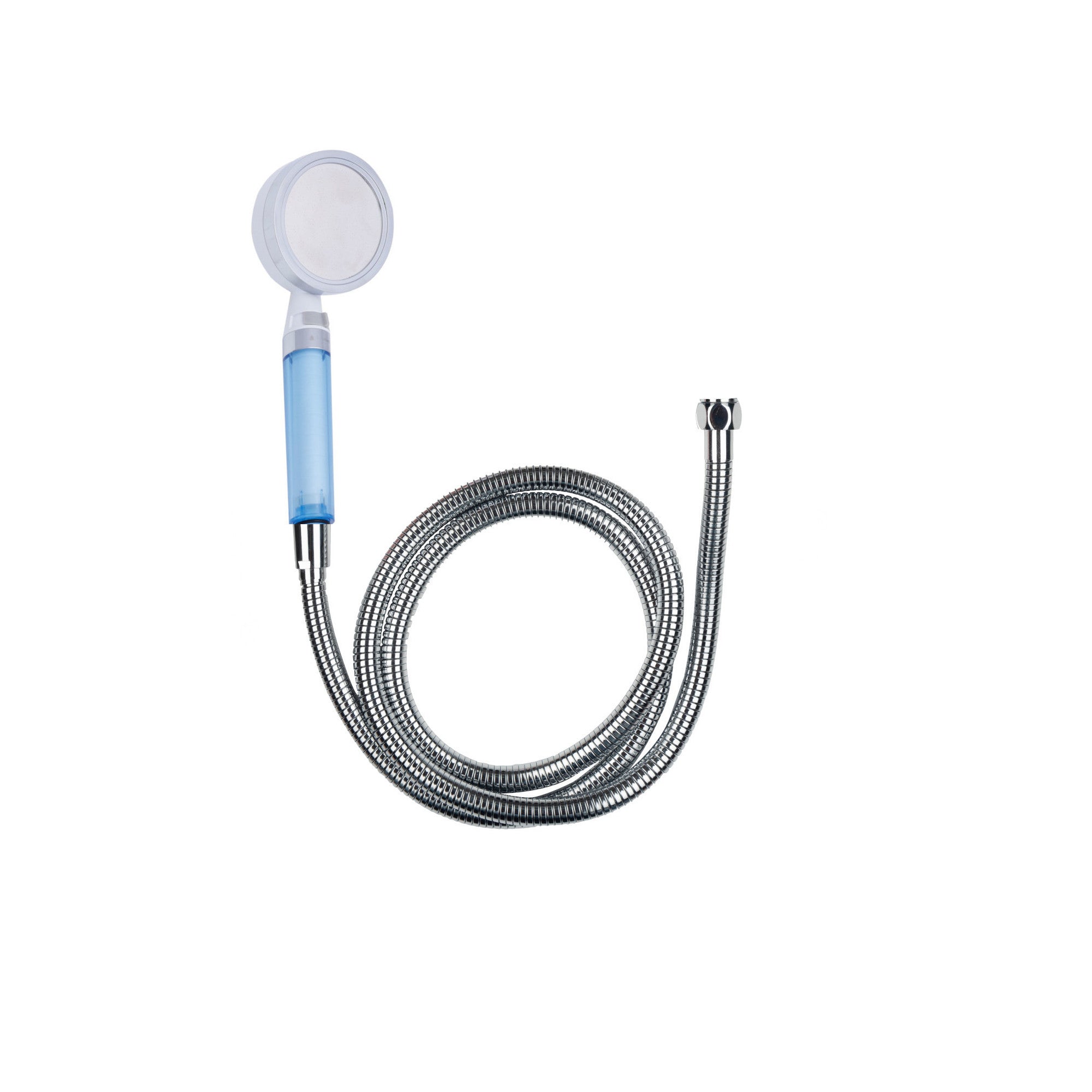
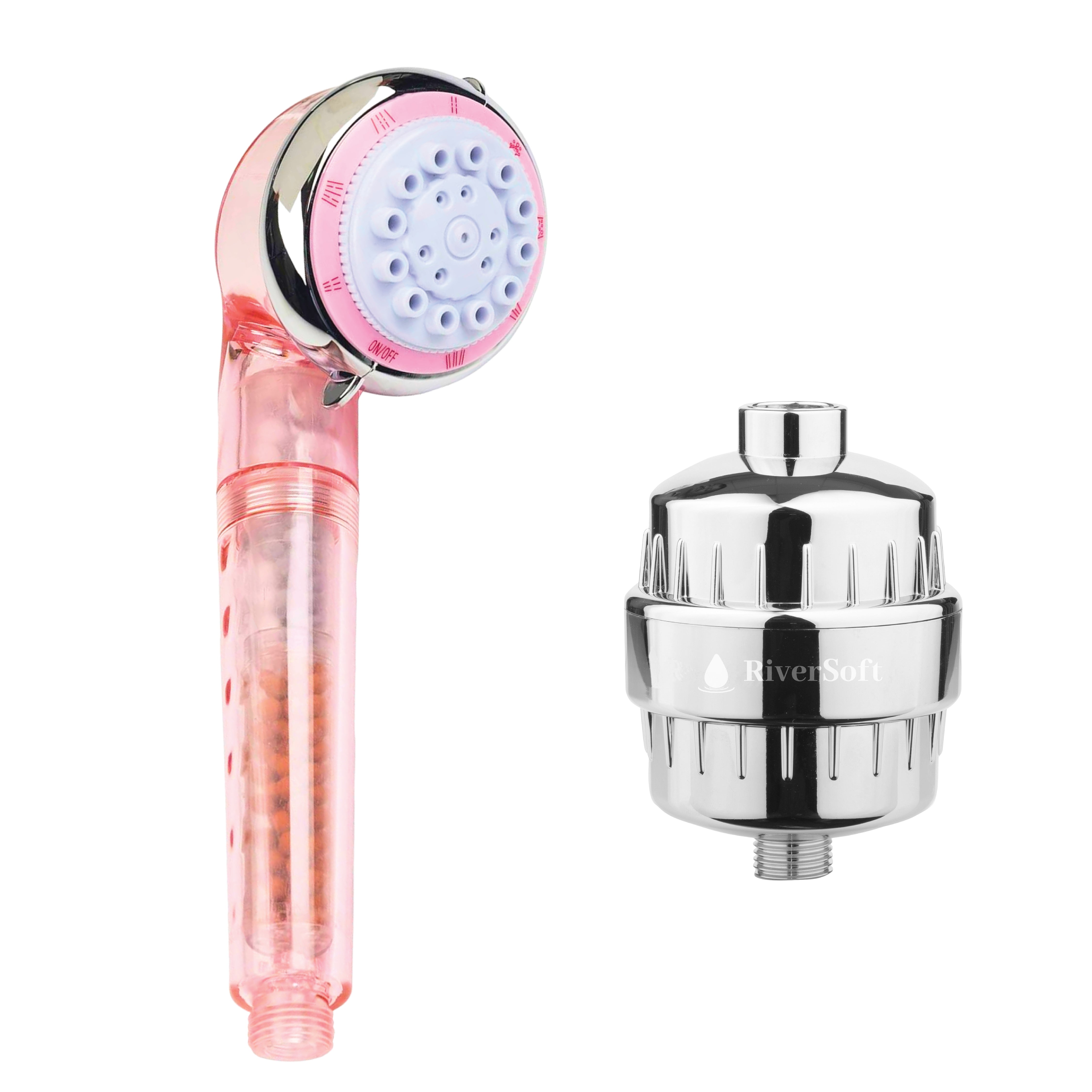
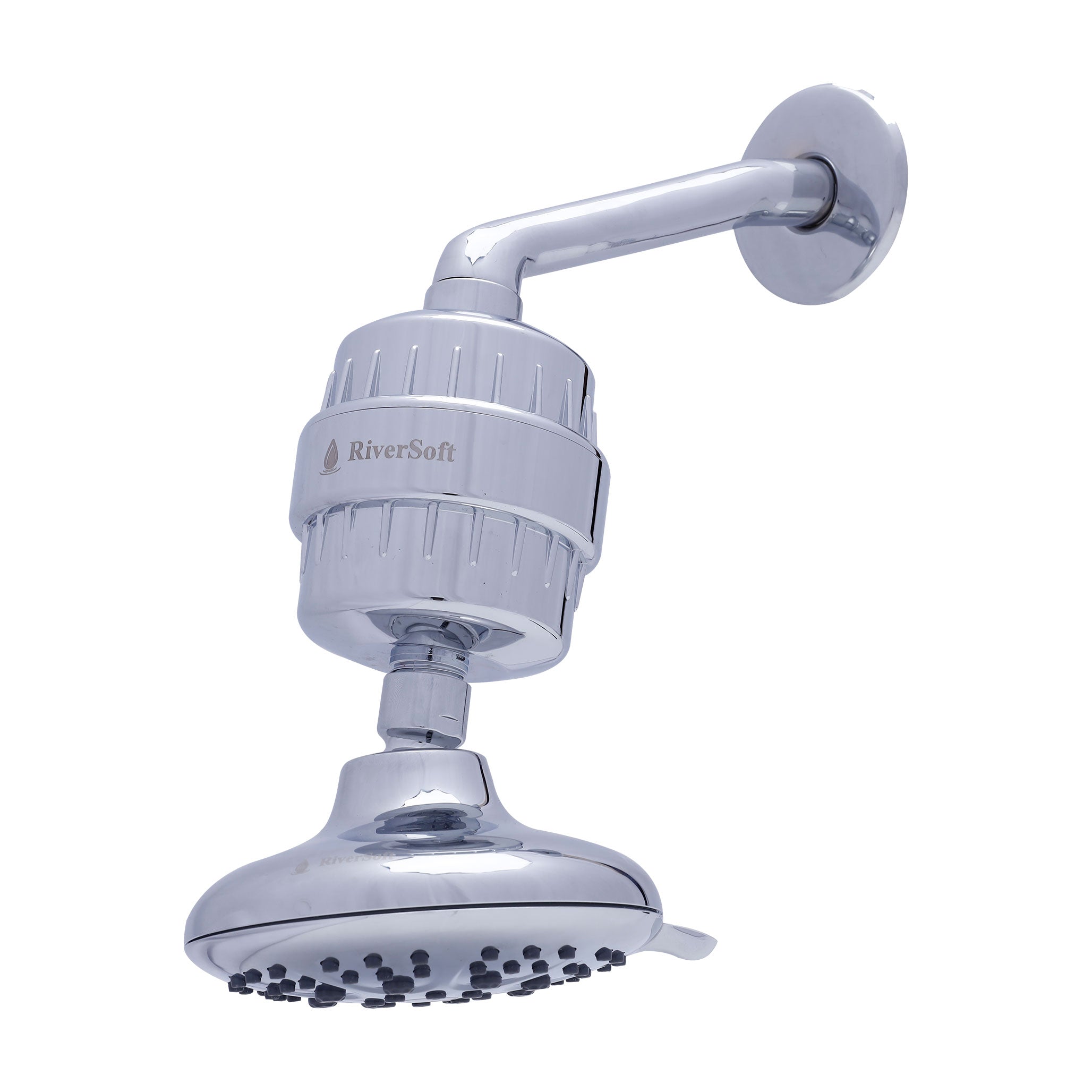
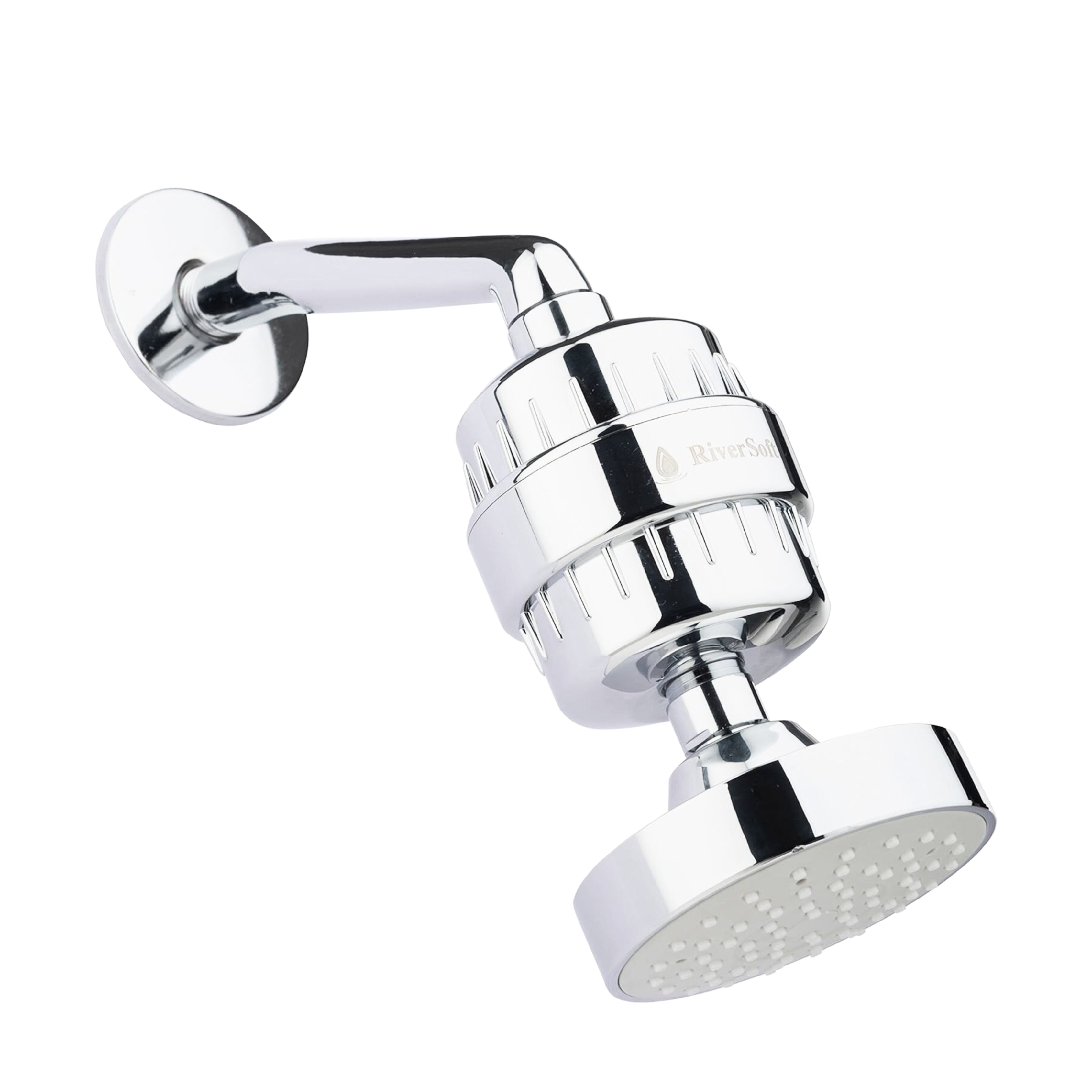
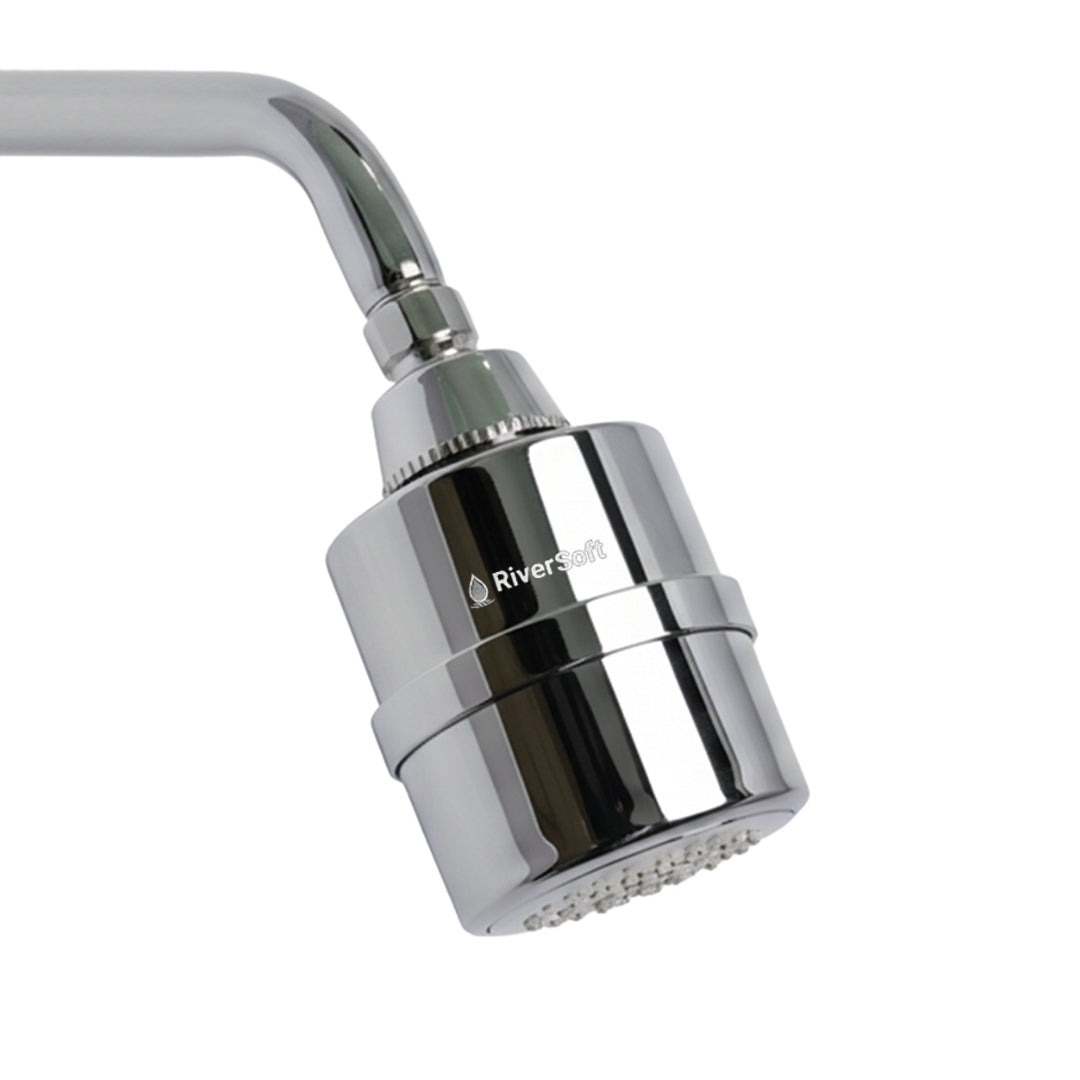
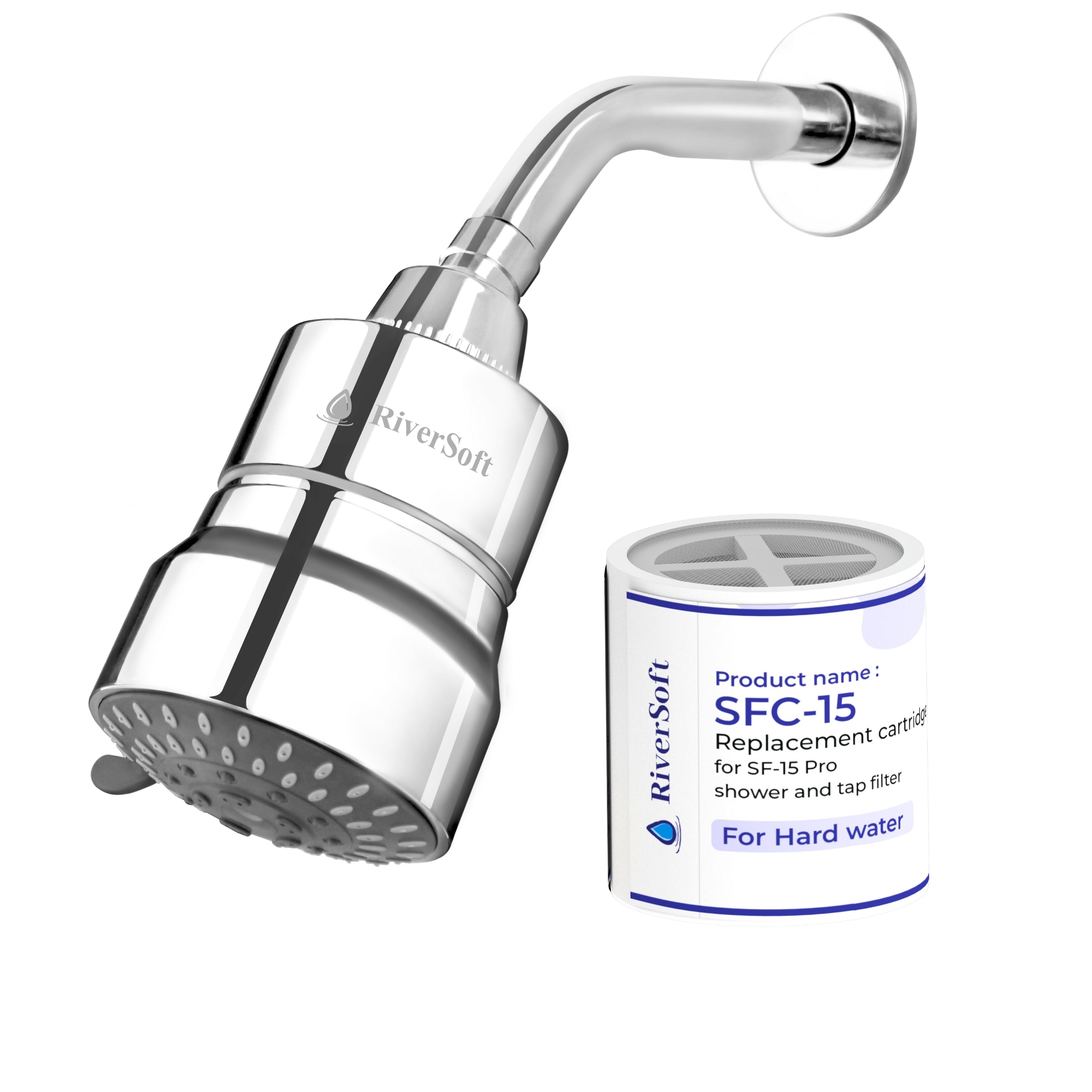
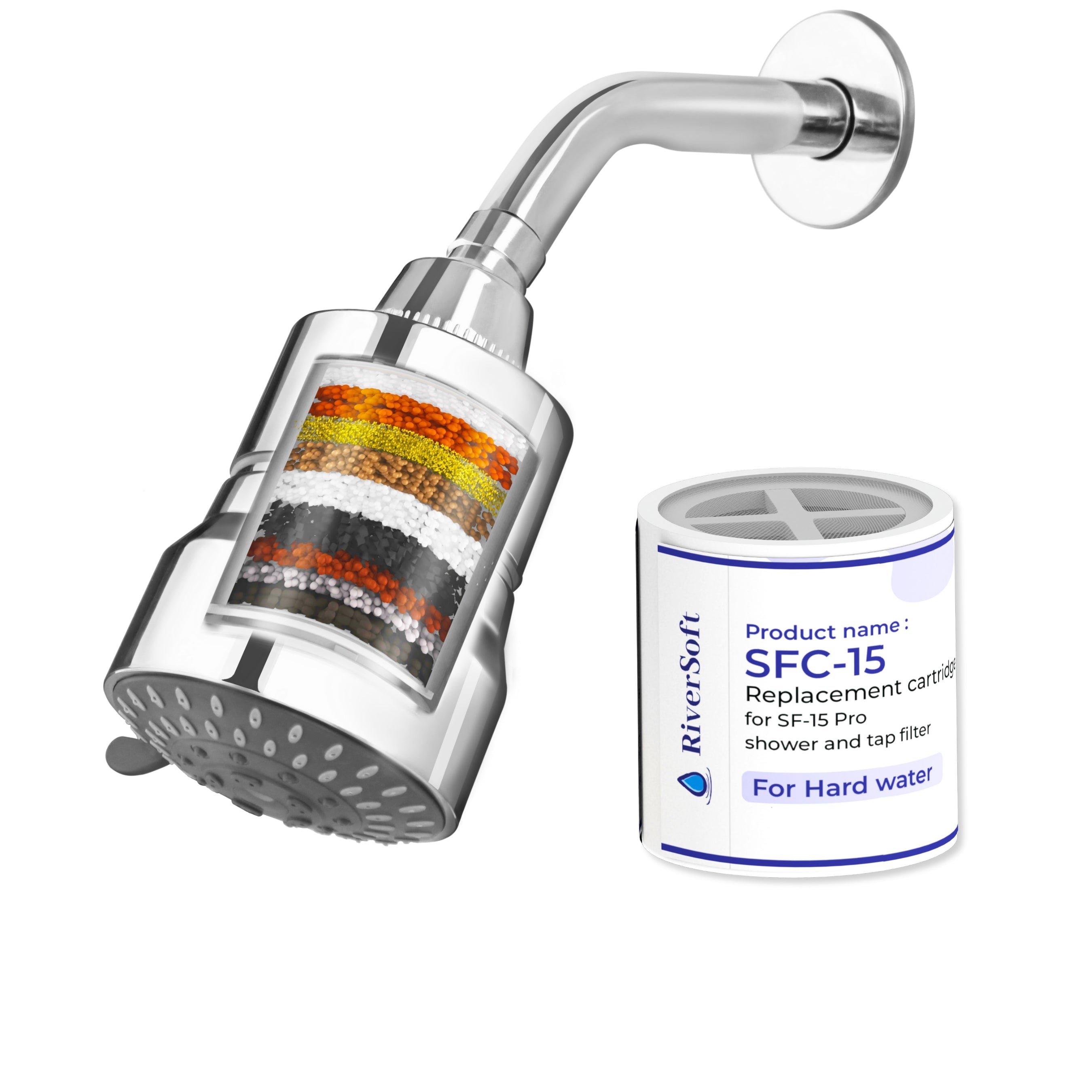
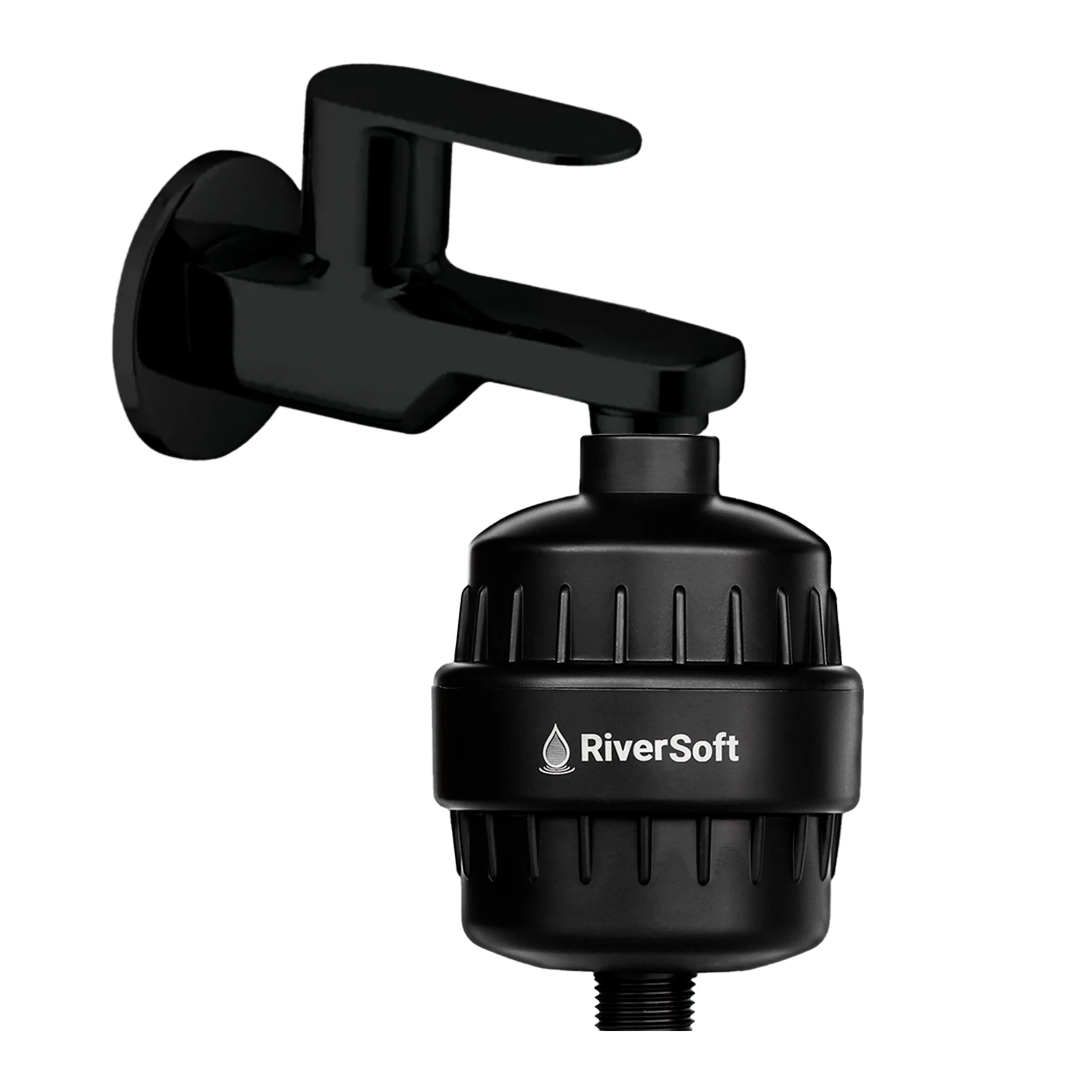
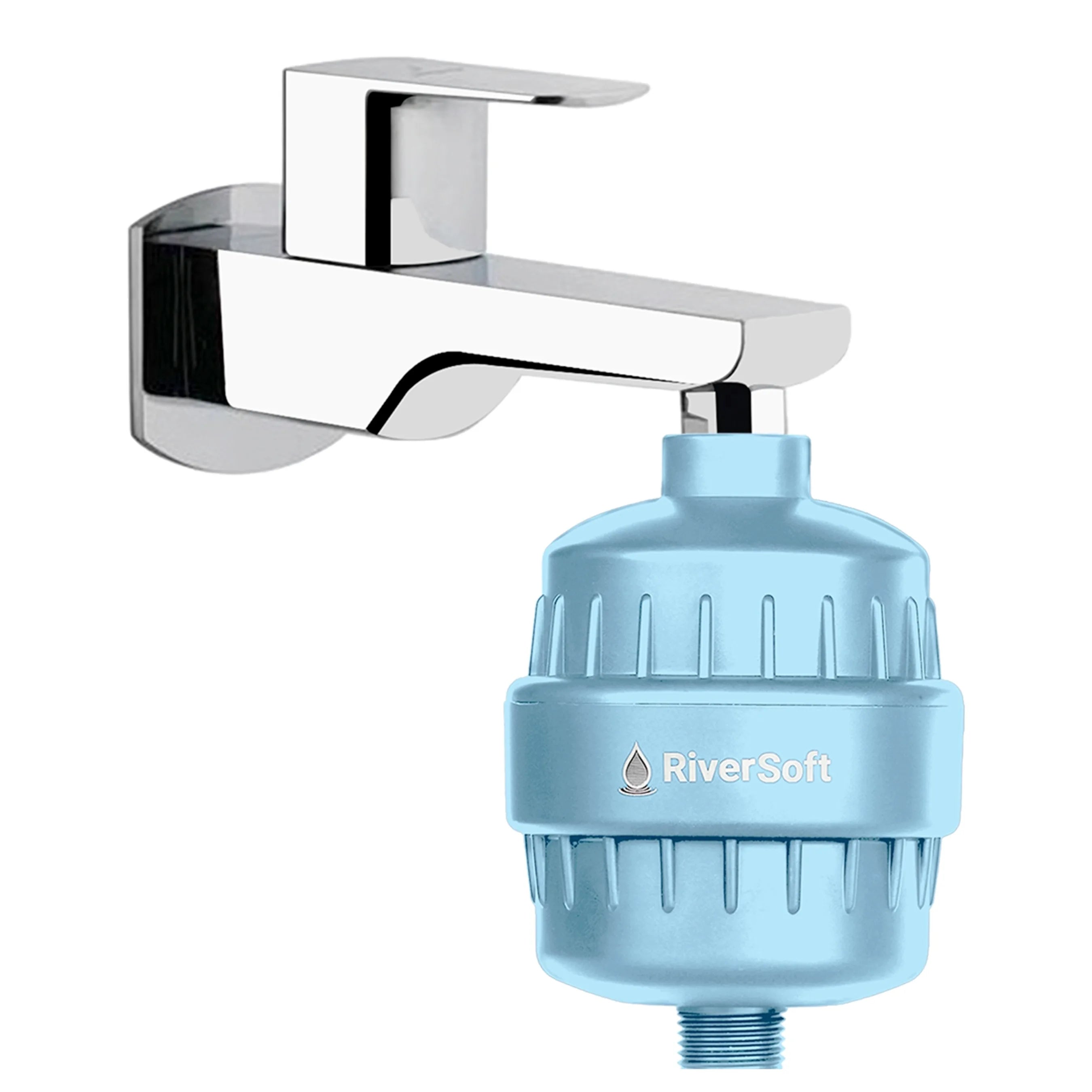
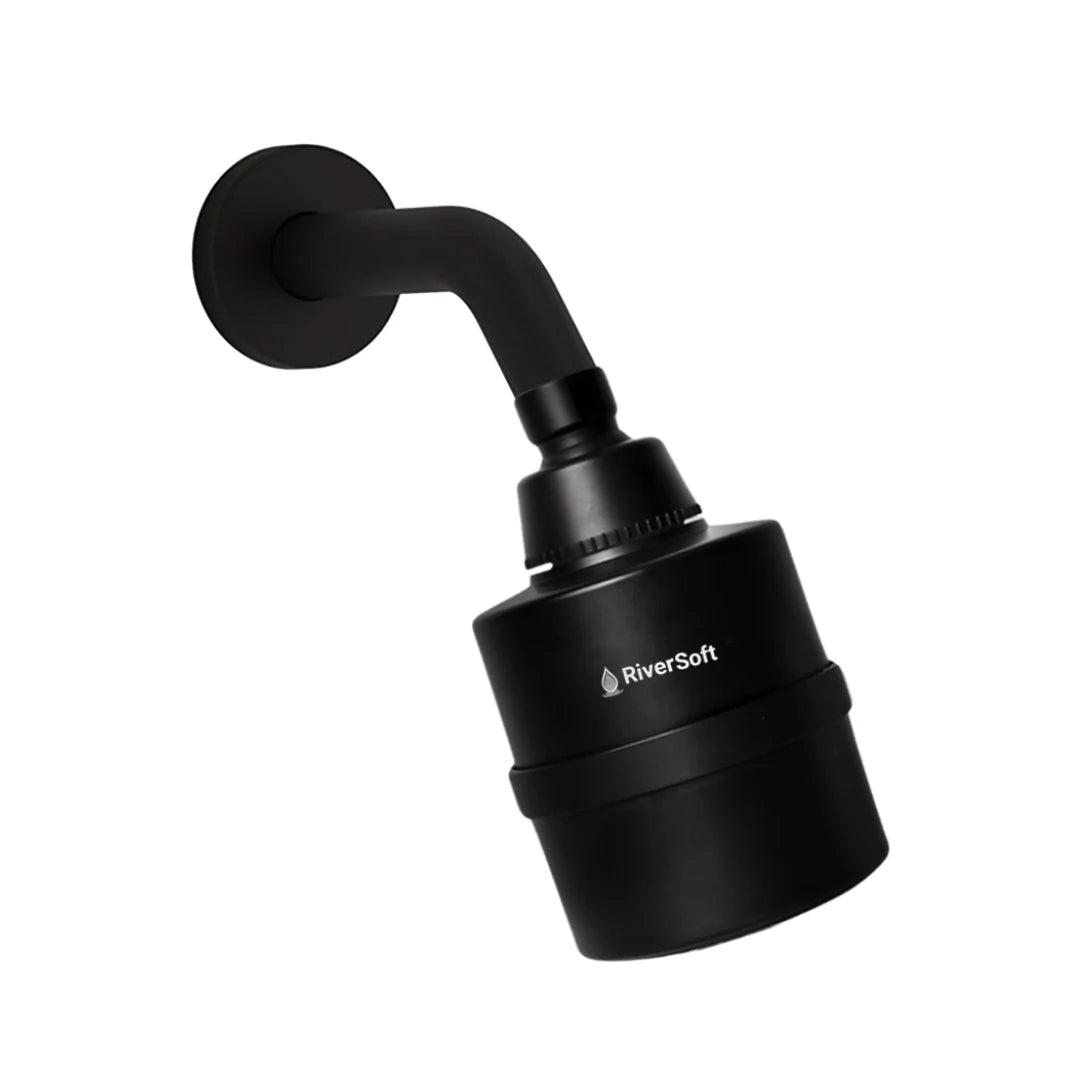
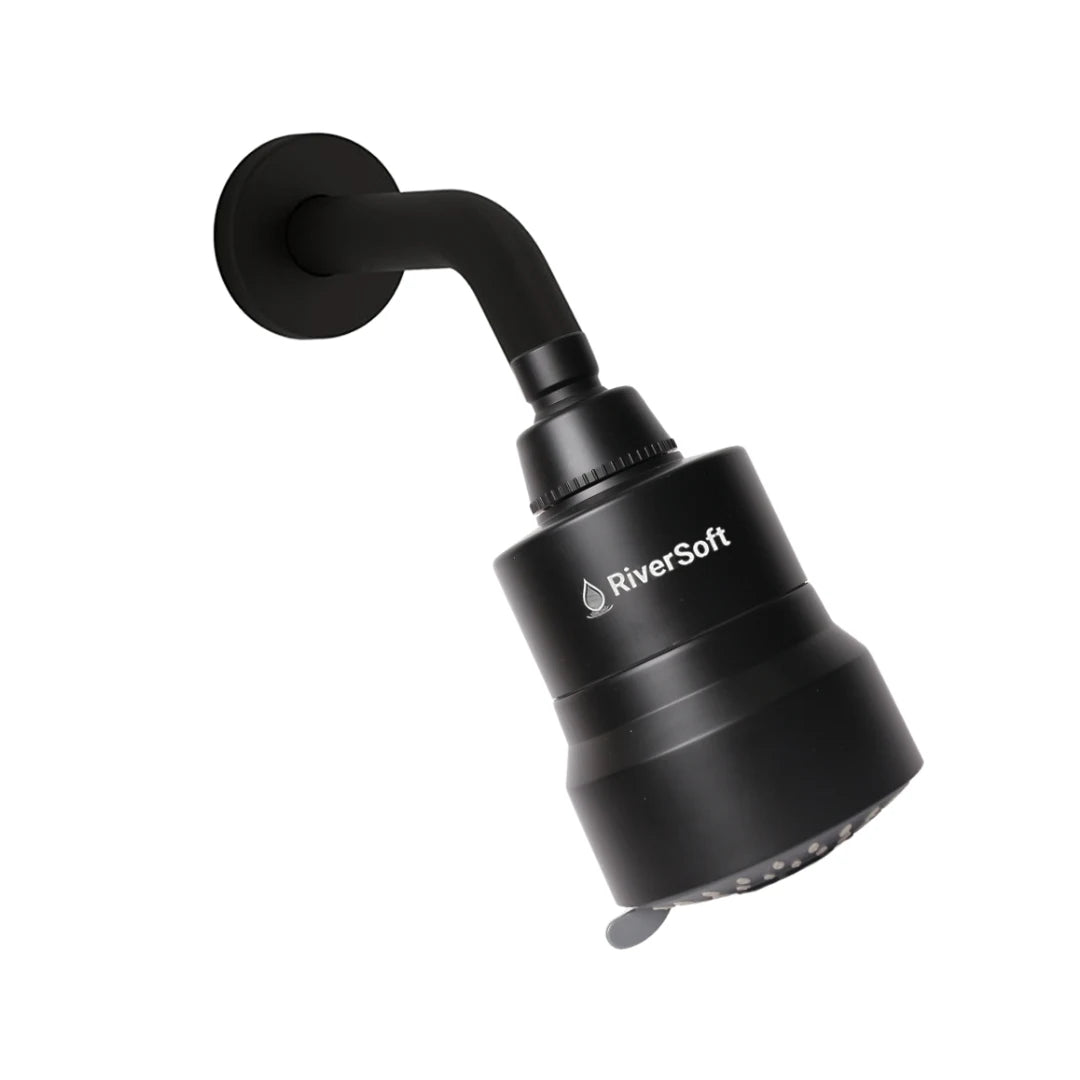
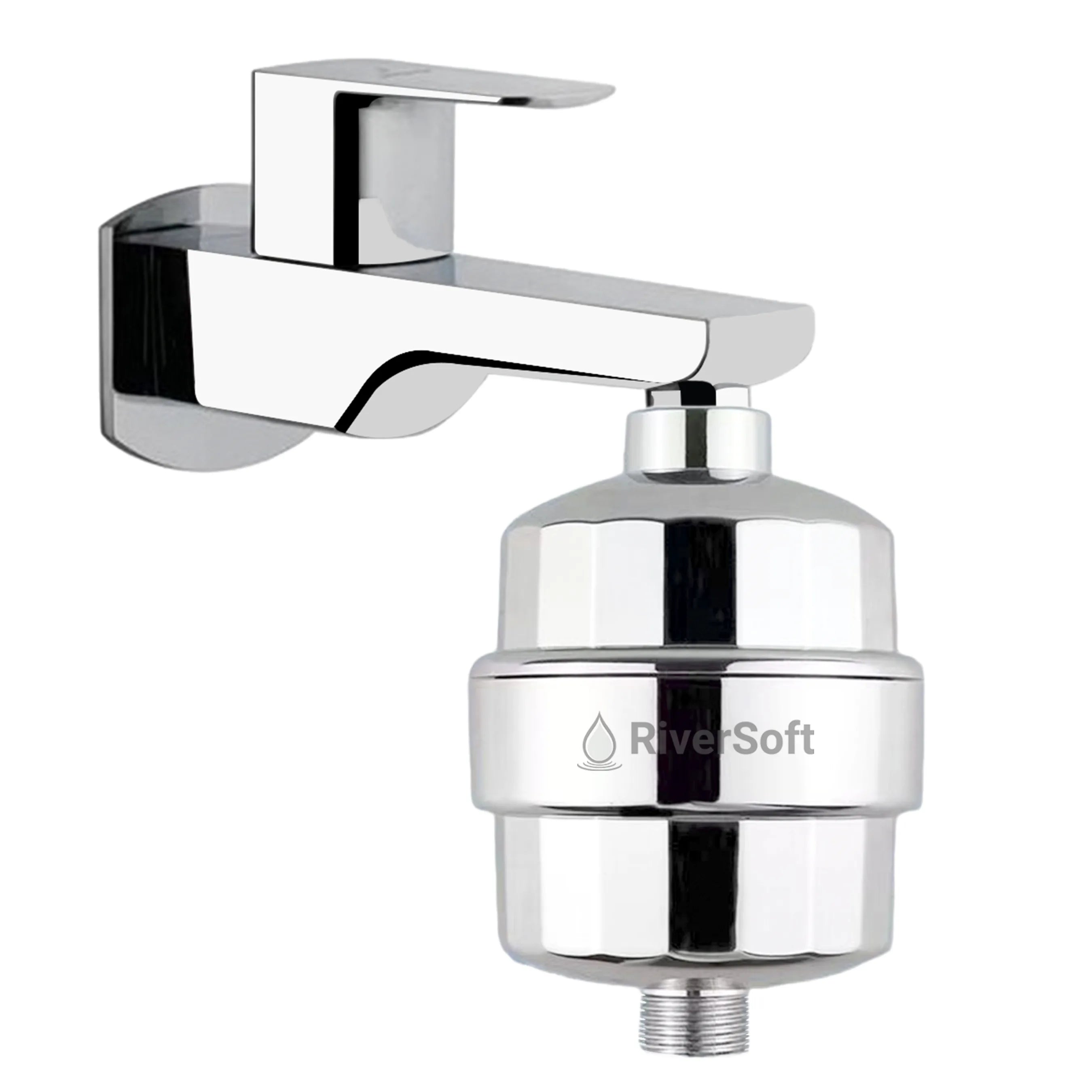
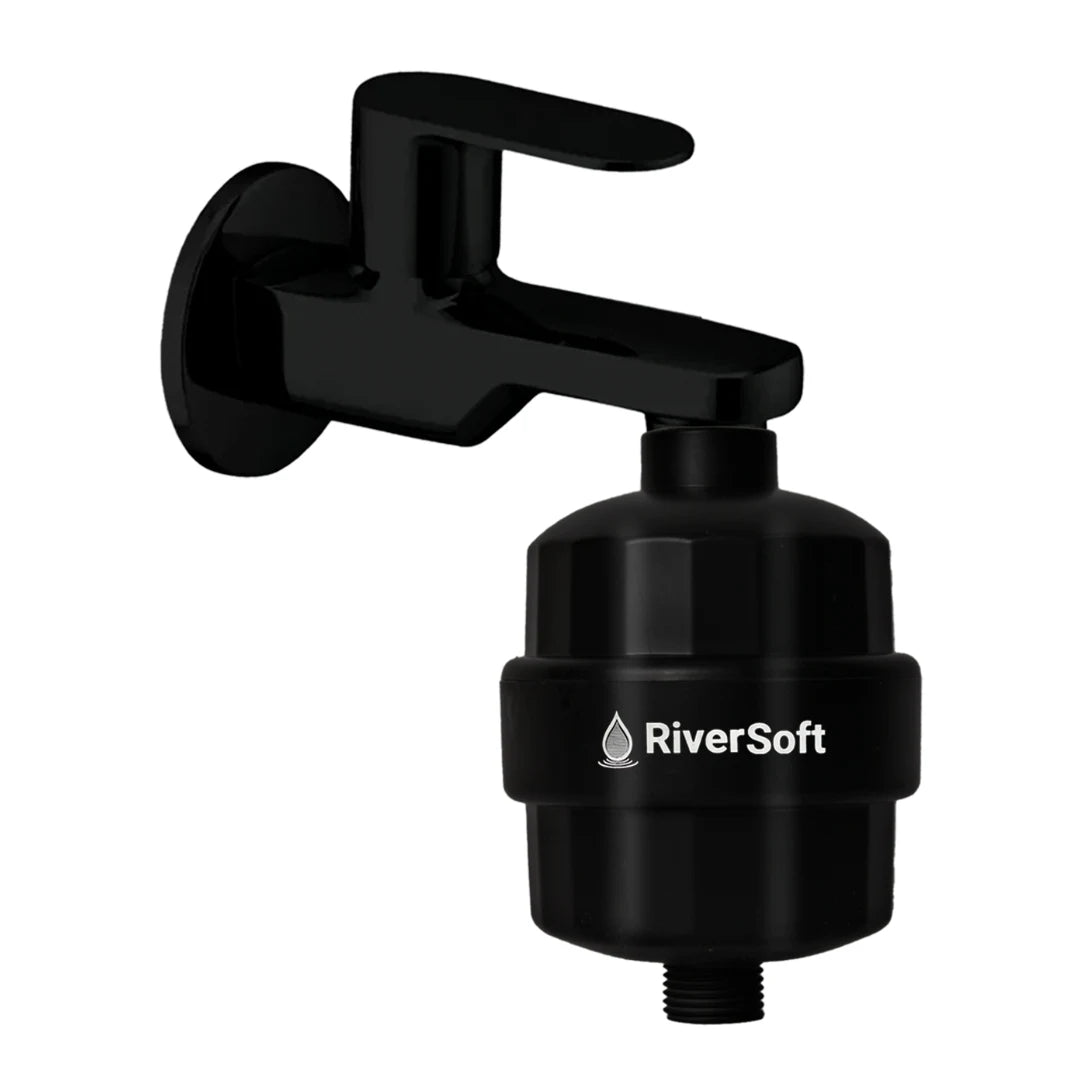
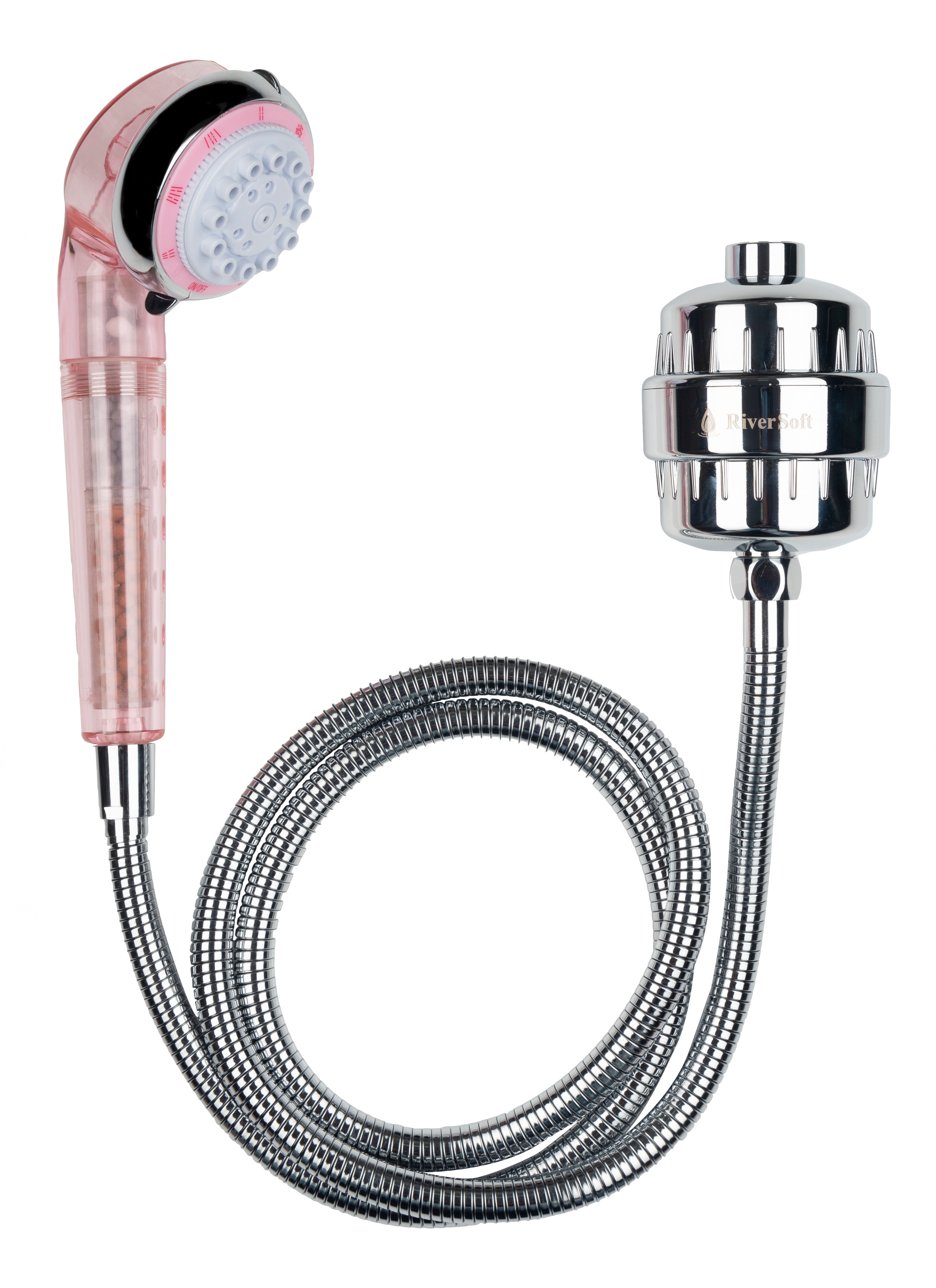
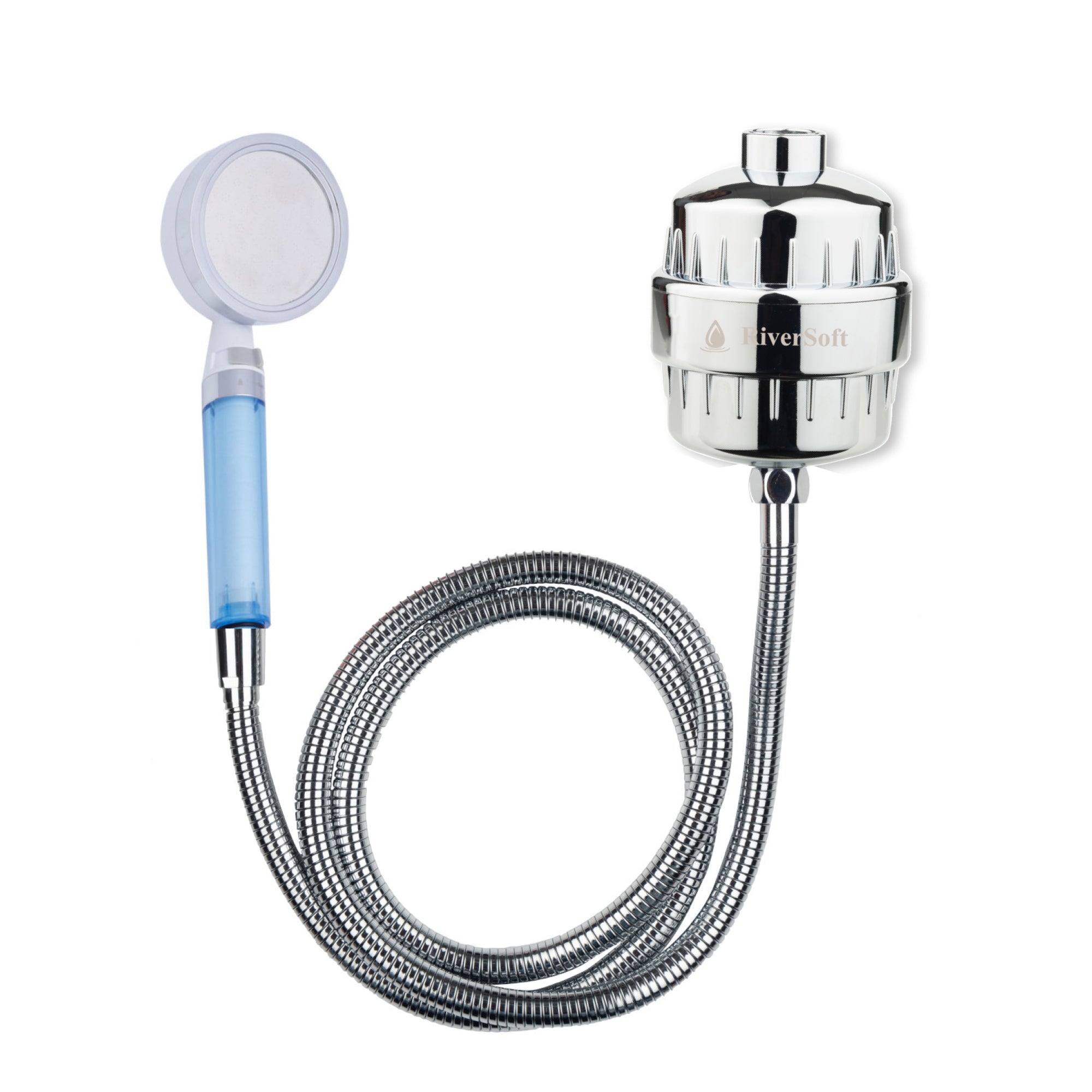







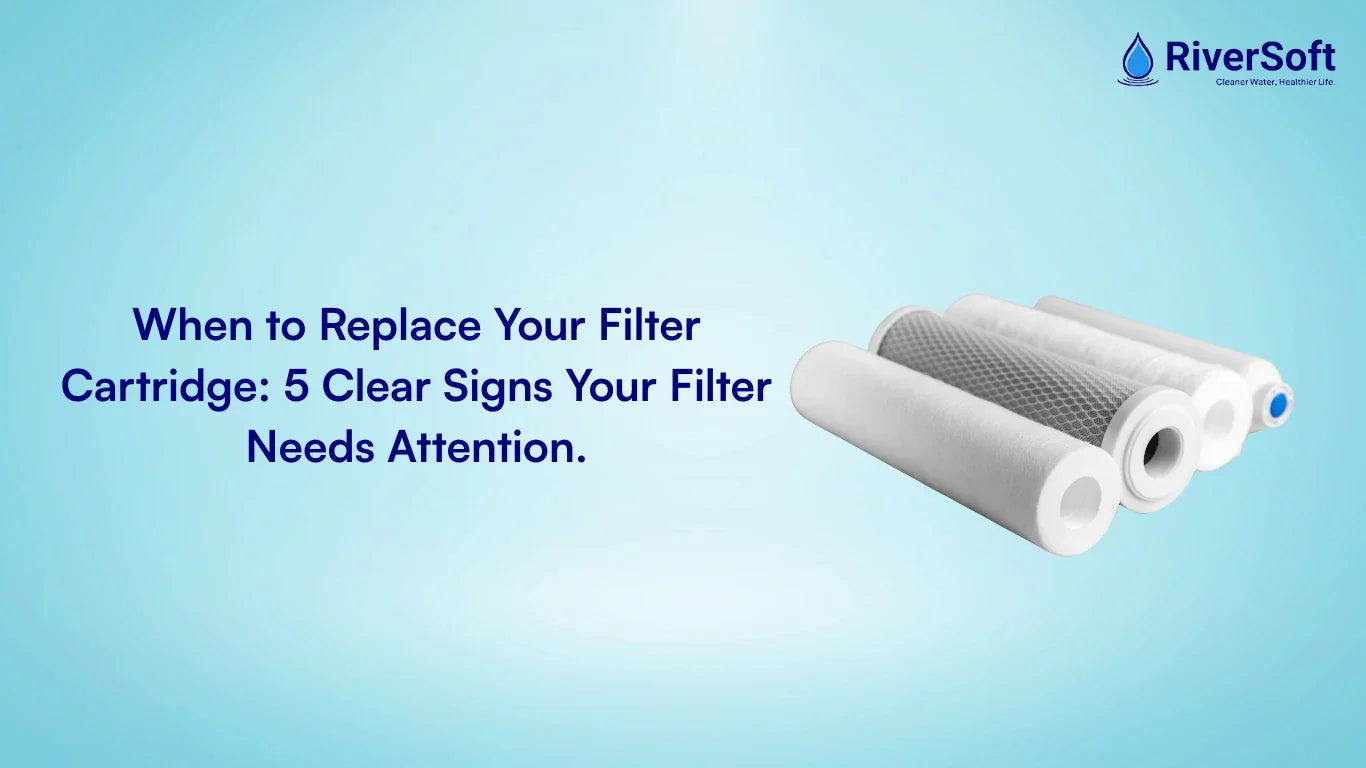
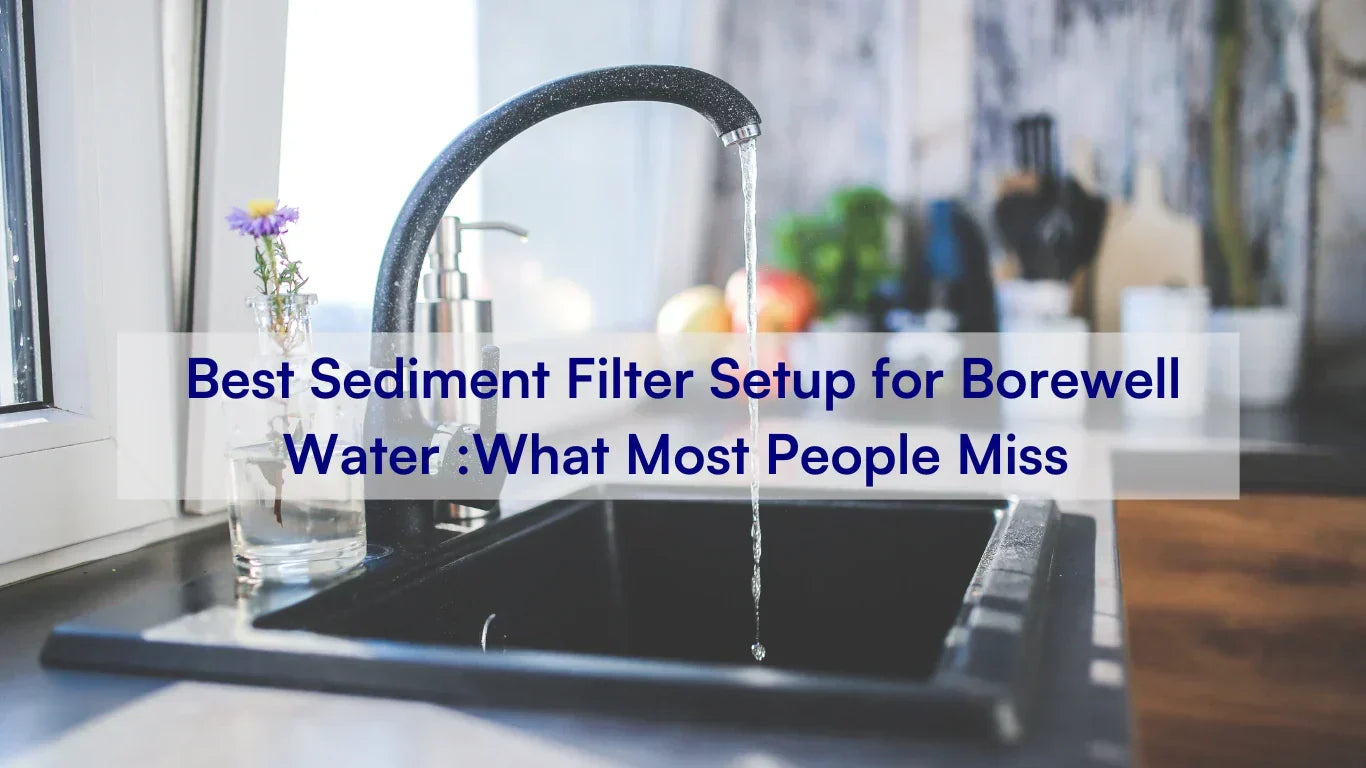
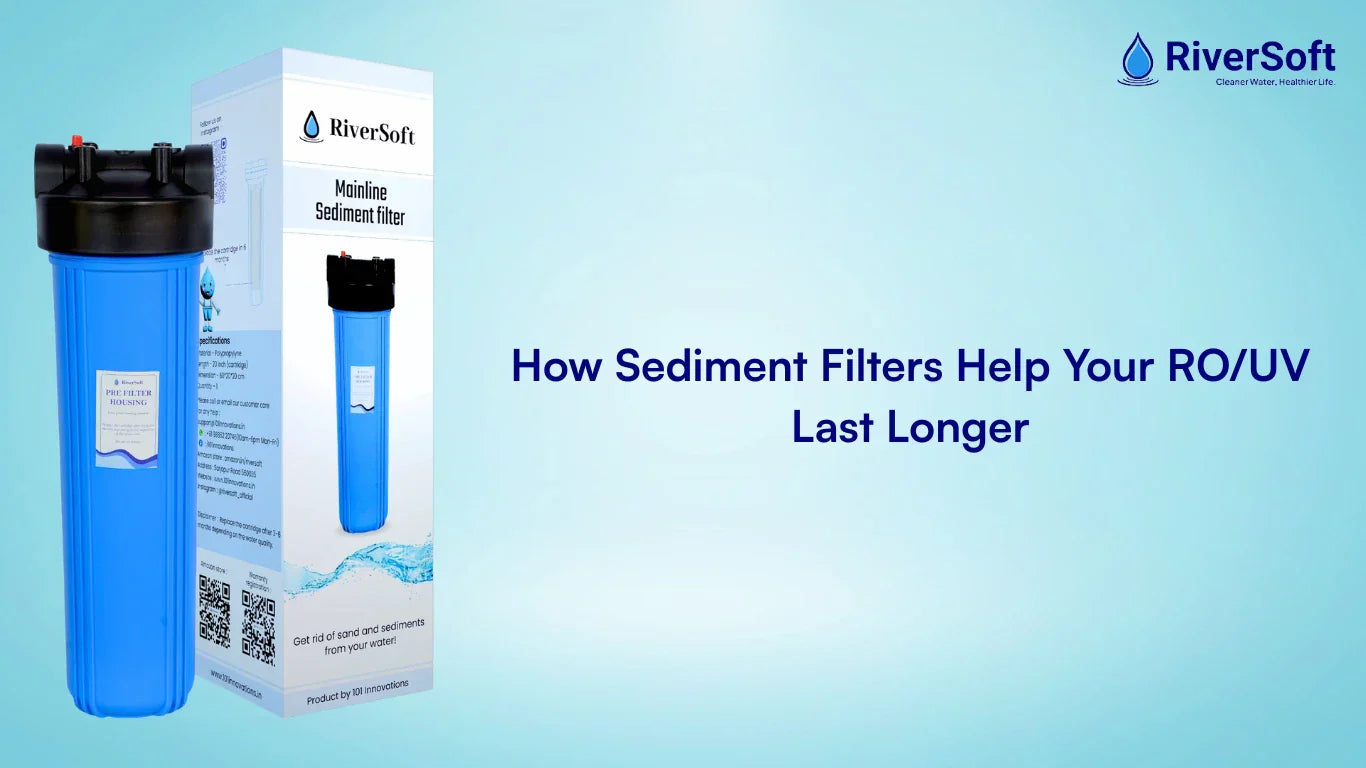
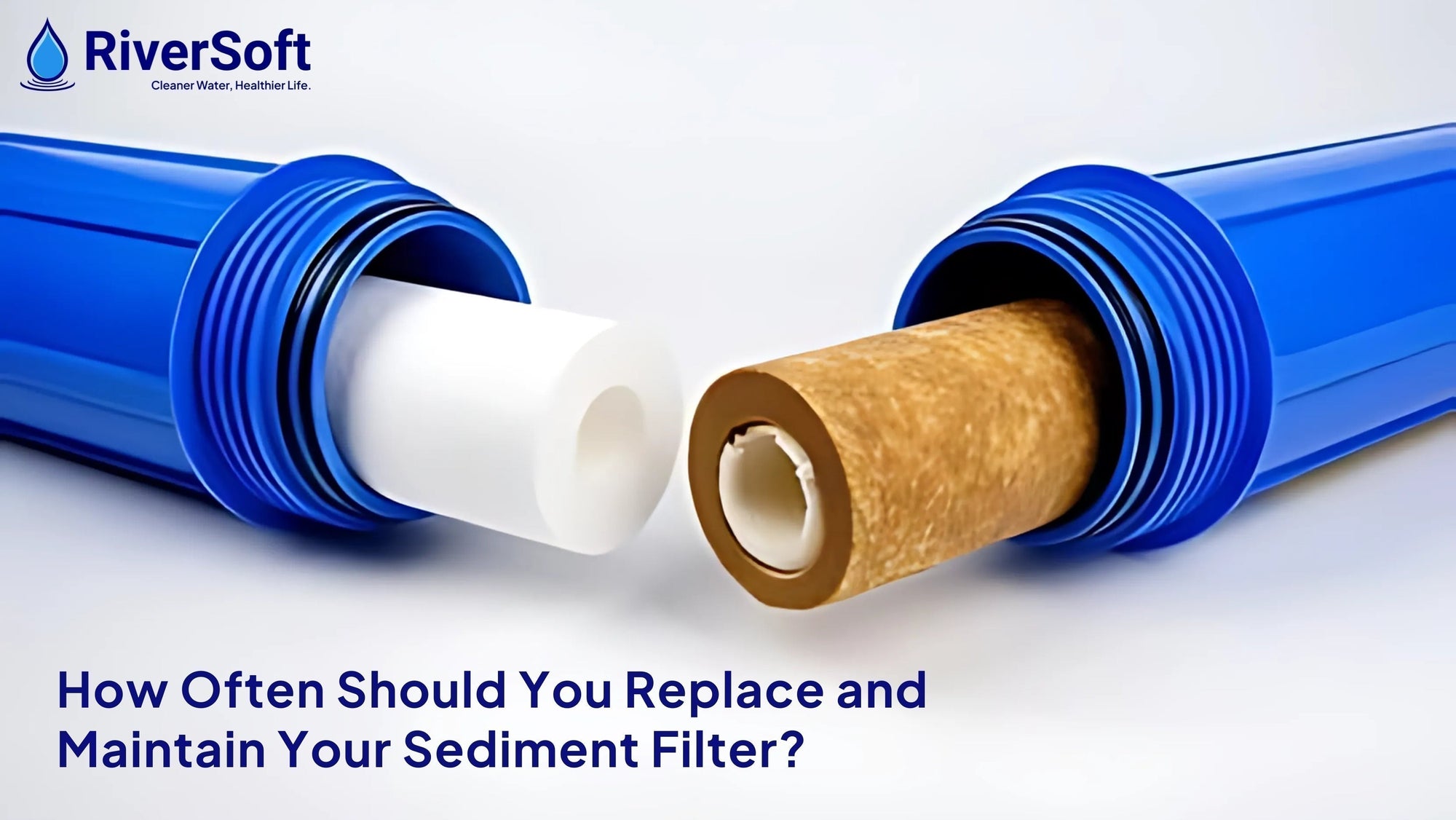
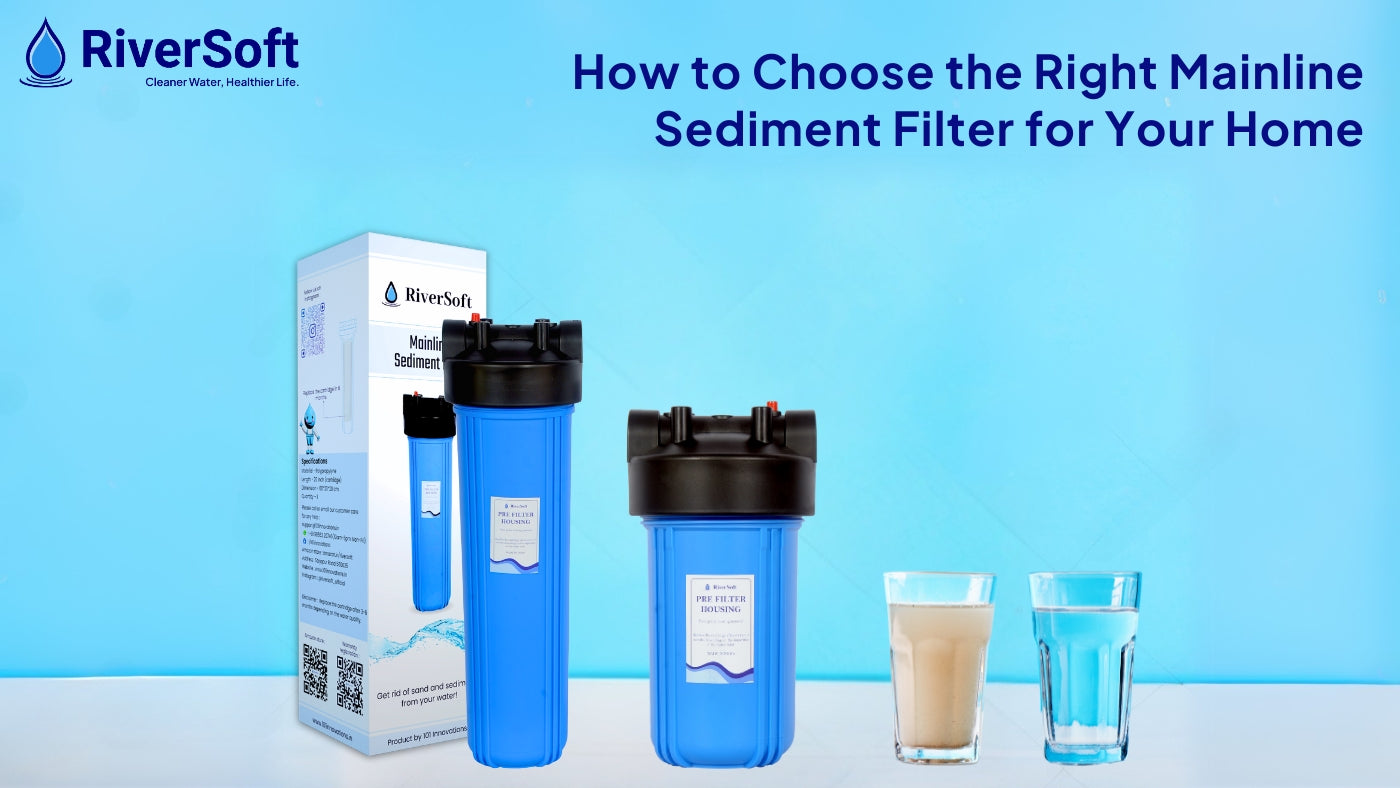
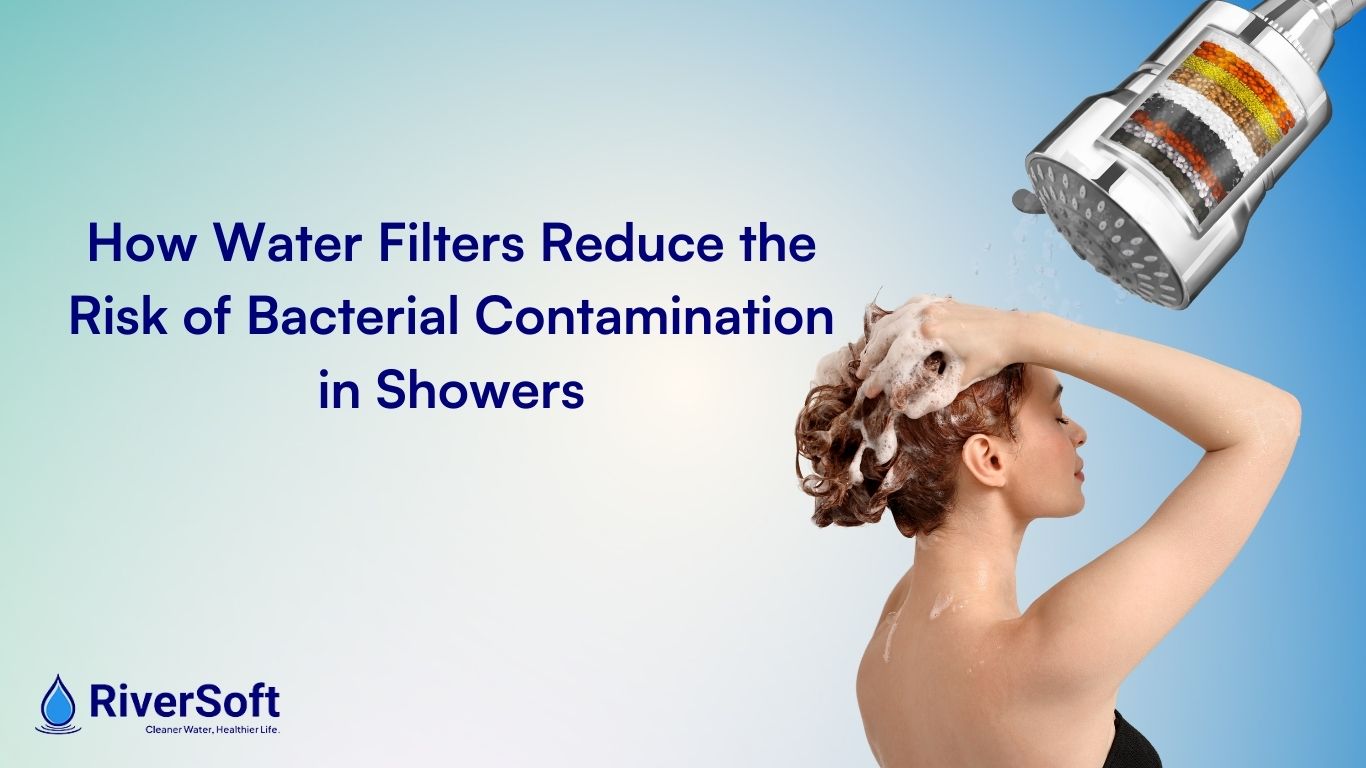
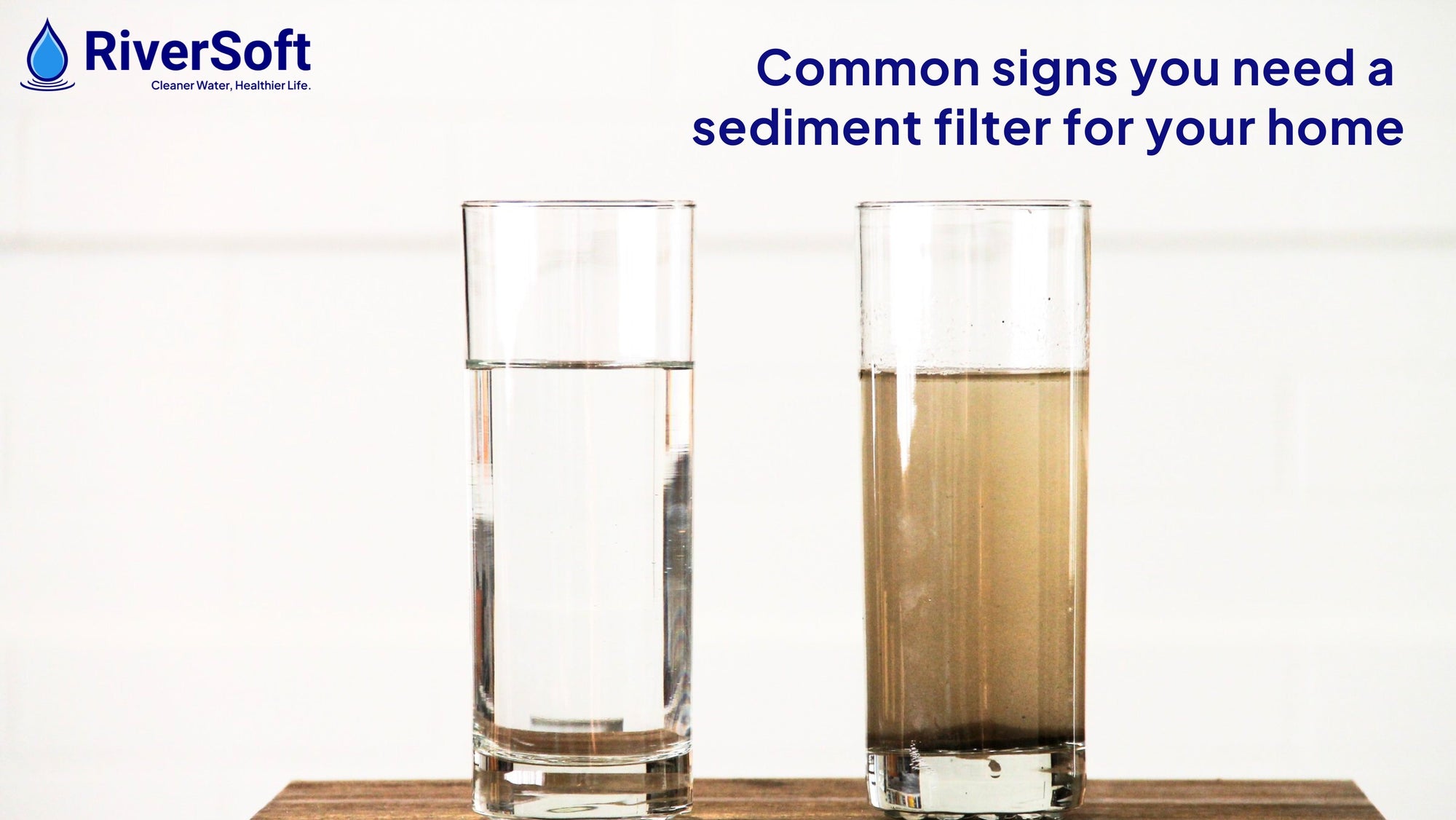
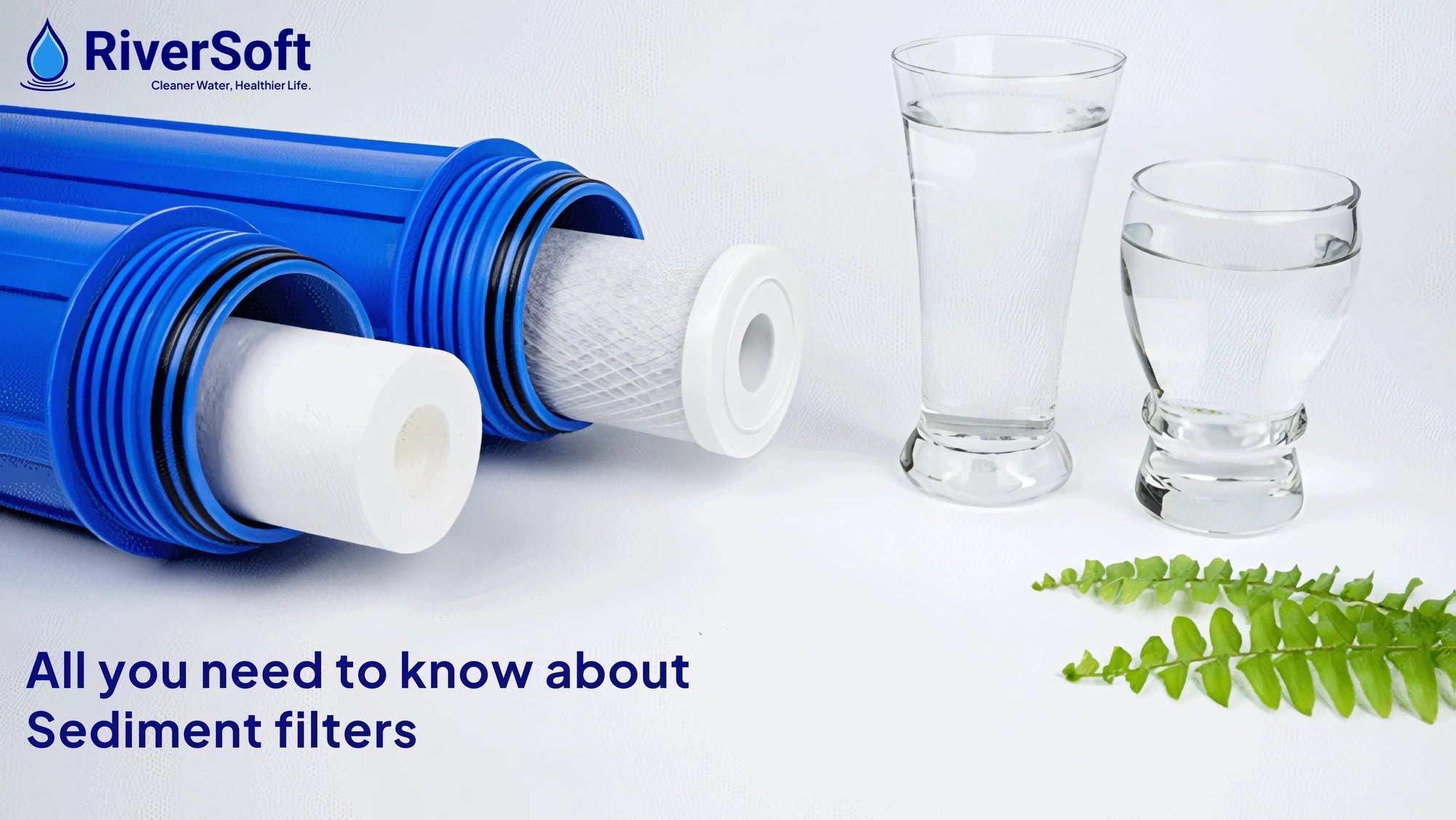
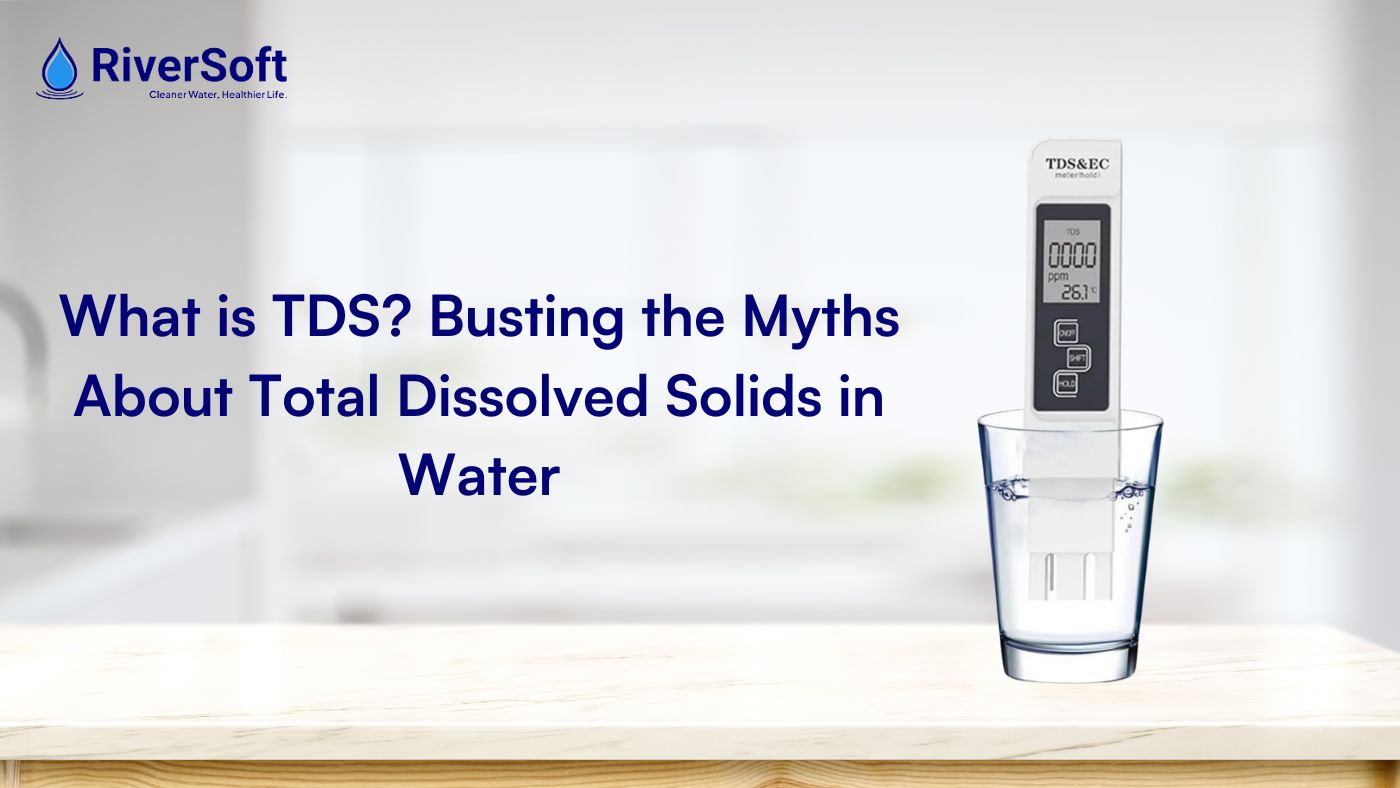
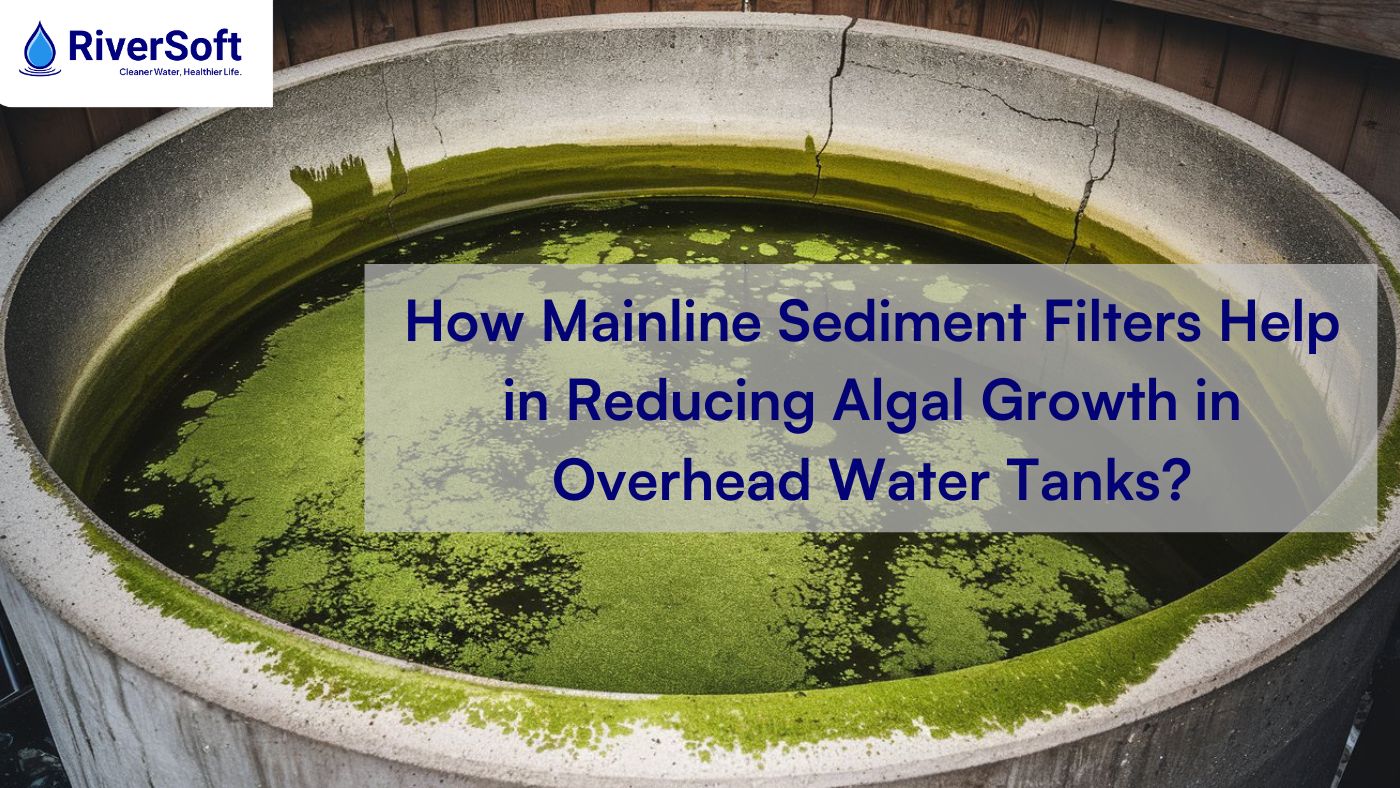
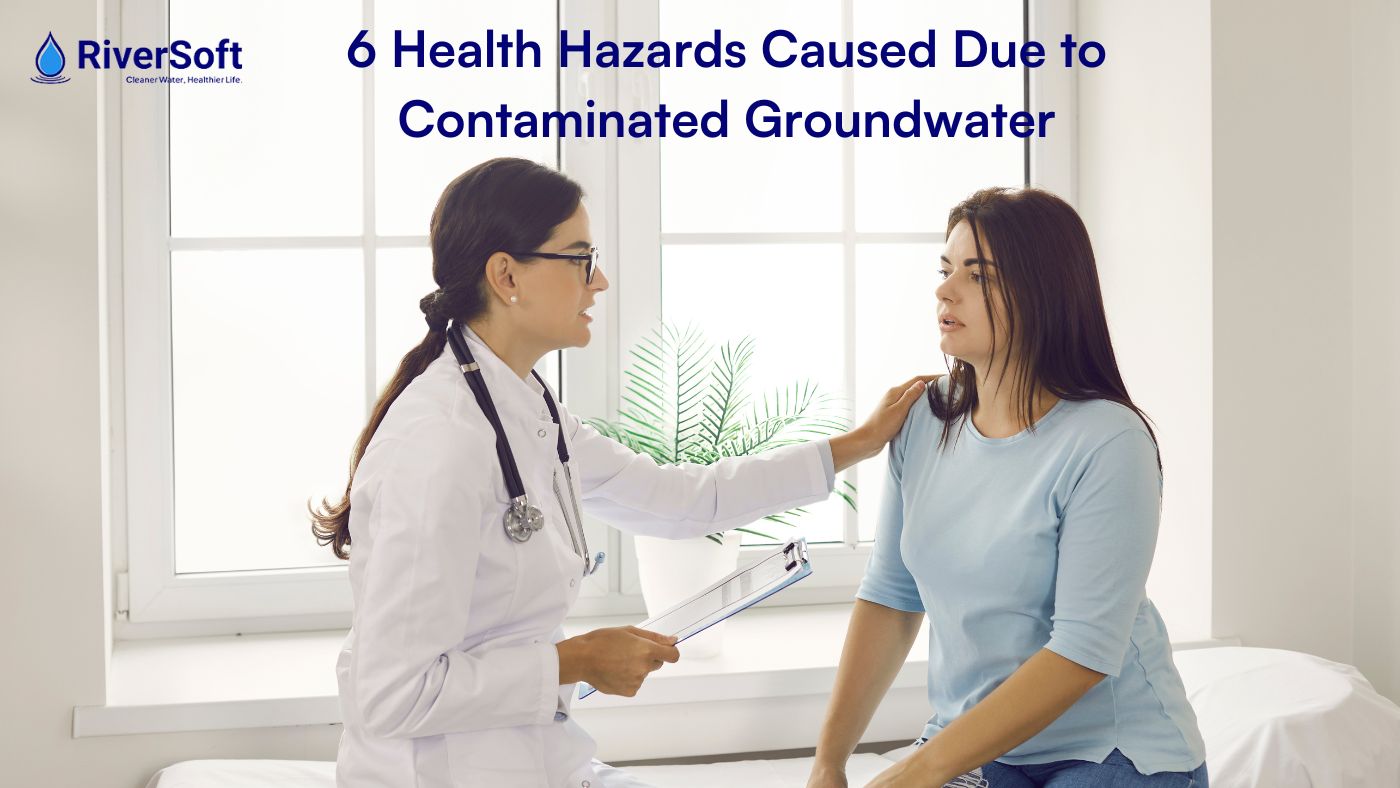
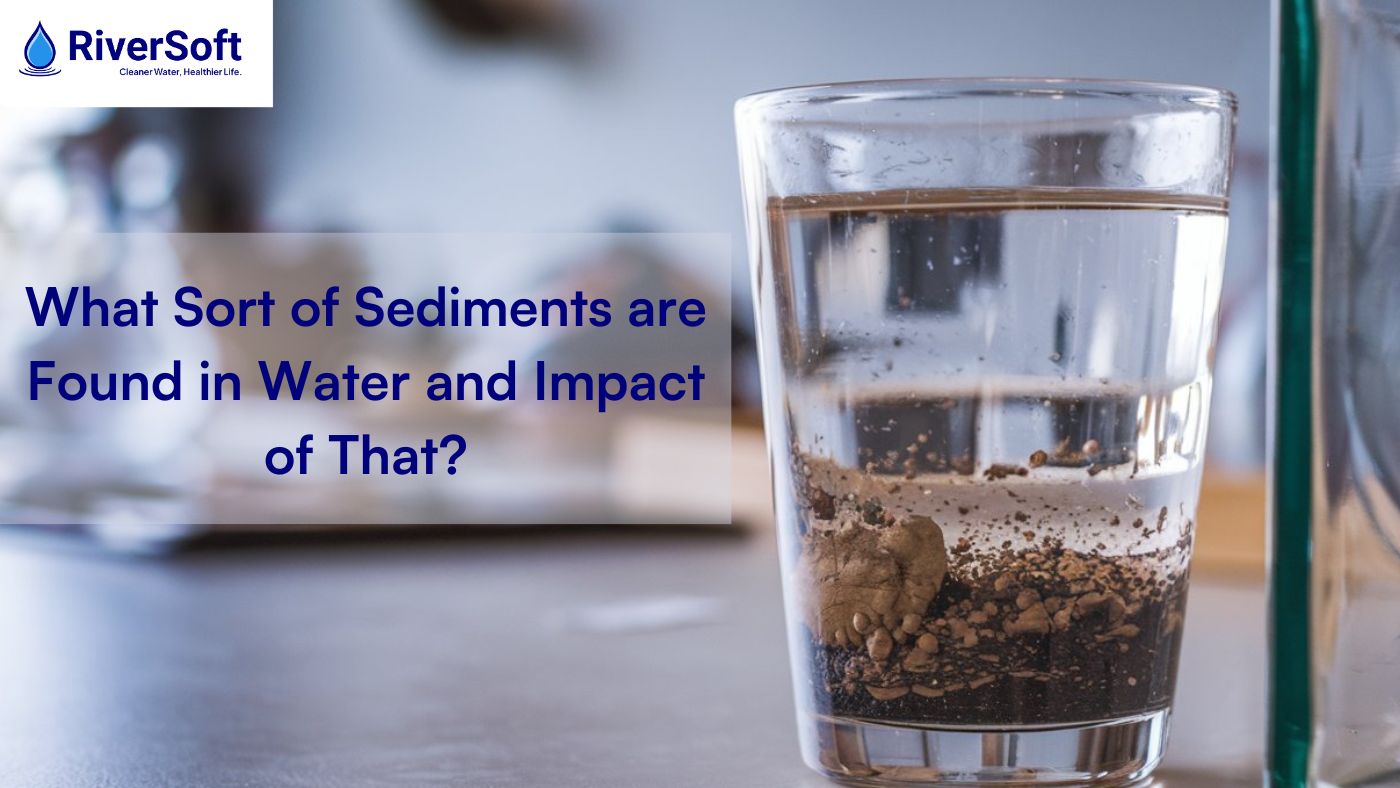

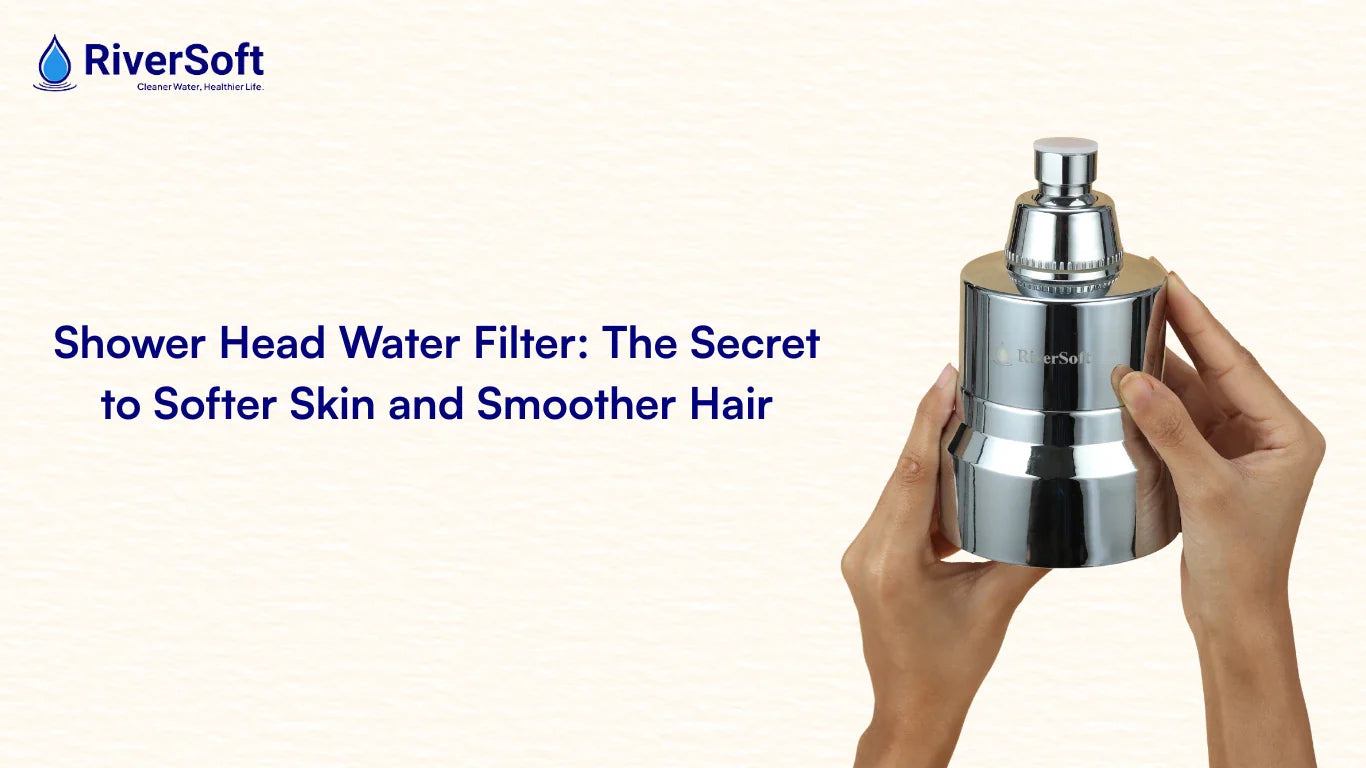
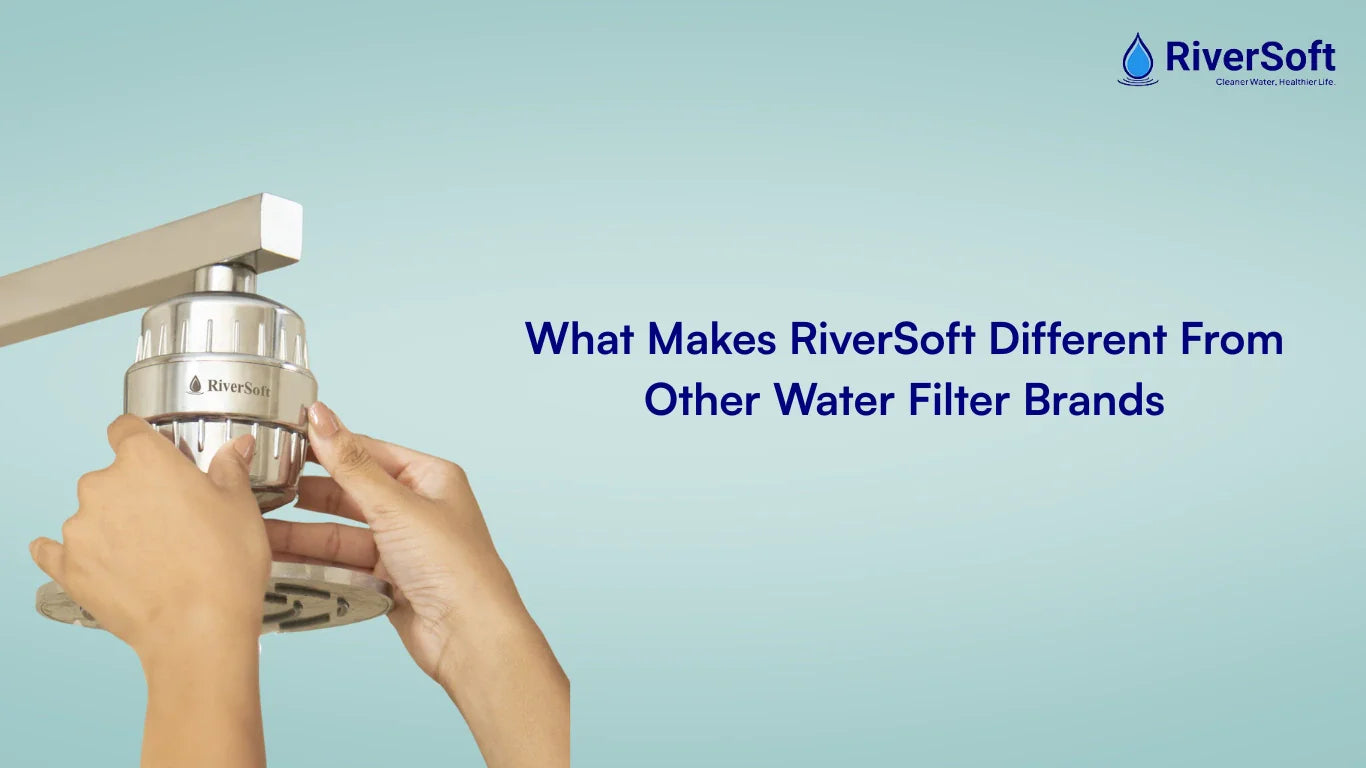
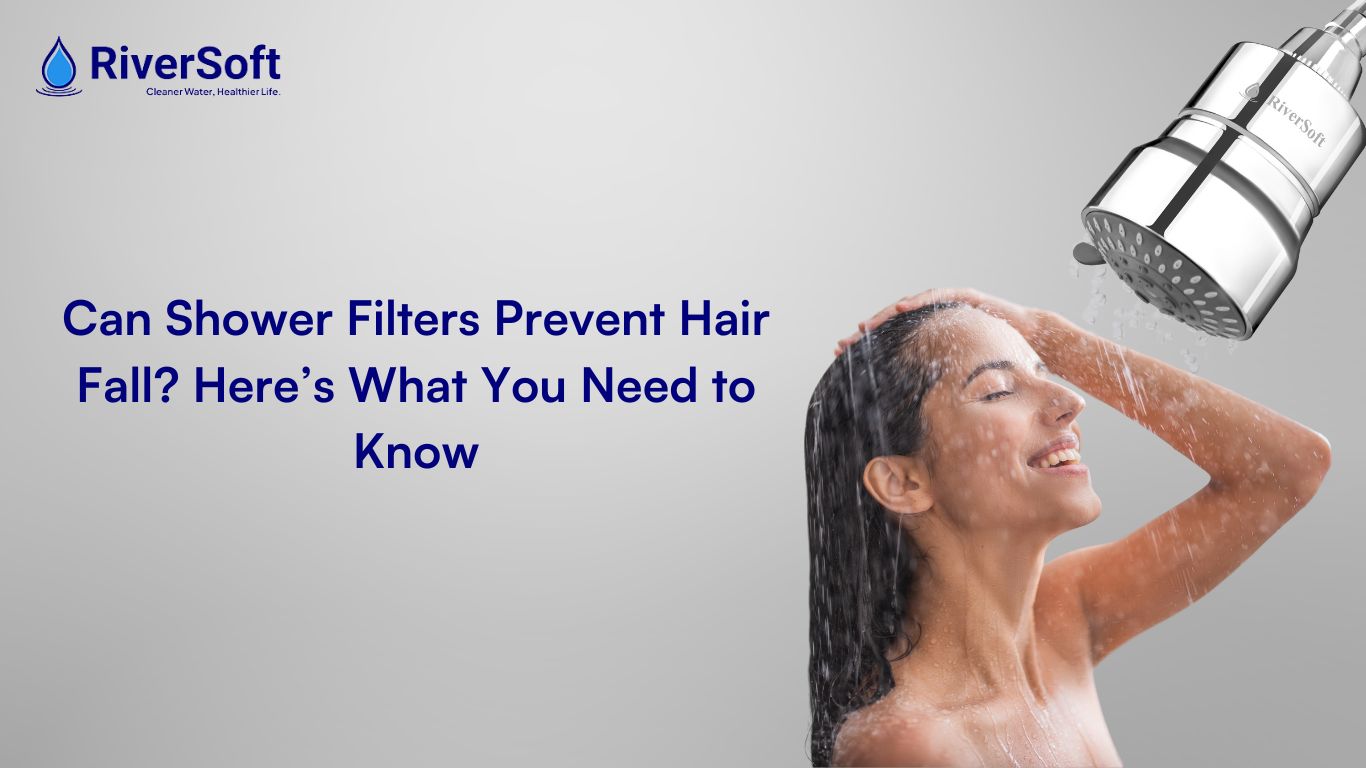
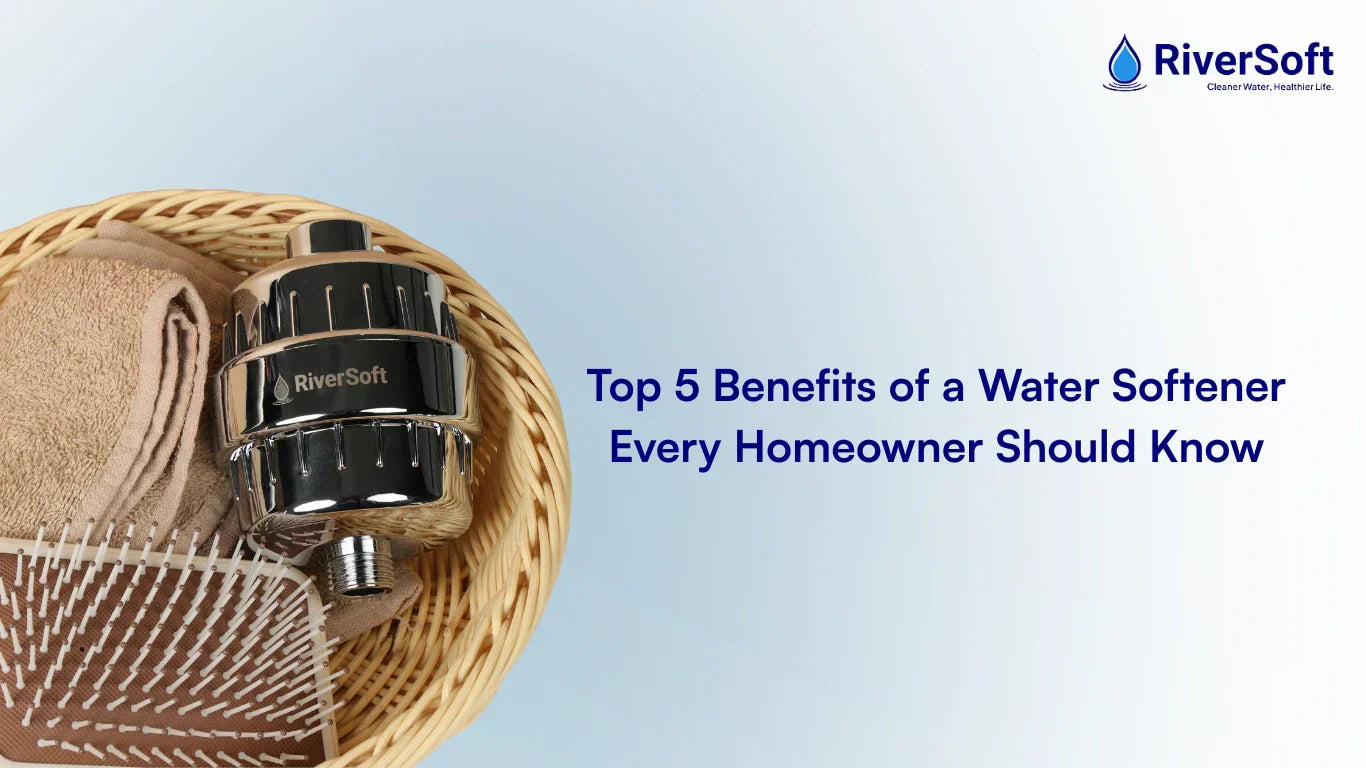
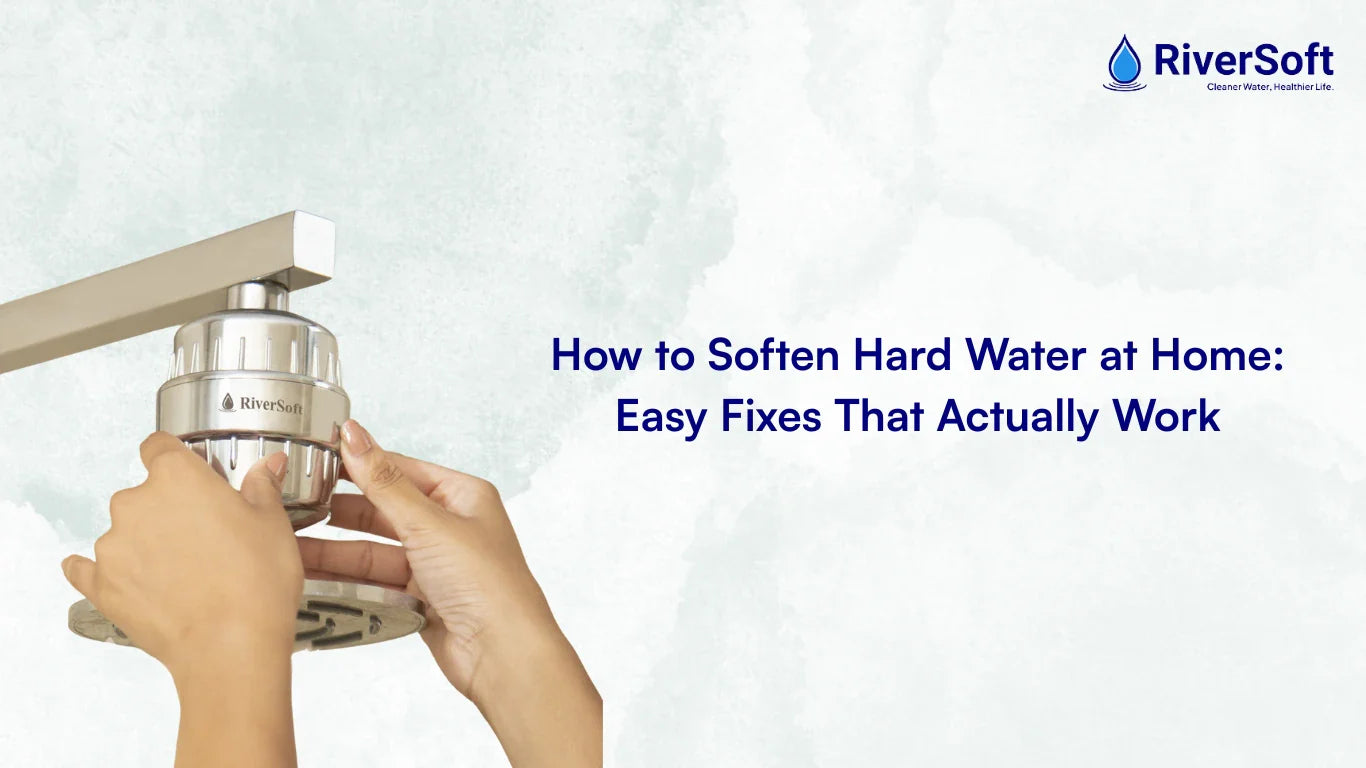
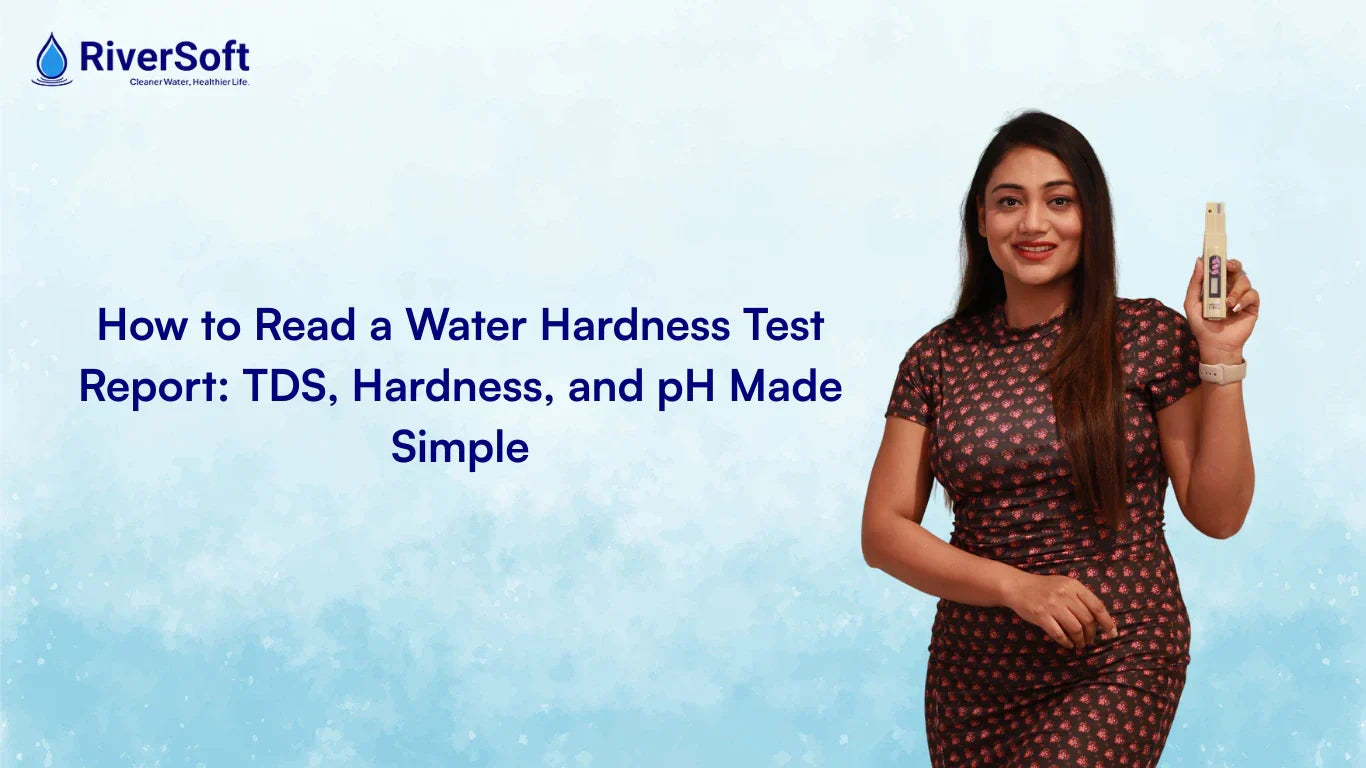
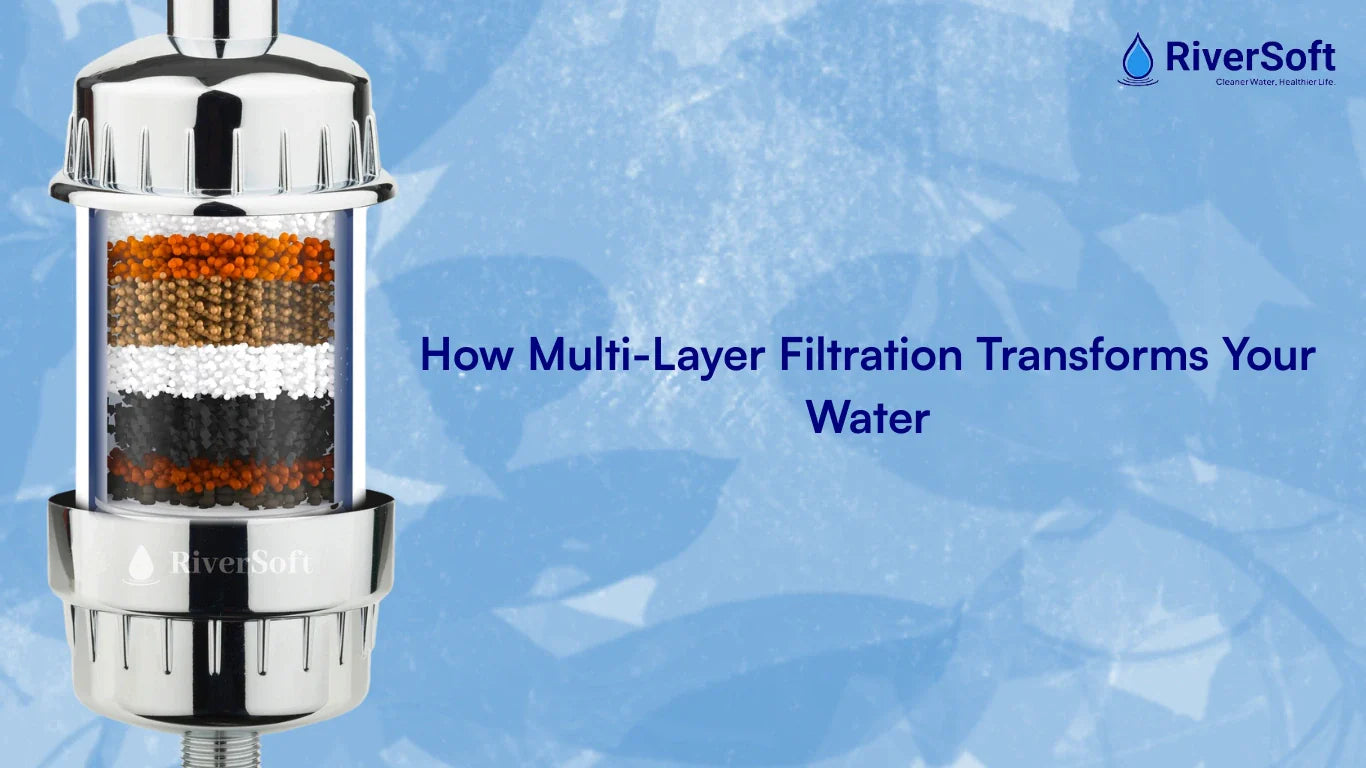
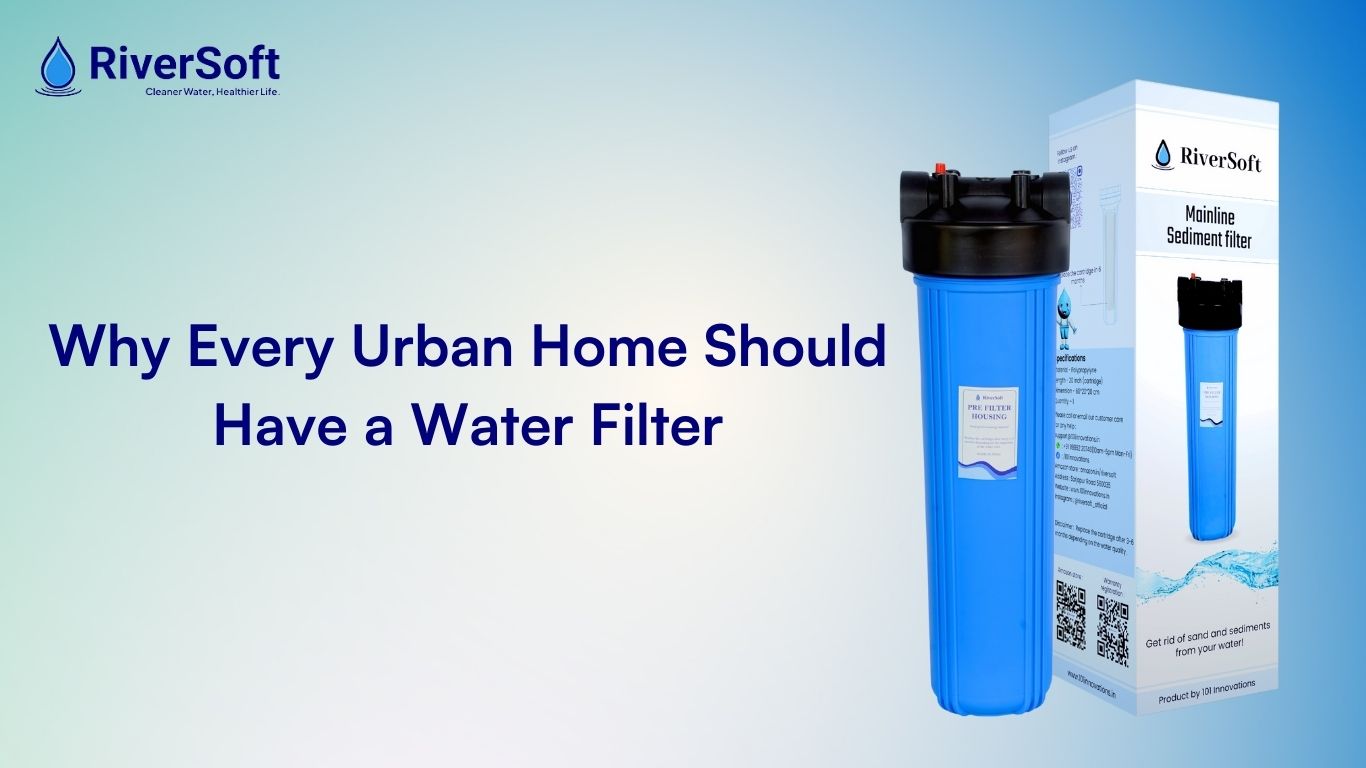

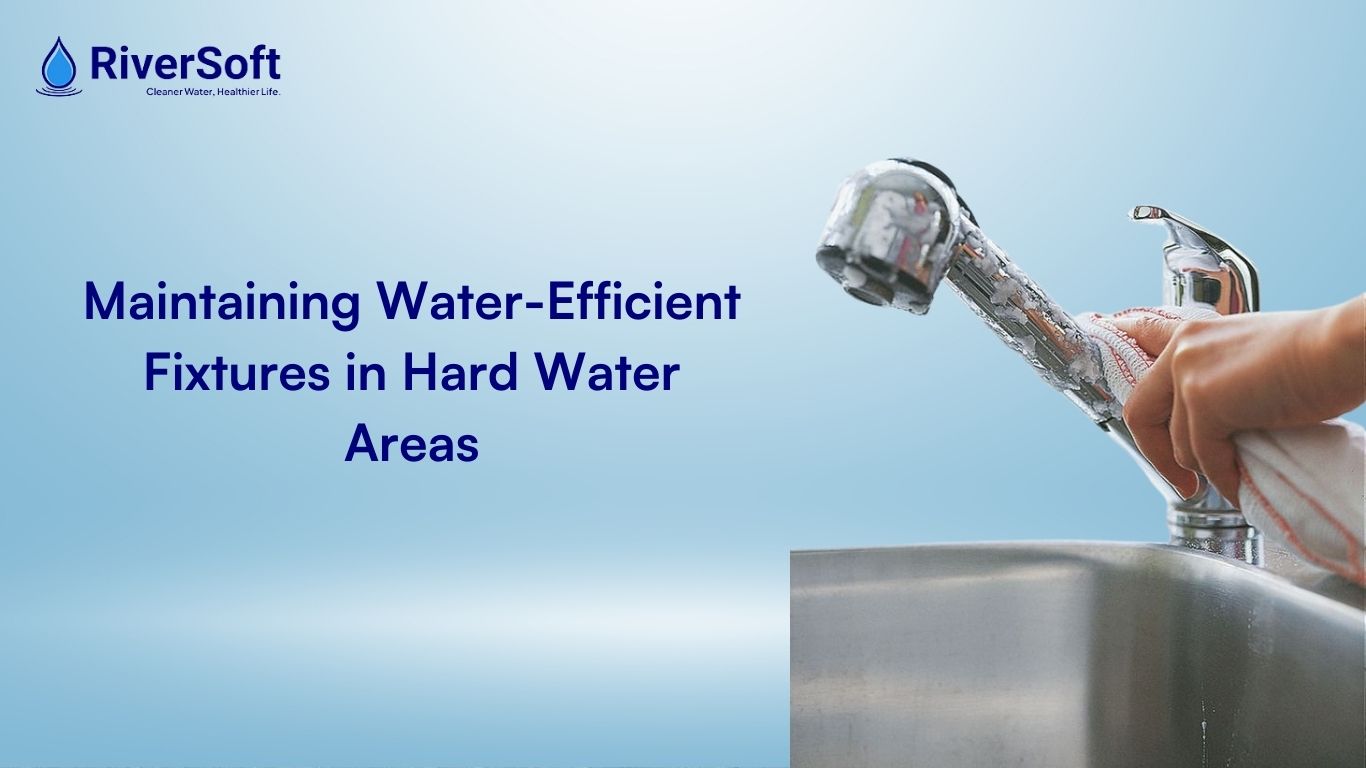
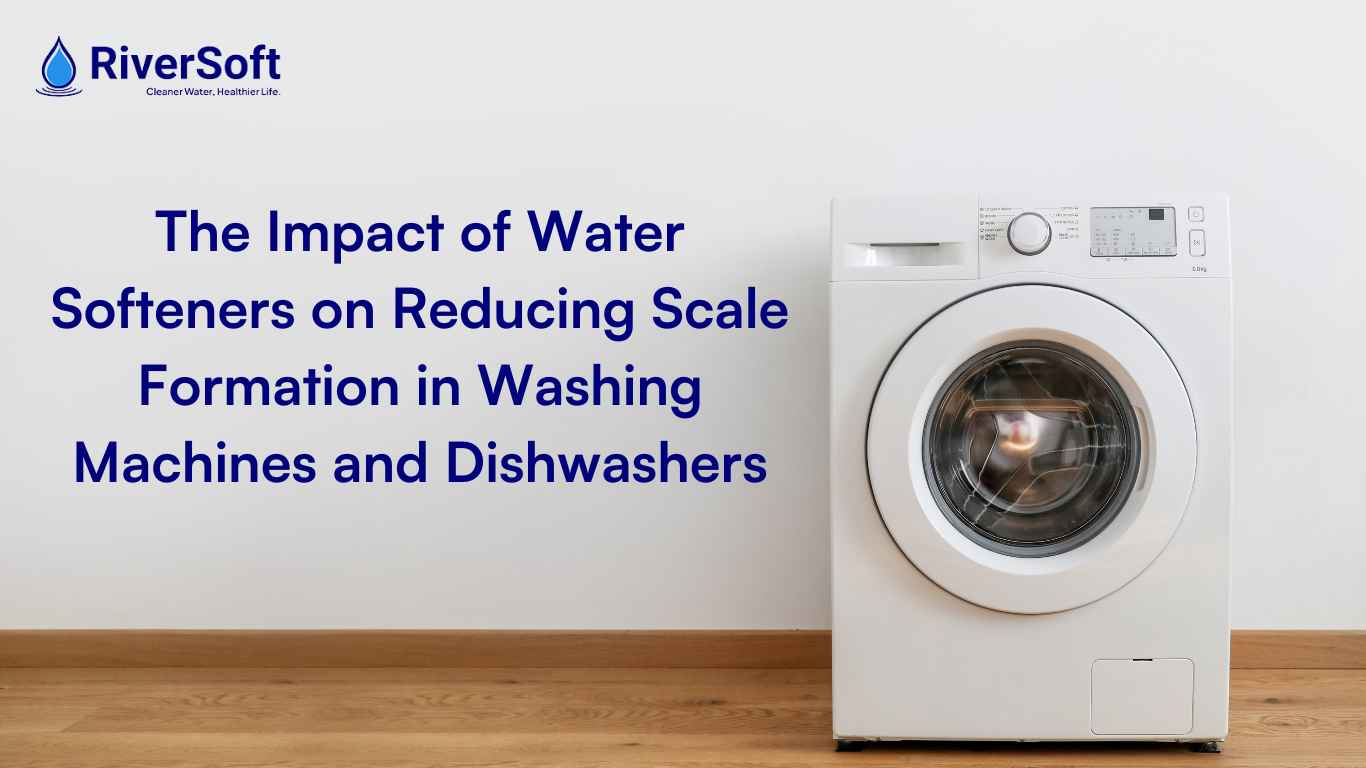
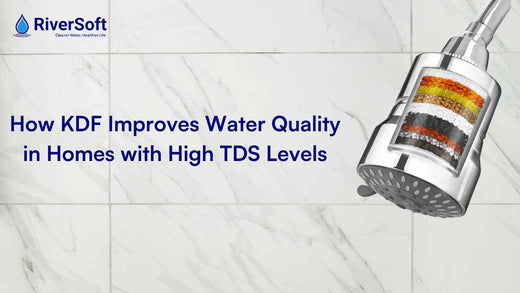

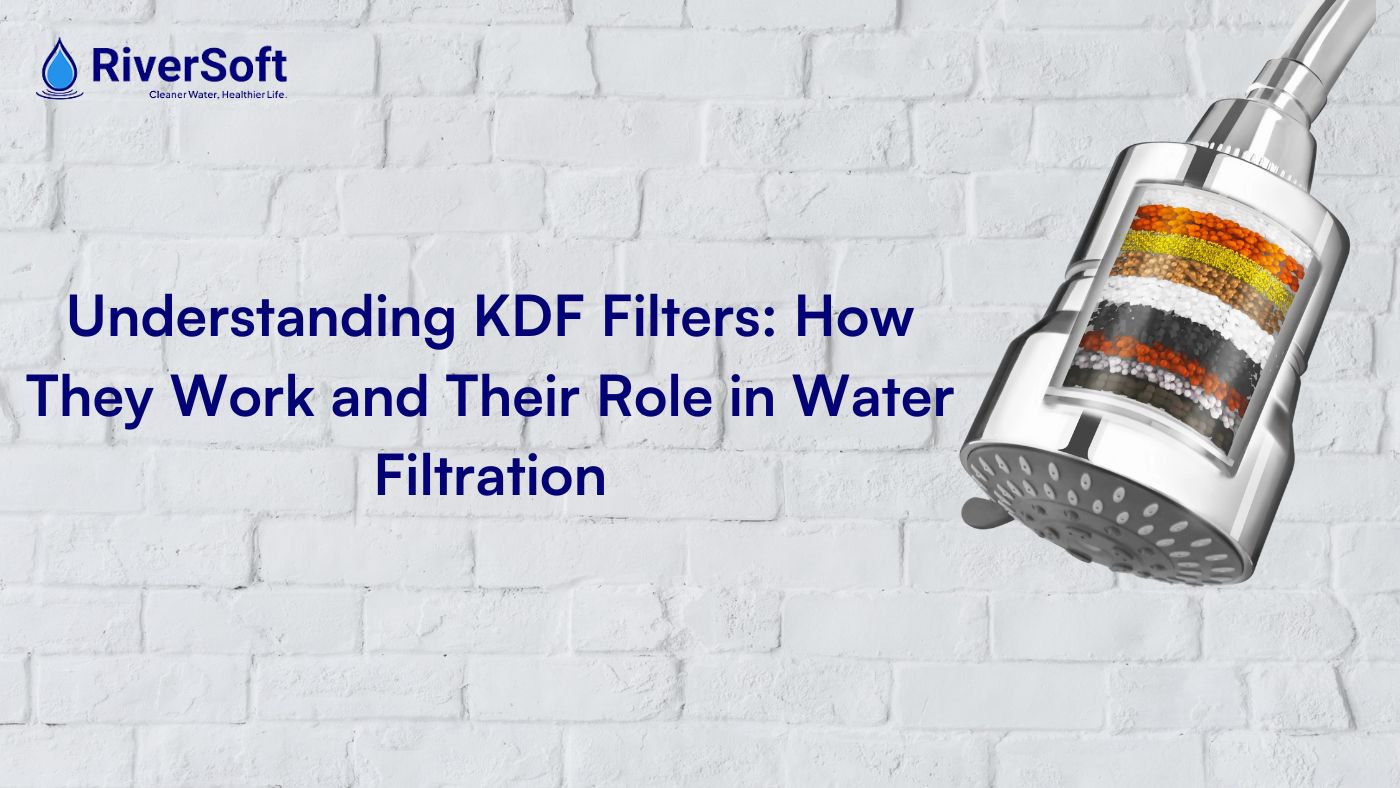
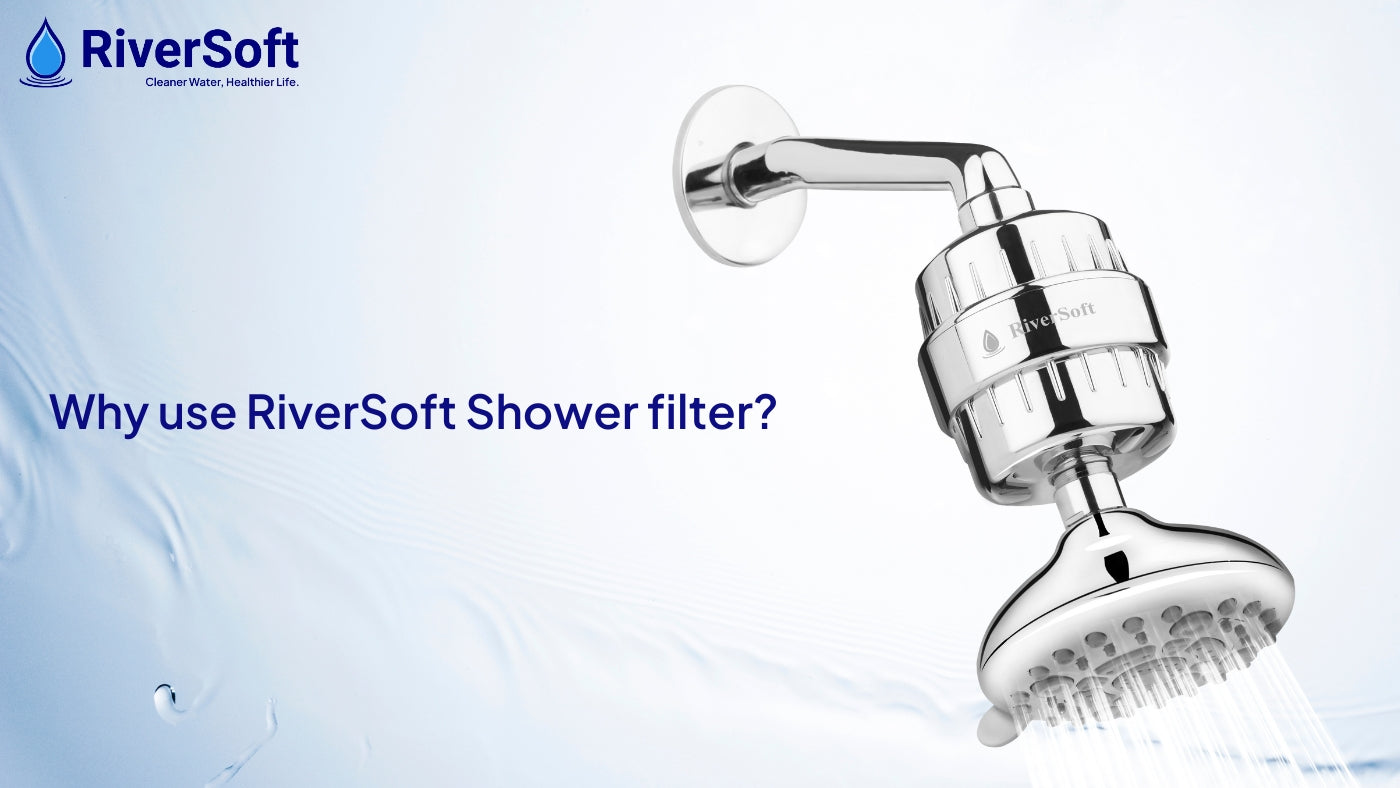
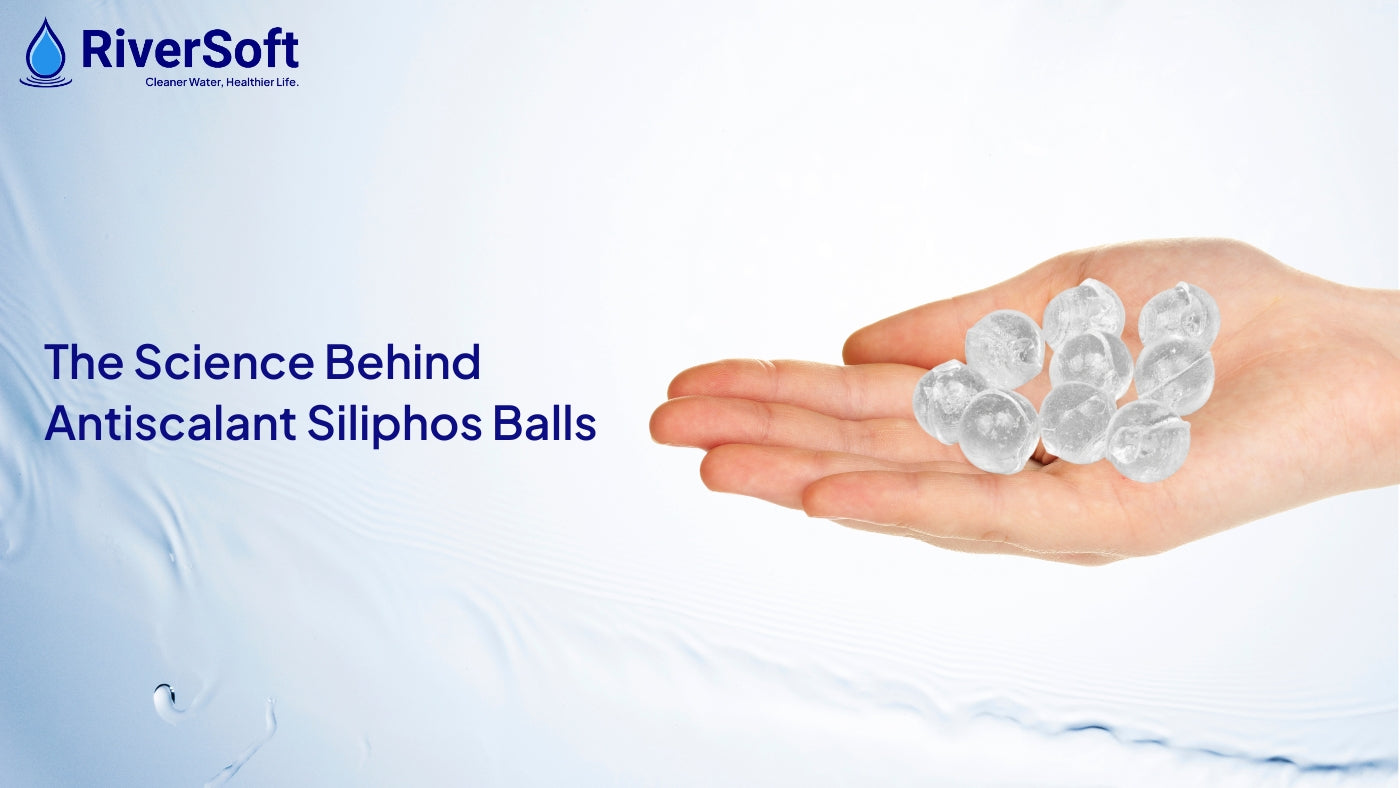
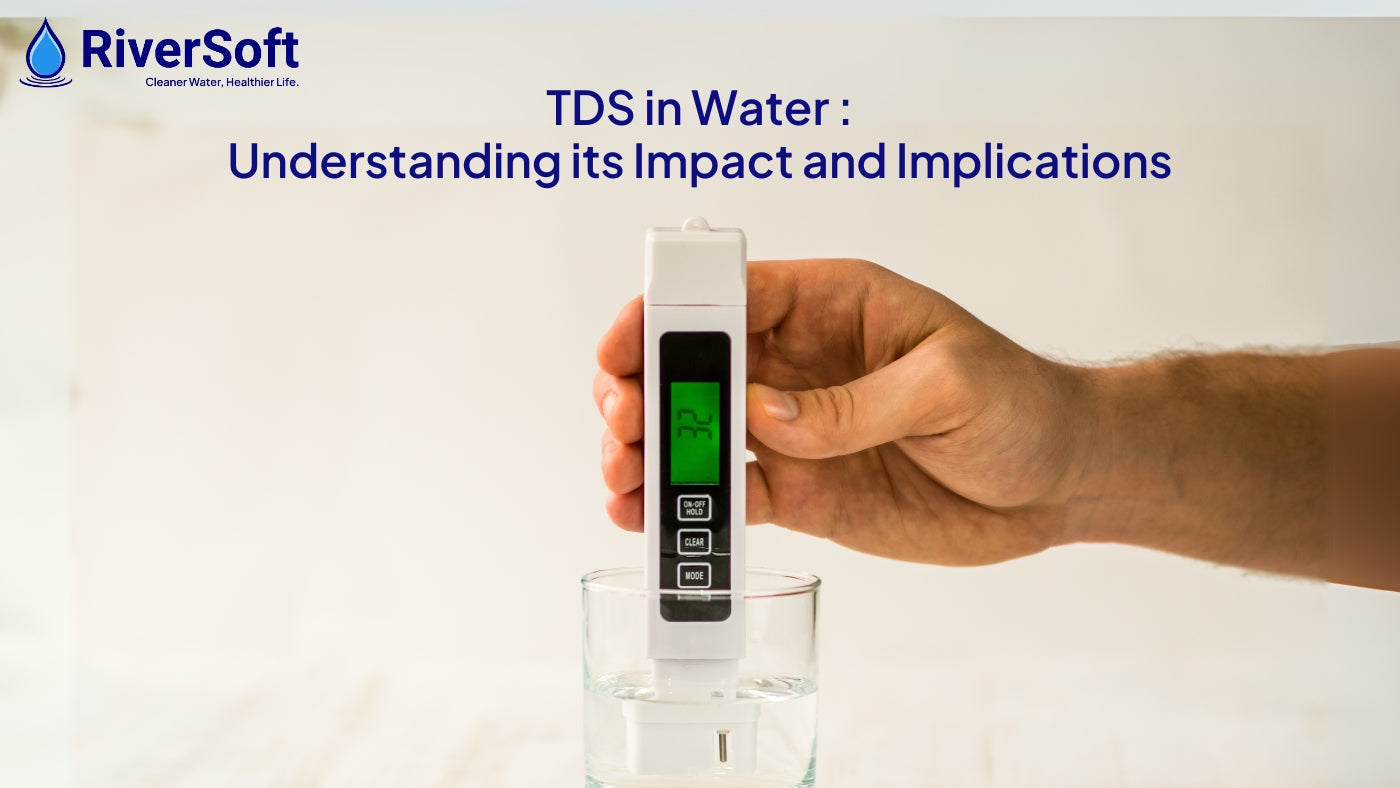
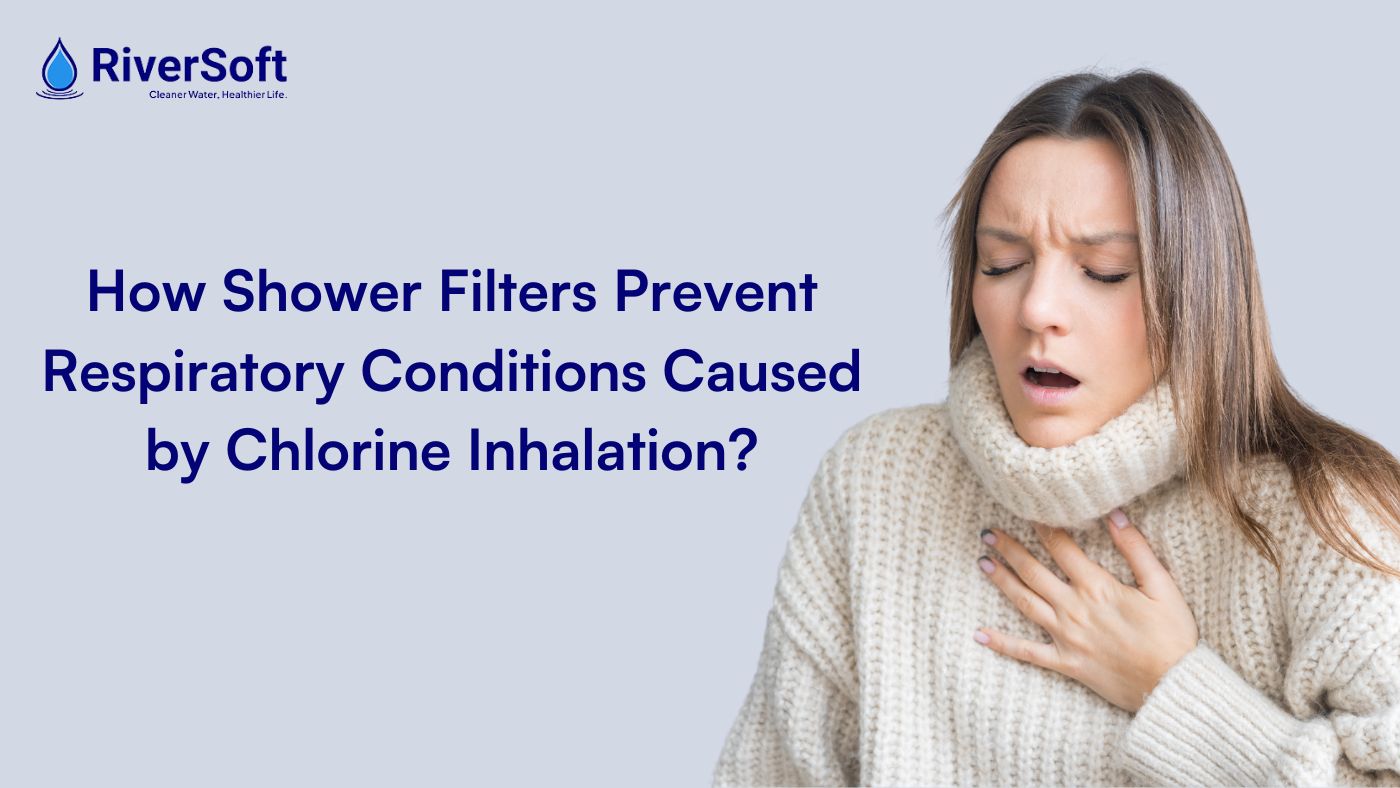


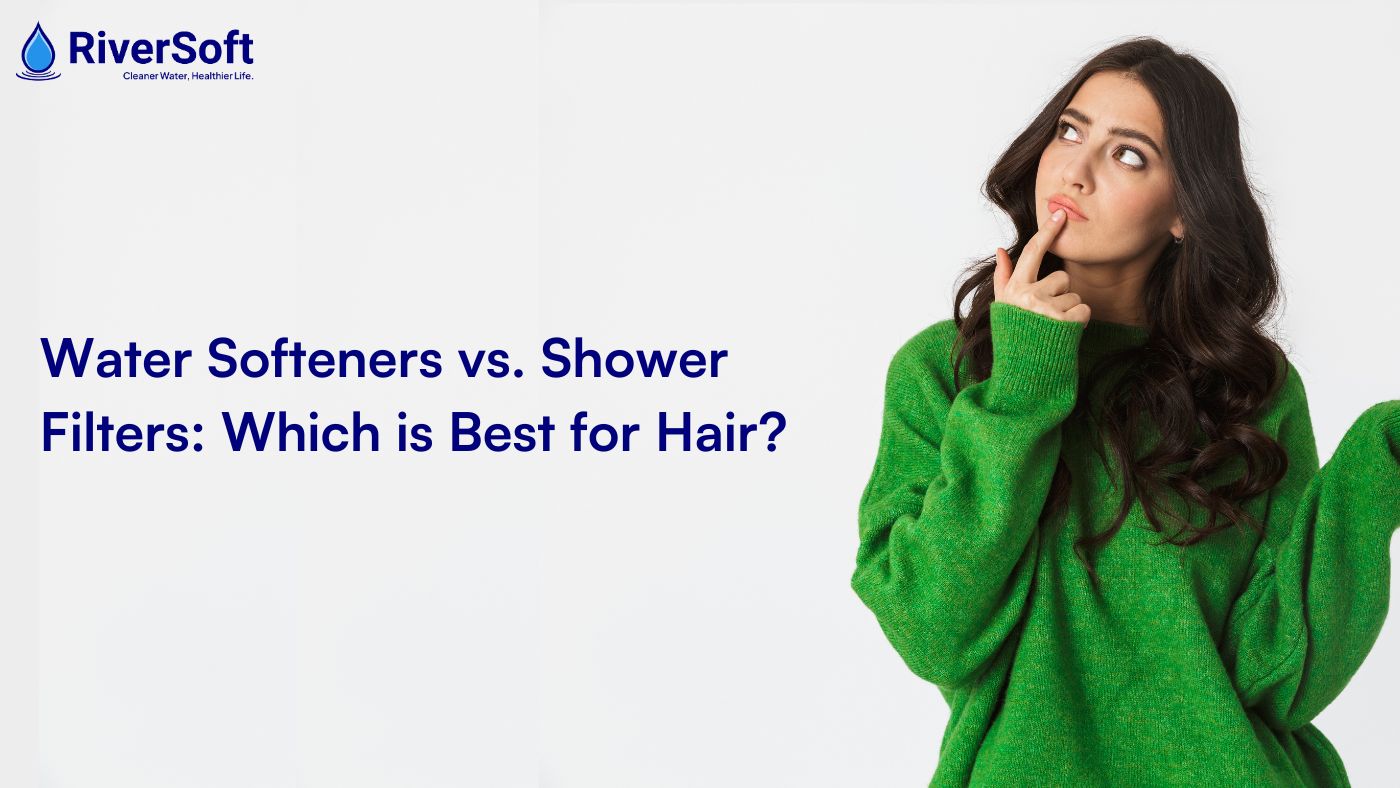
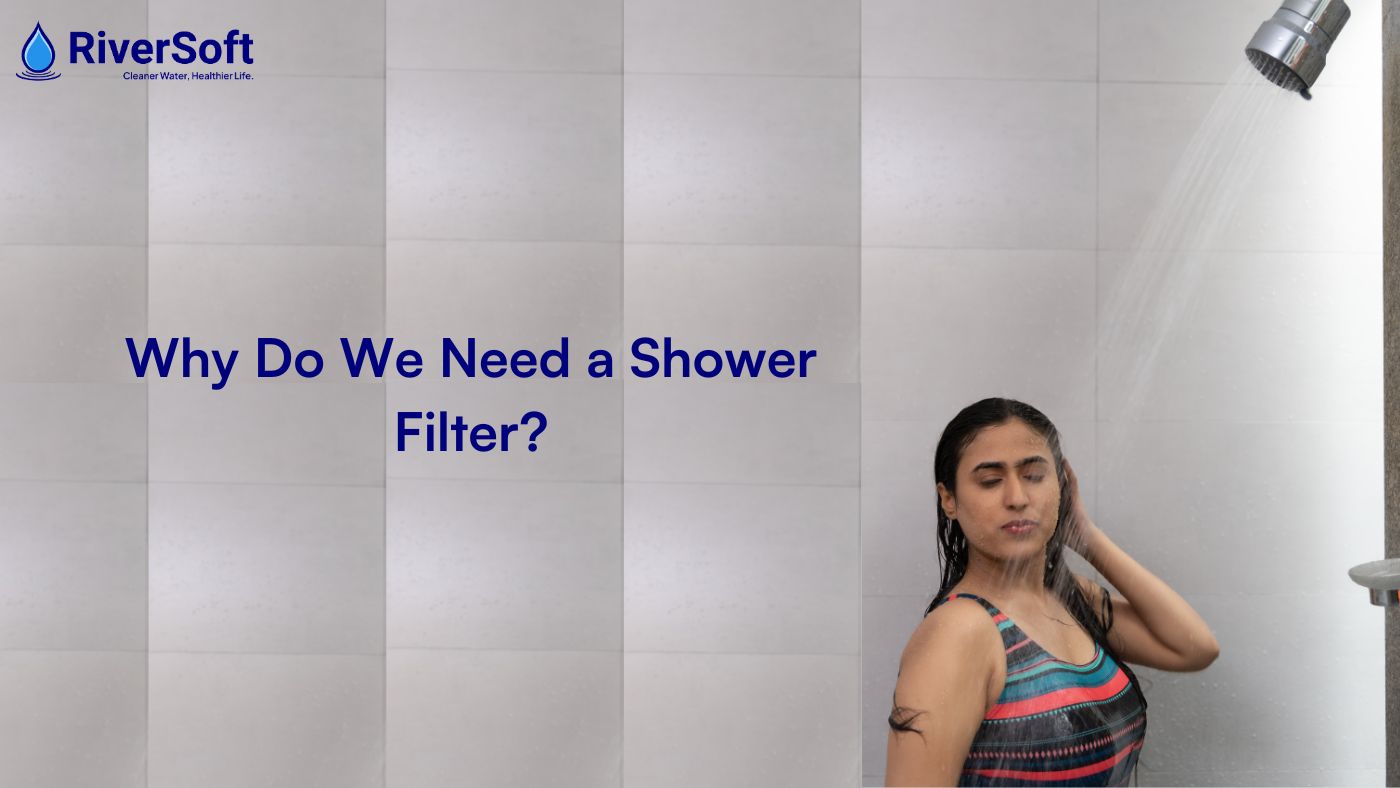







Ashutosh was inspired to solve water quality issues after witnessing the harmful effects of hard water on his family’s health and home. Recognizing the widespread impact of poor water quality, he committed to creating innovative solutions that ensure safe and clean water for everyone. He is an alumnus of IIT Delhi and IIM Ahmedabad, bringing a strong technical and managerial background to RiverSoft.